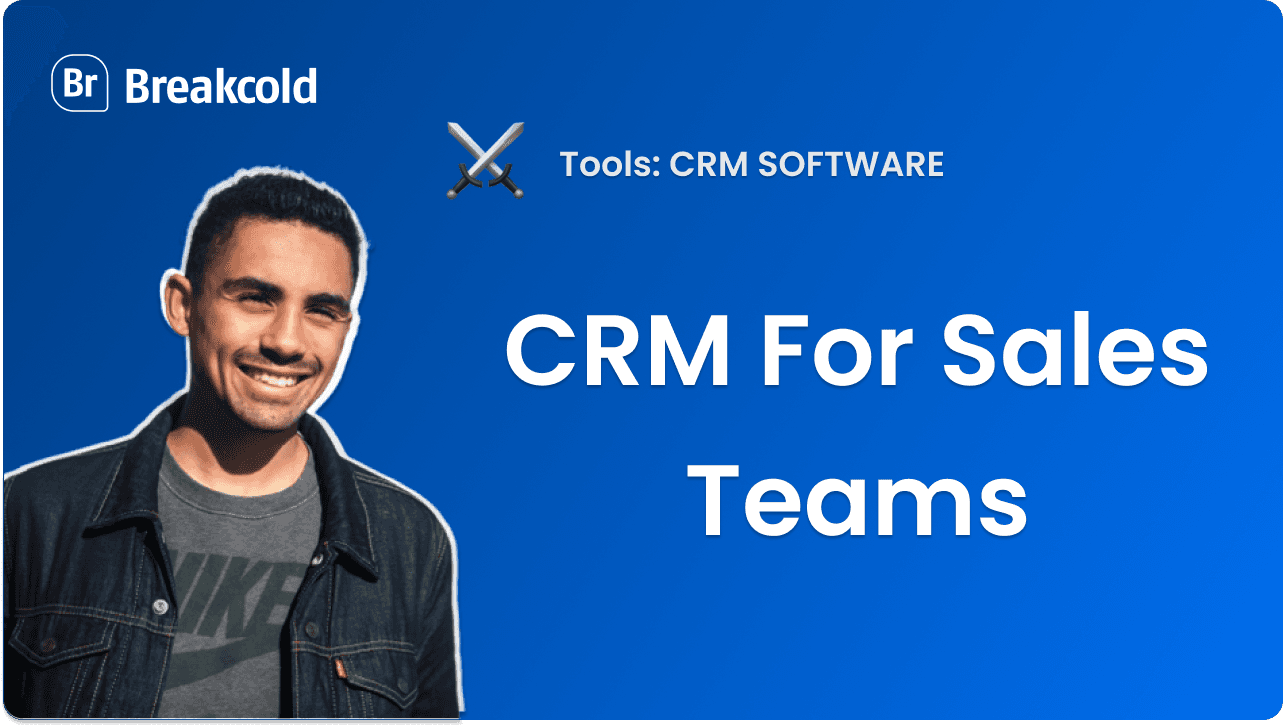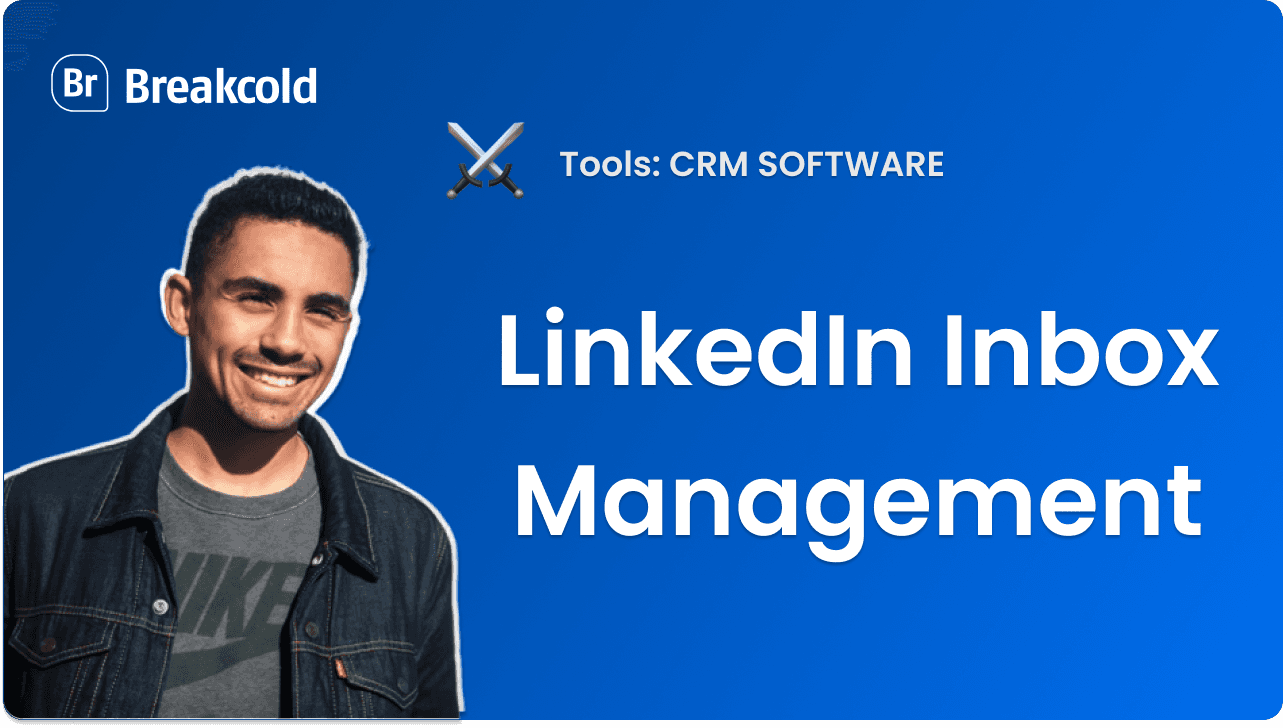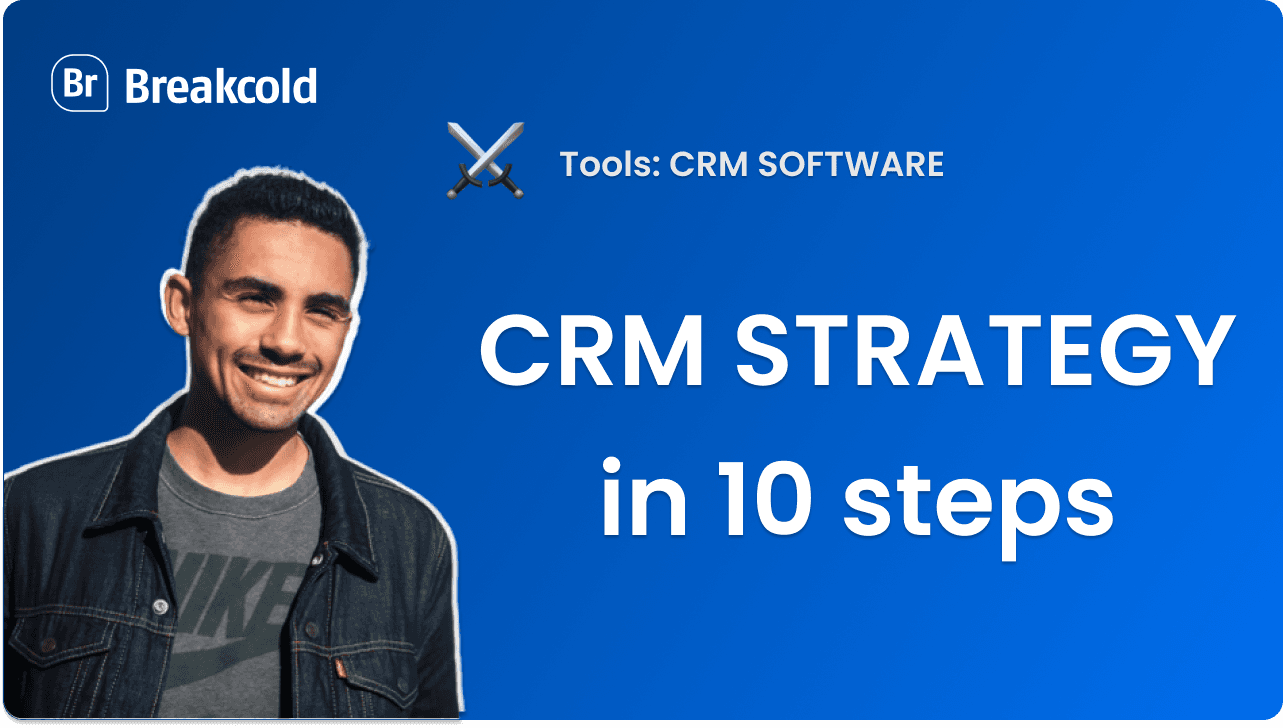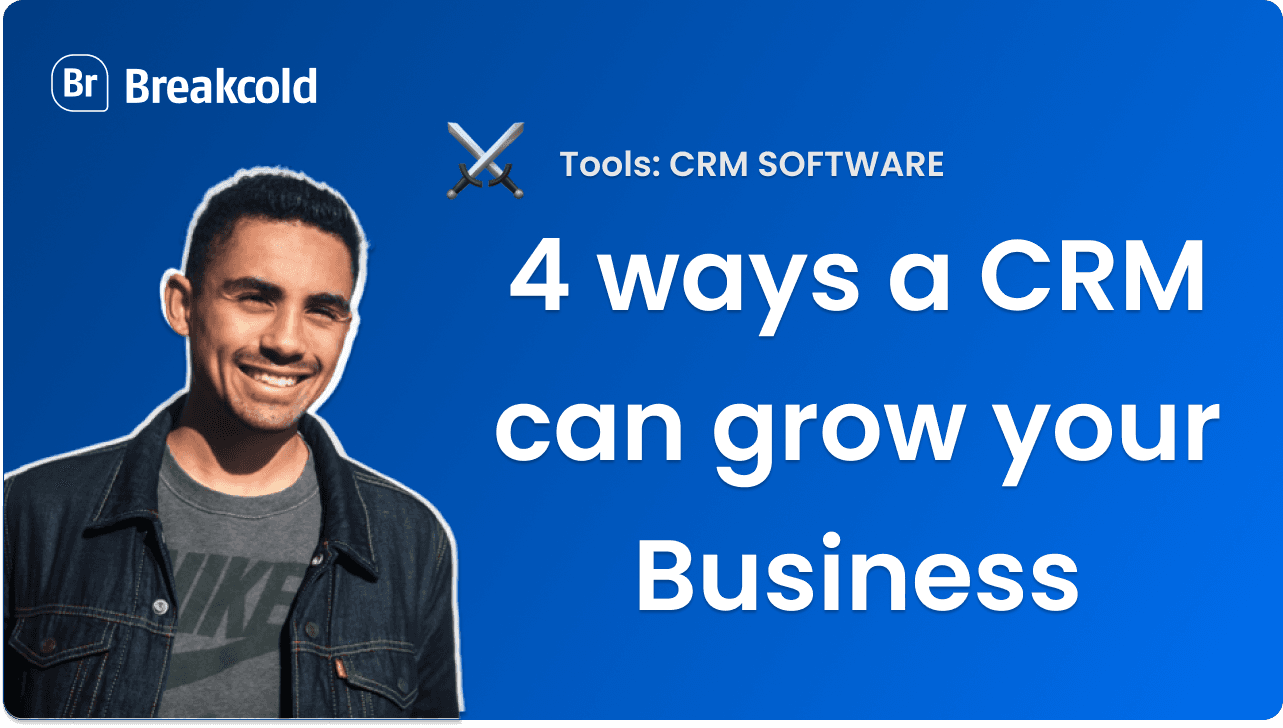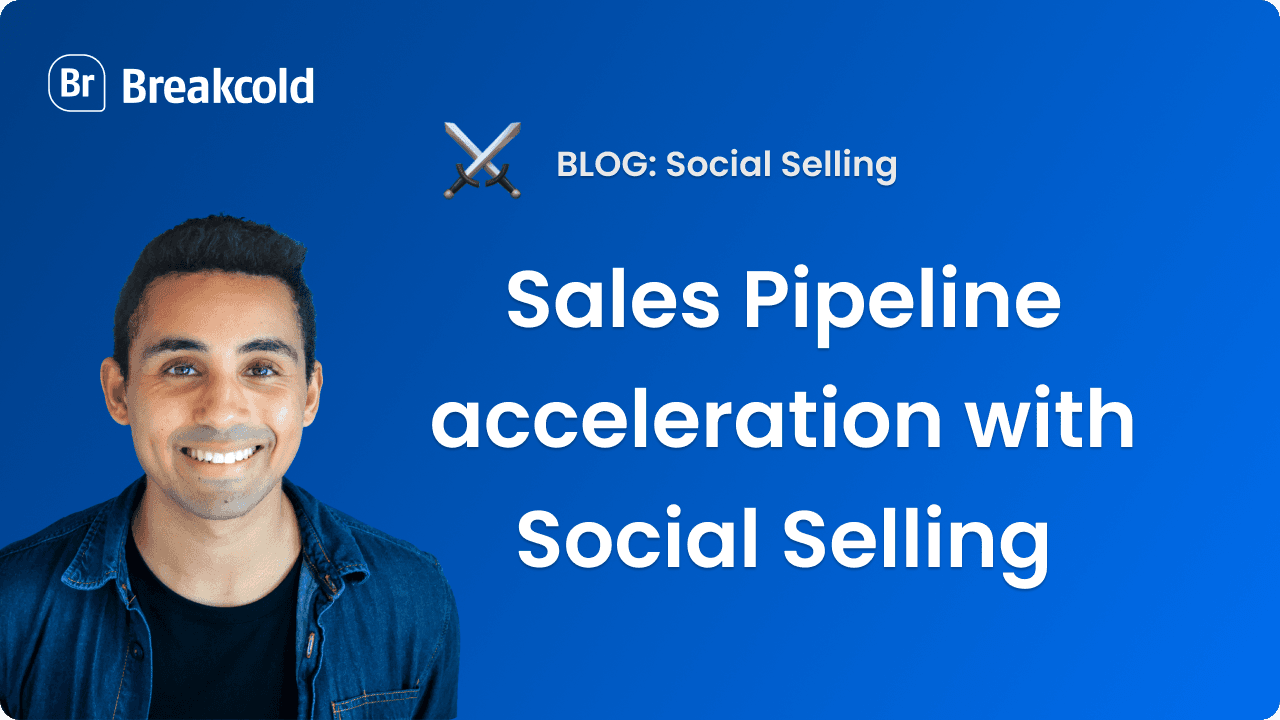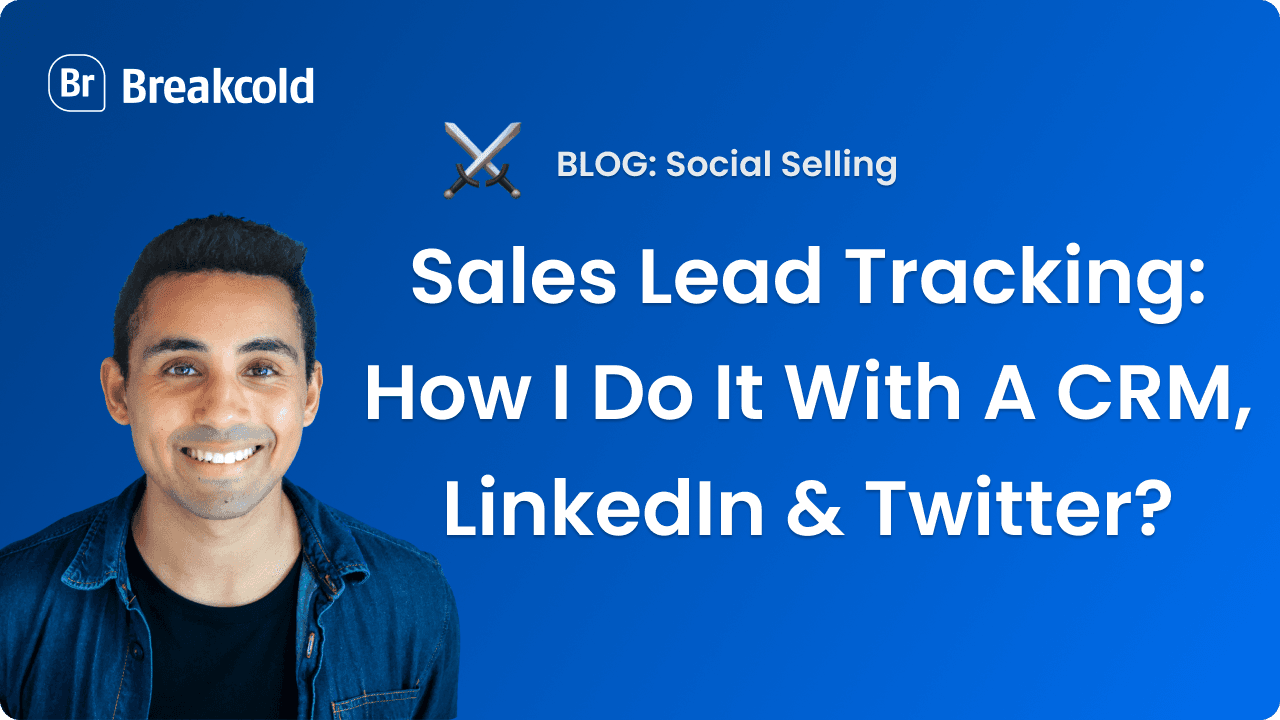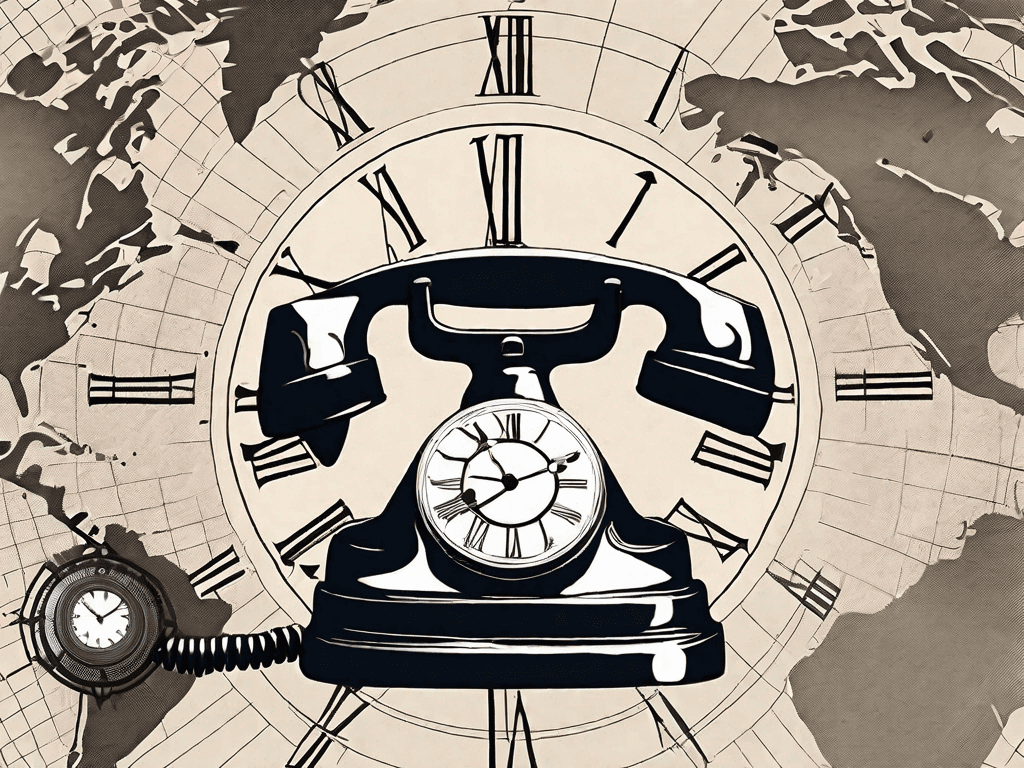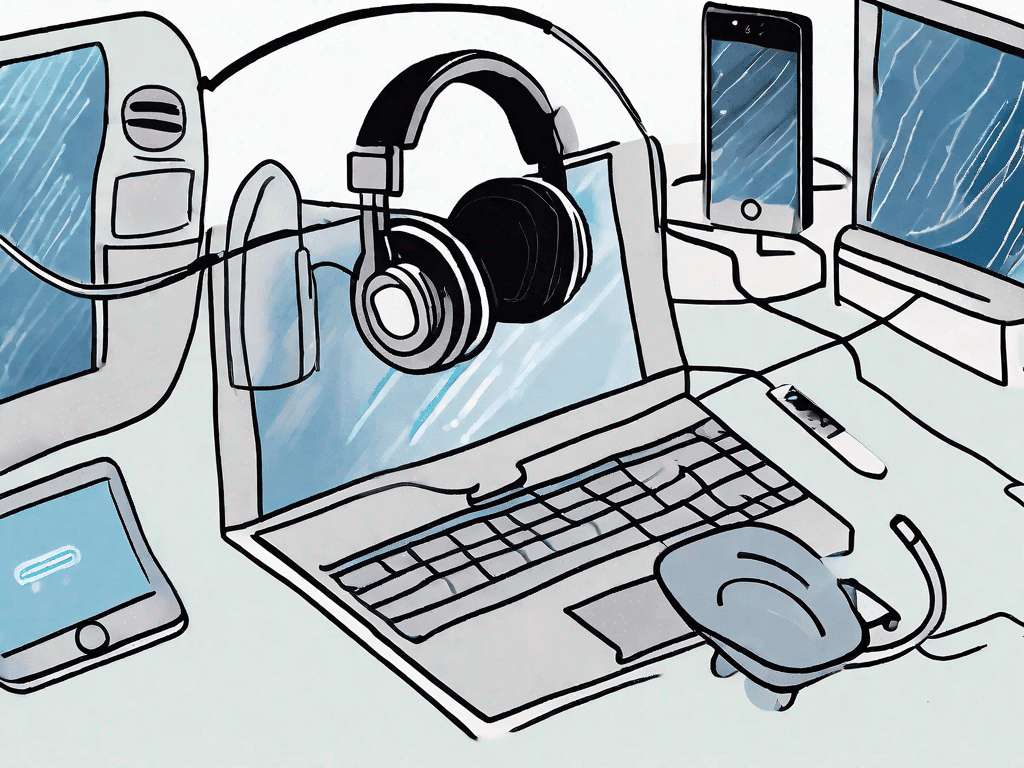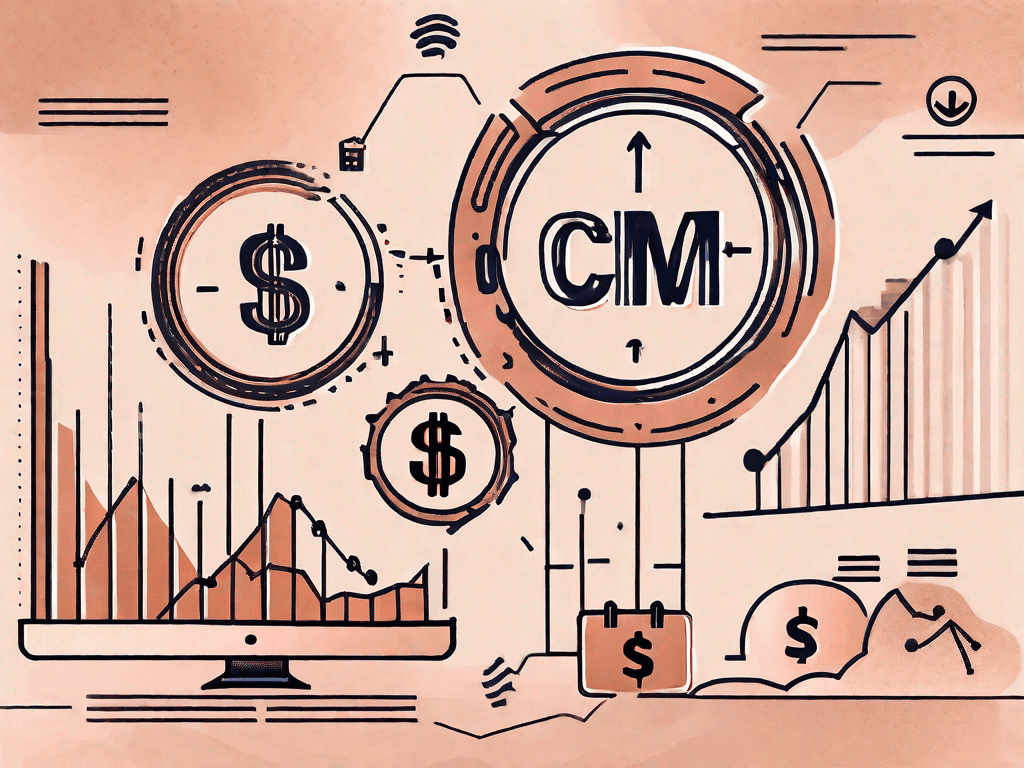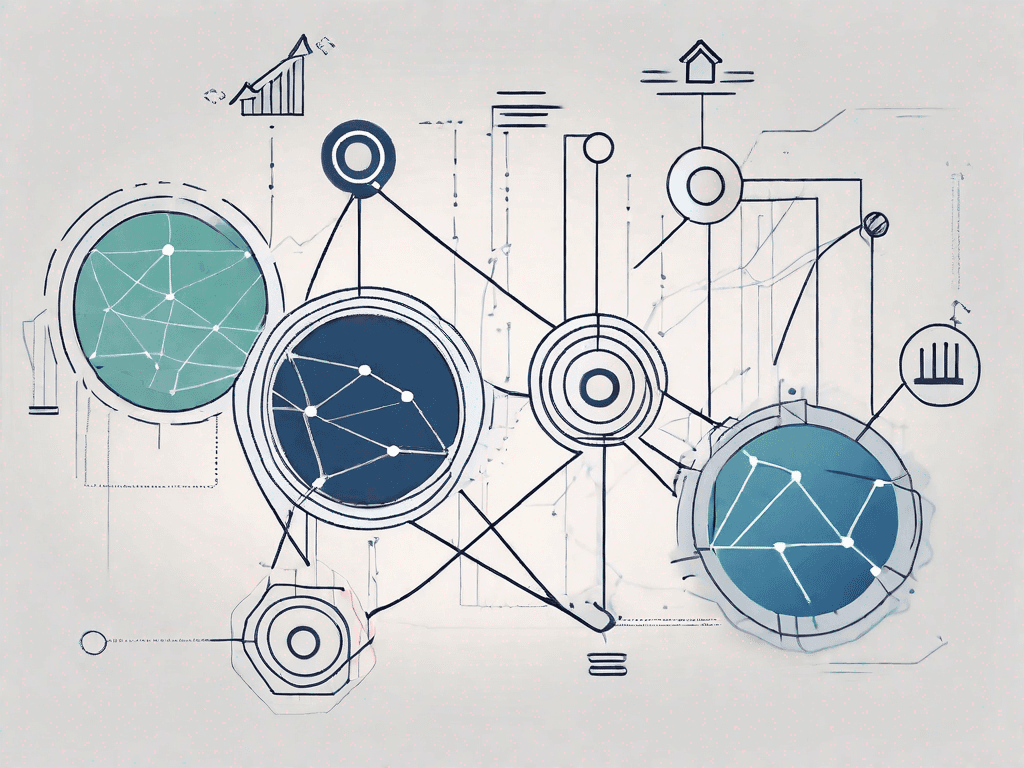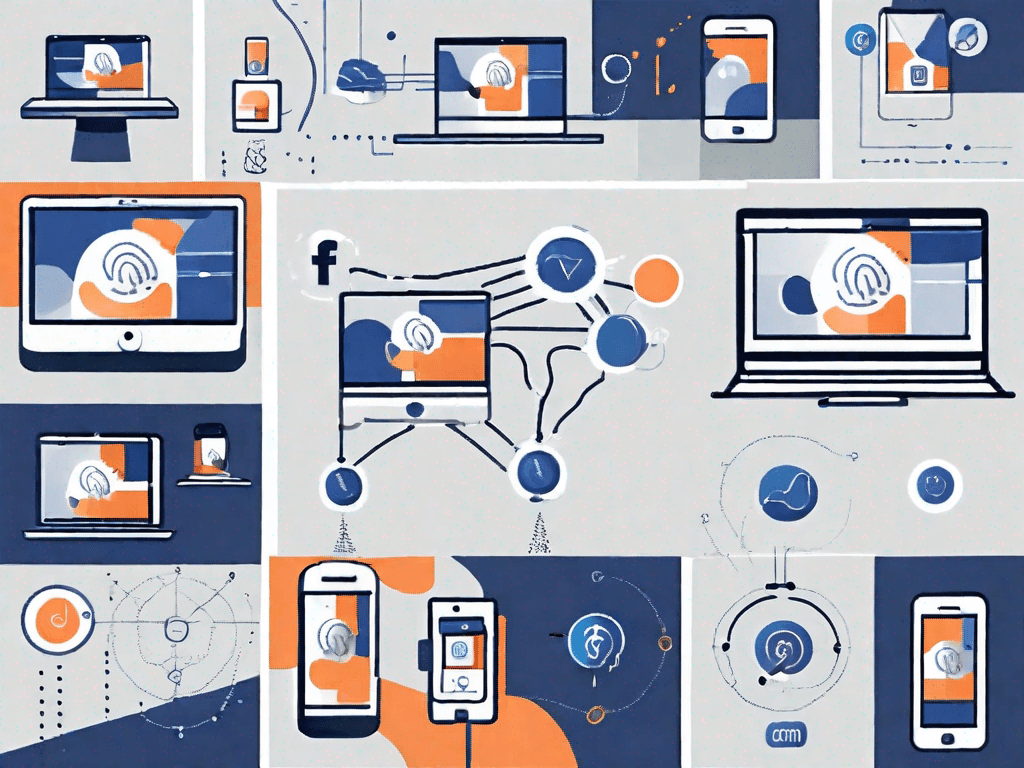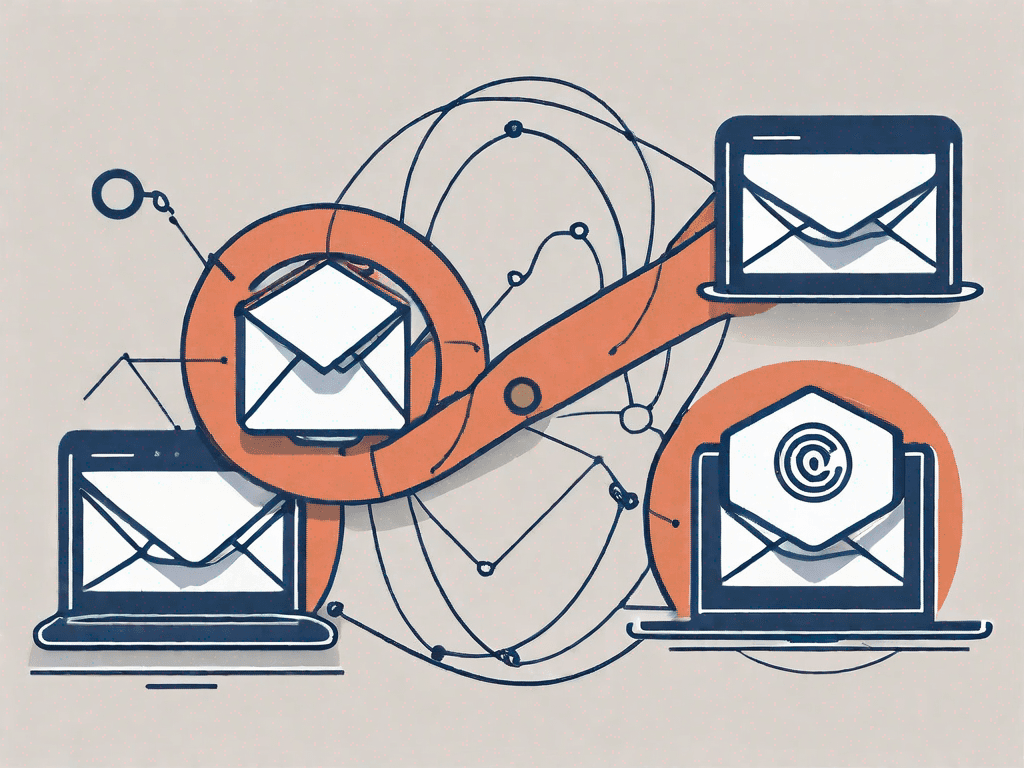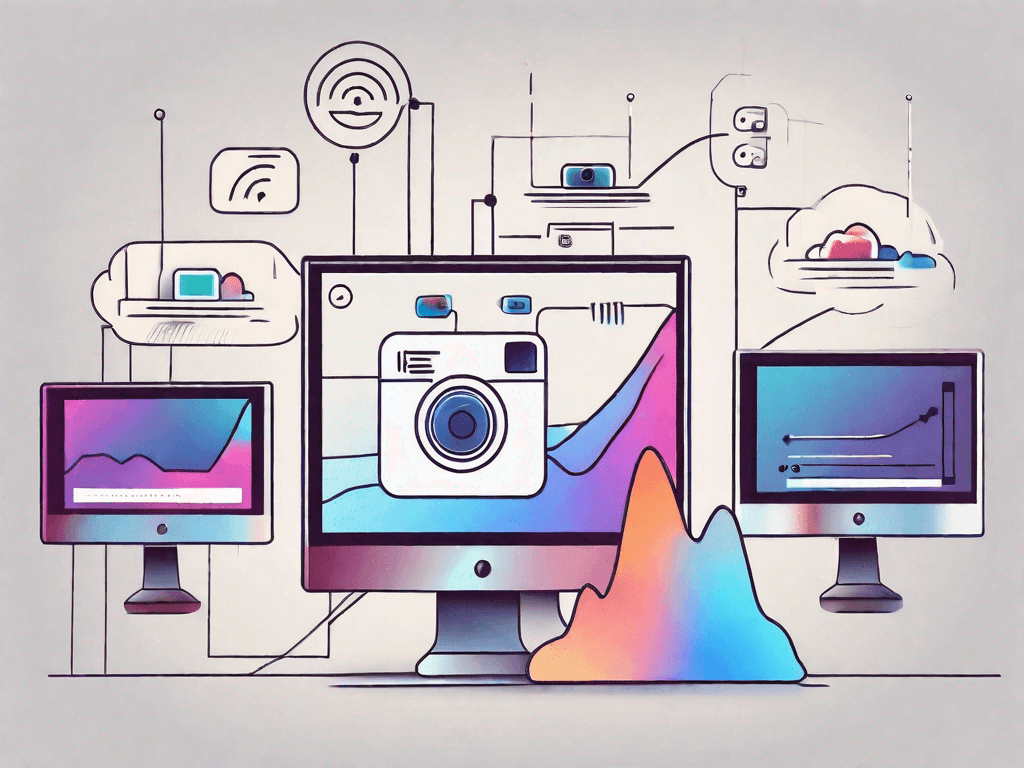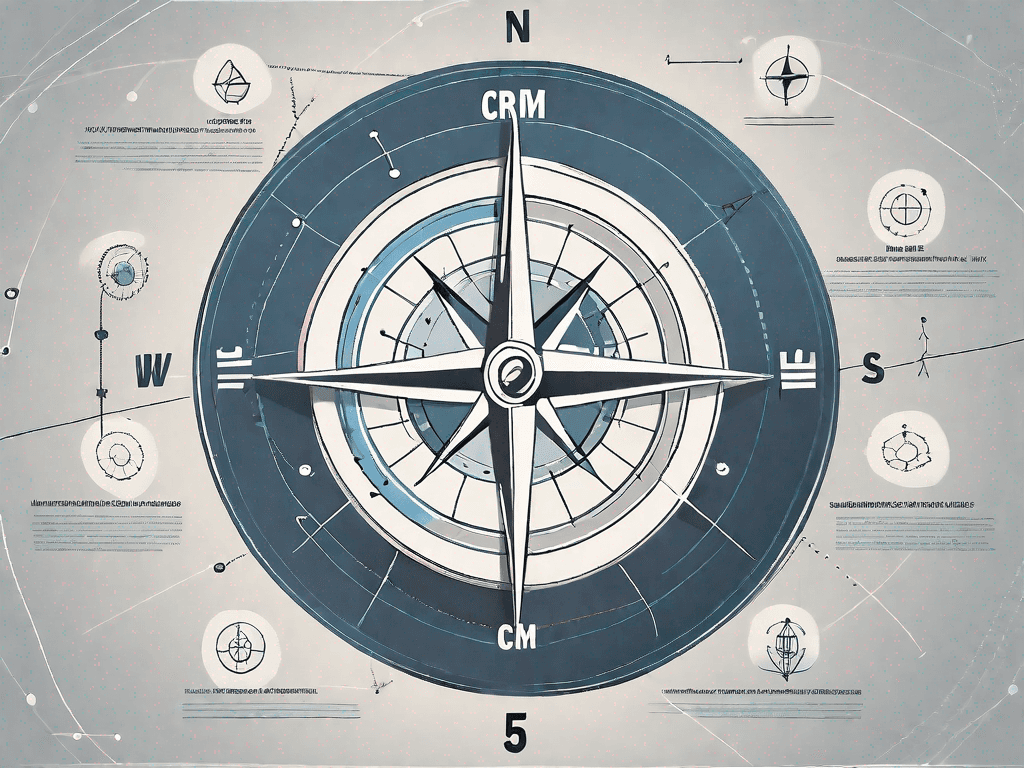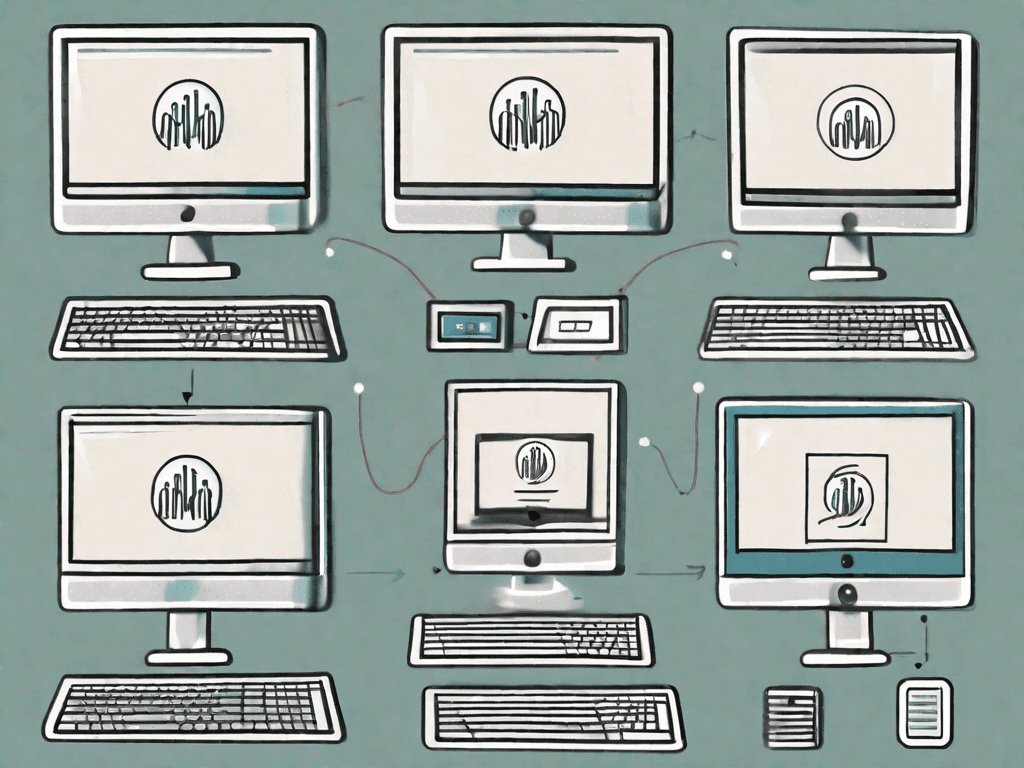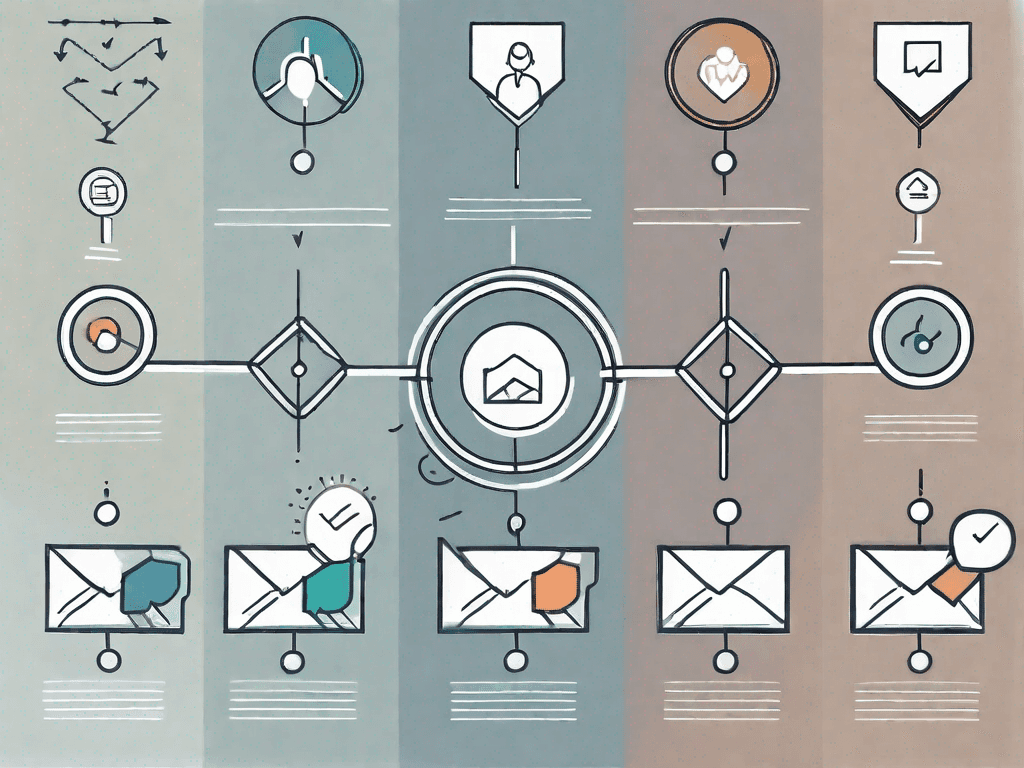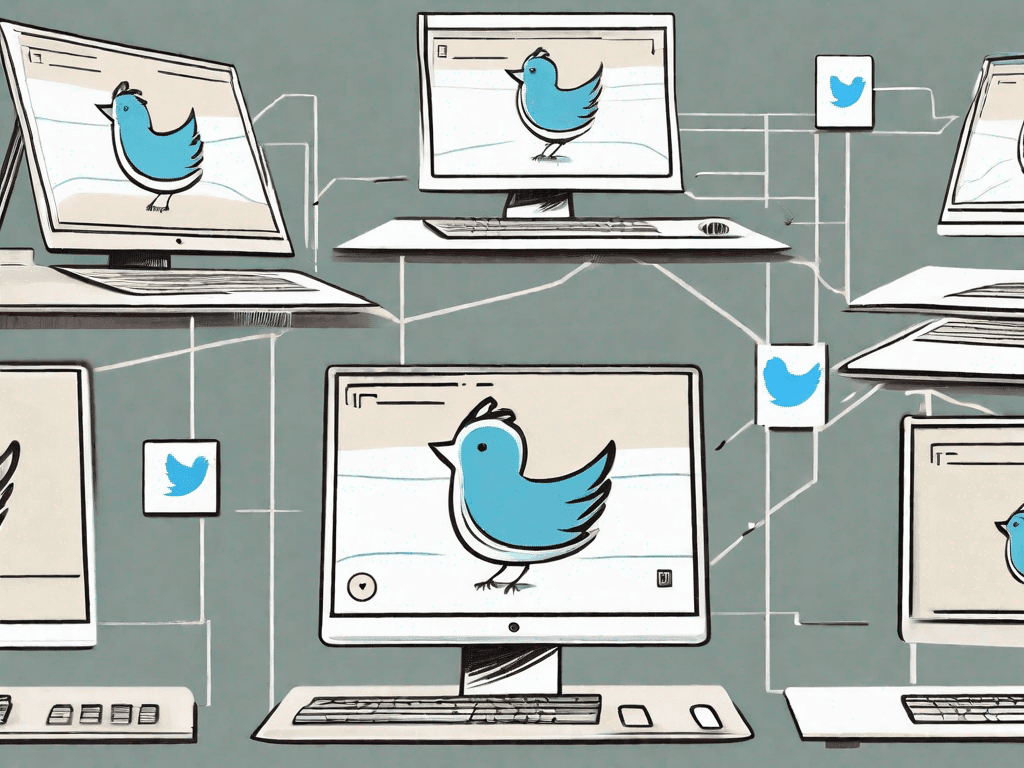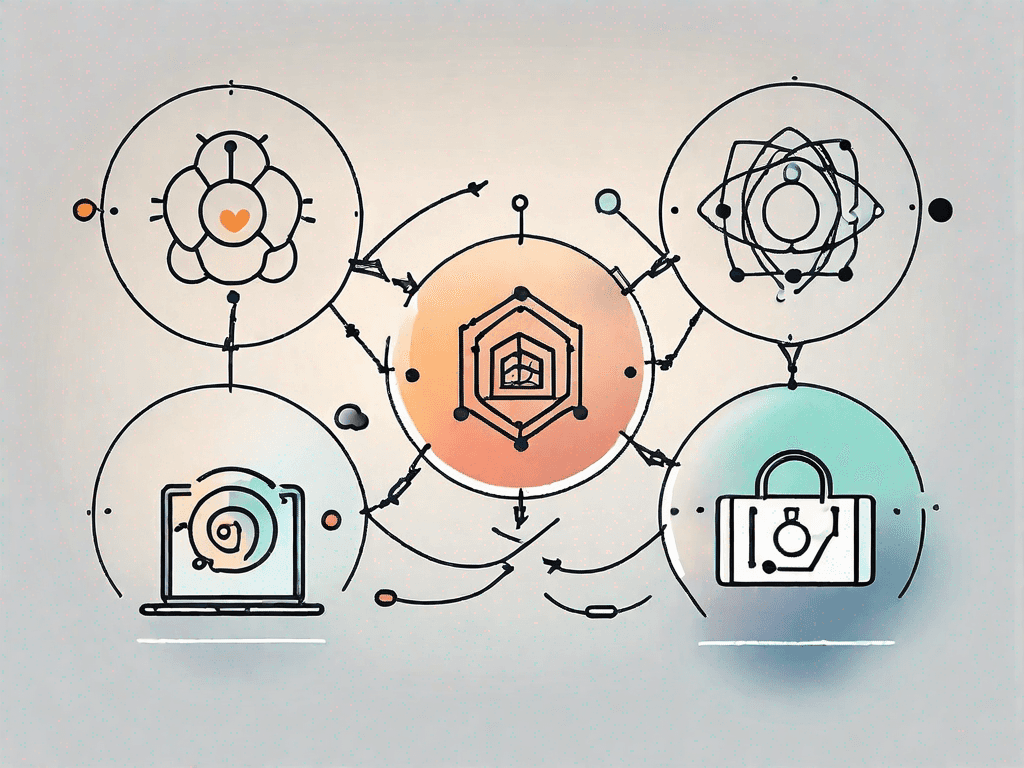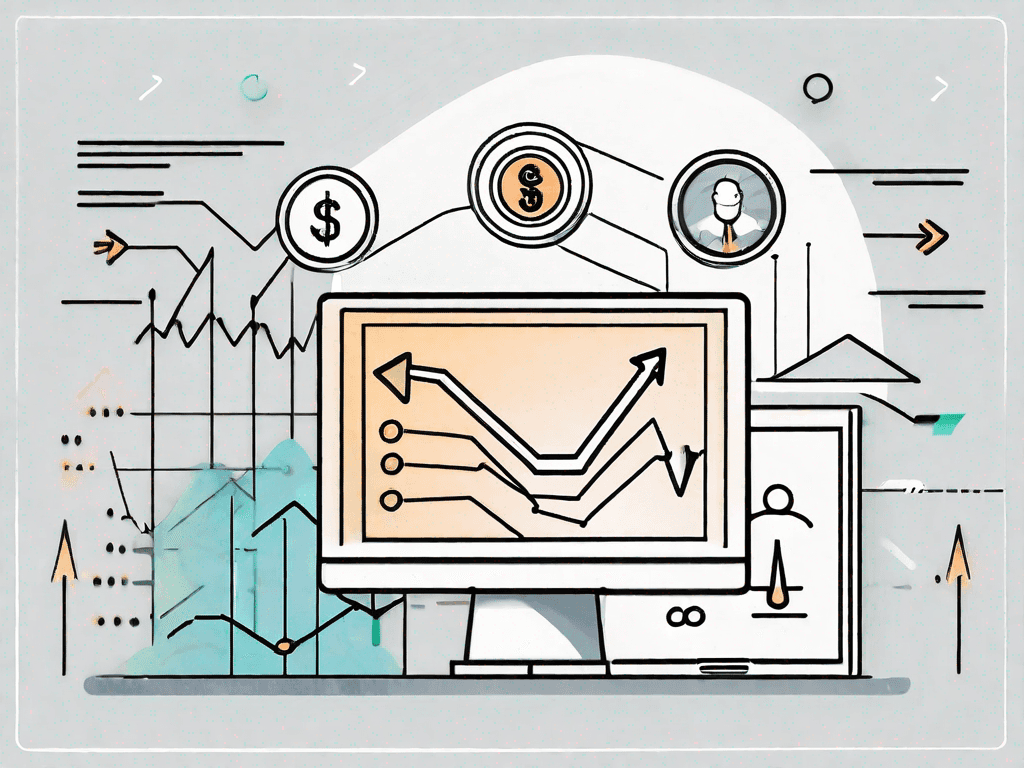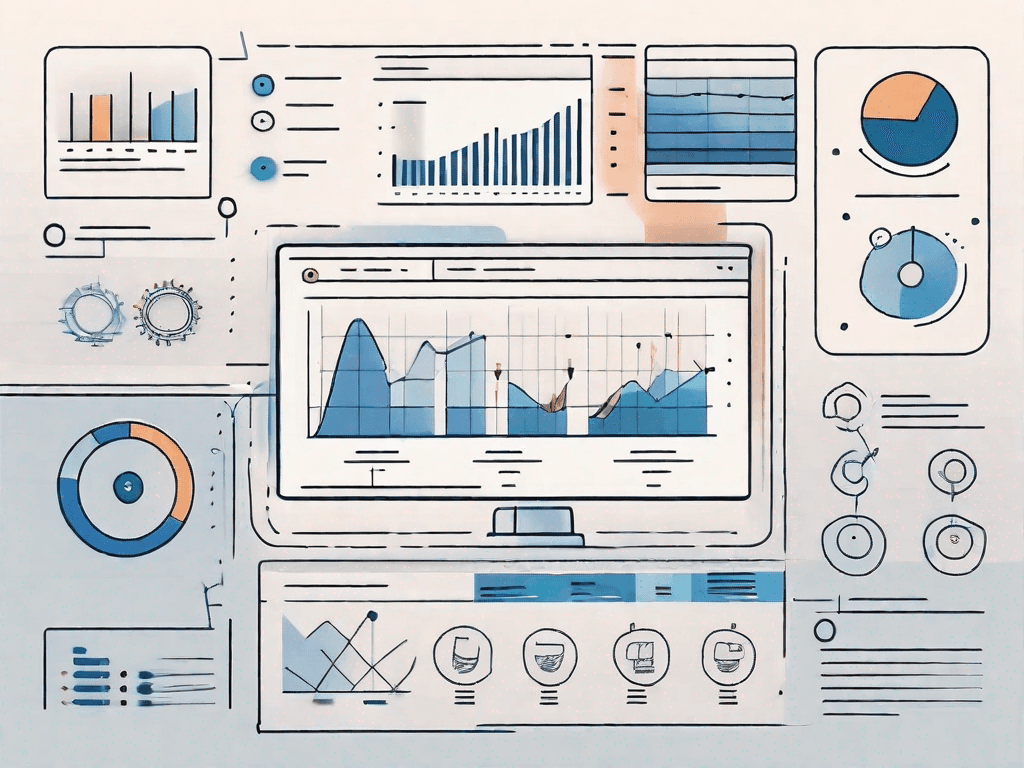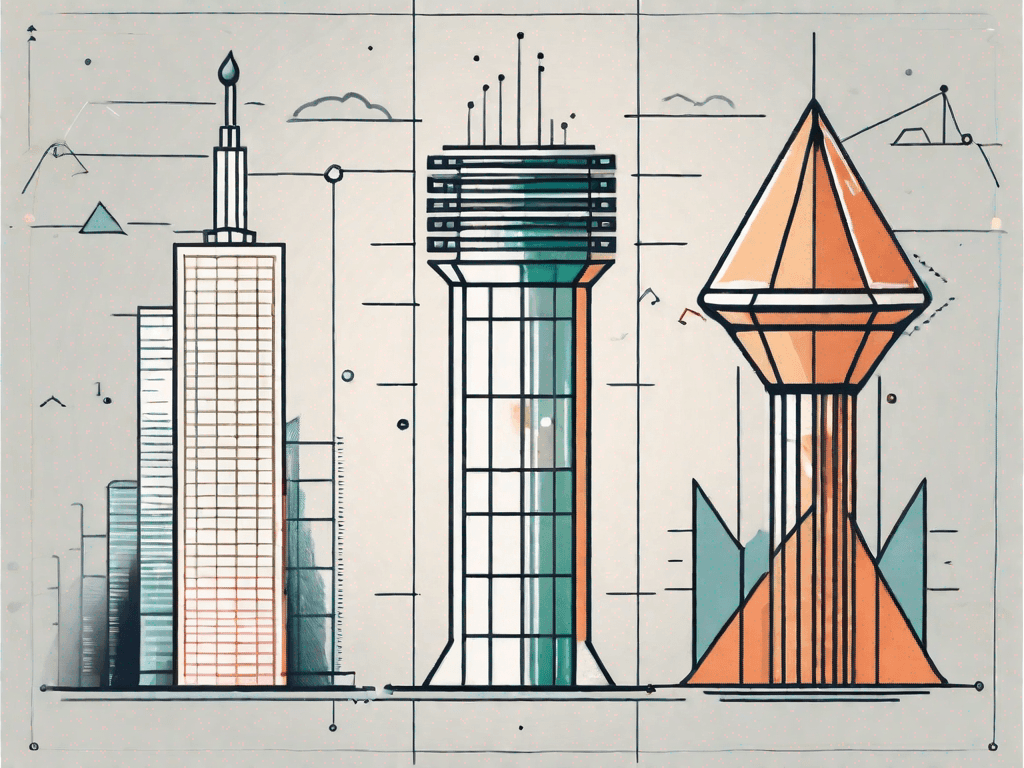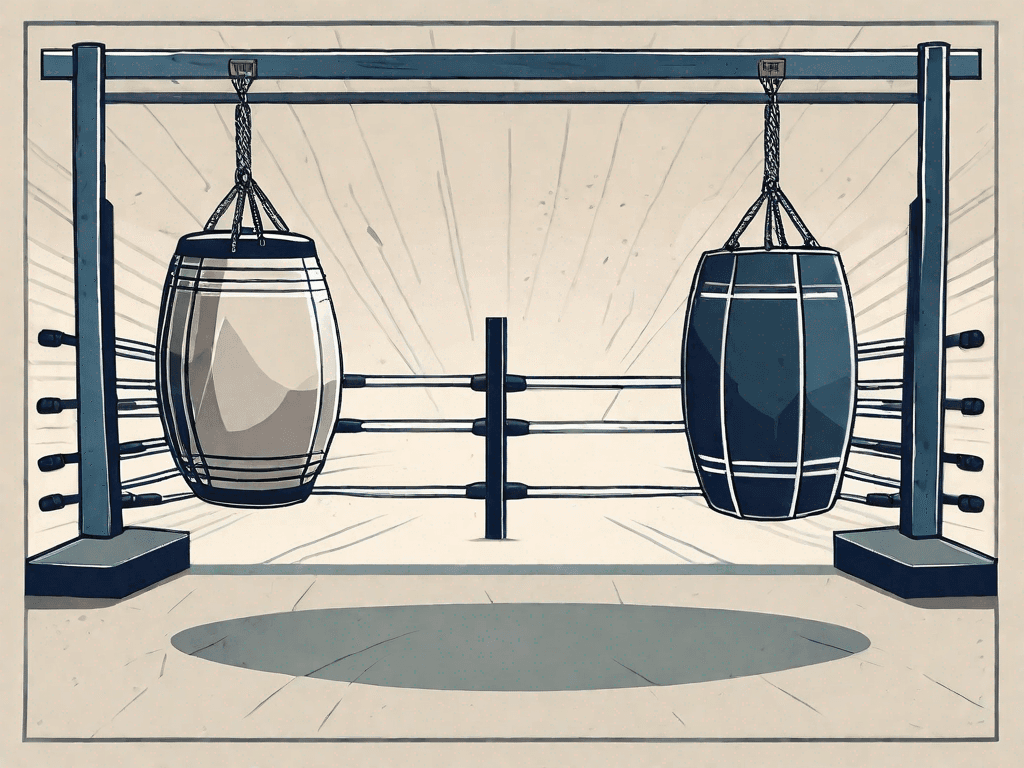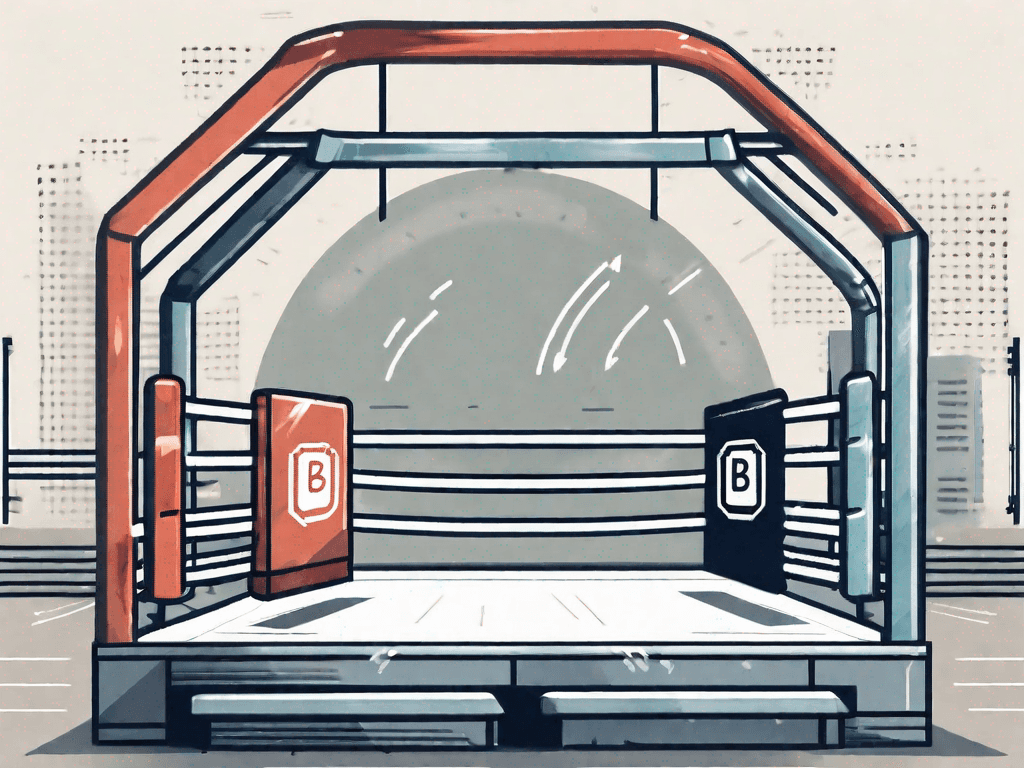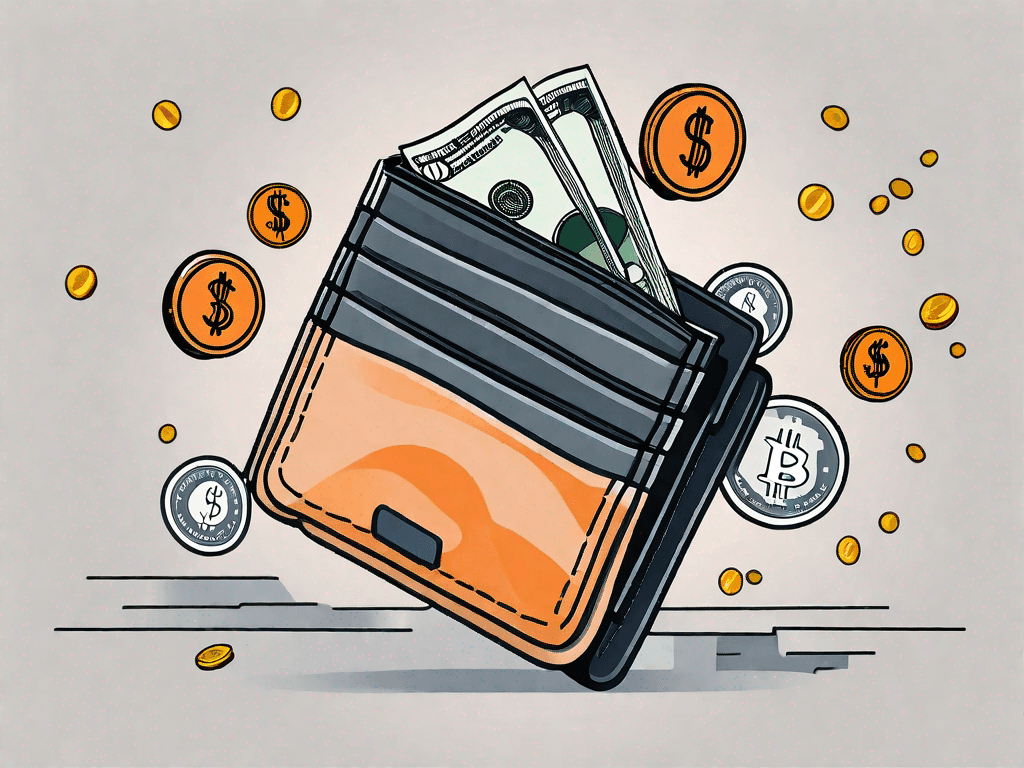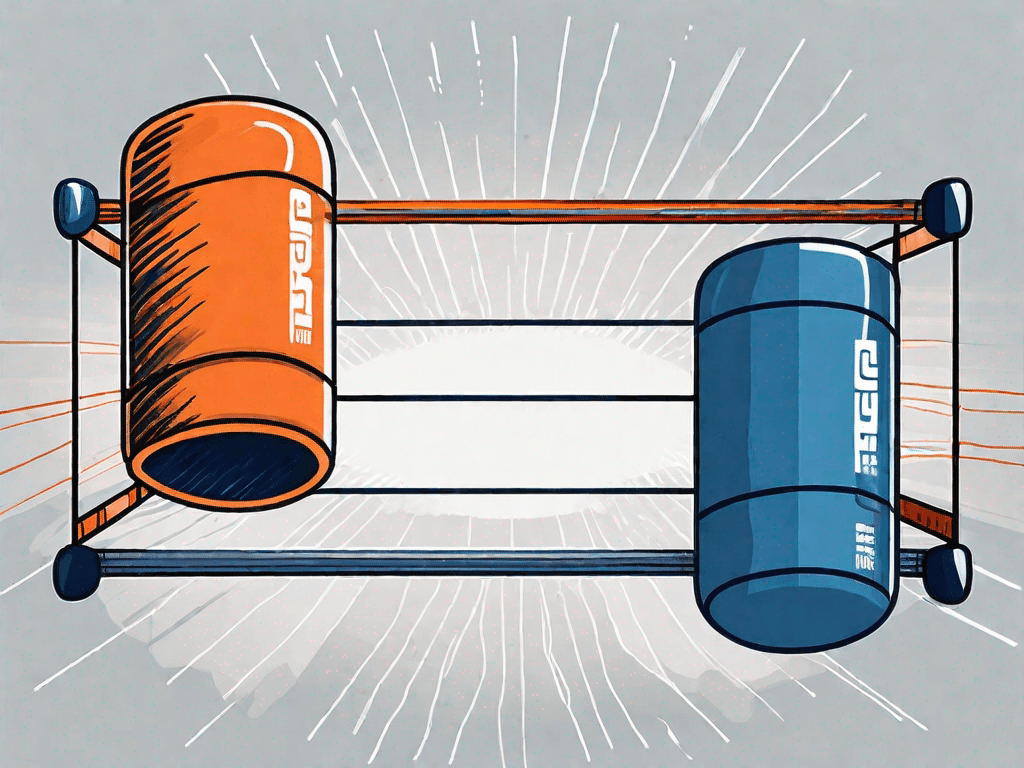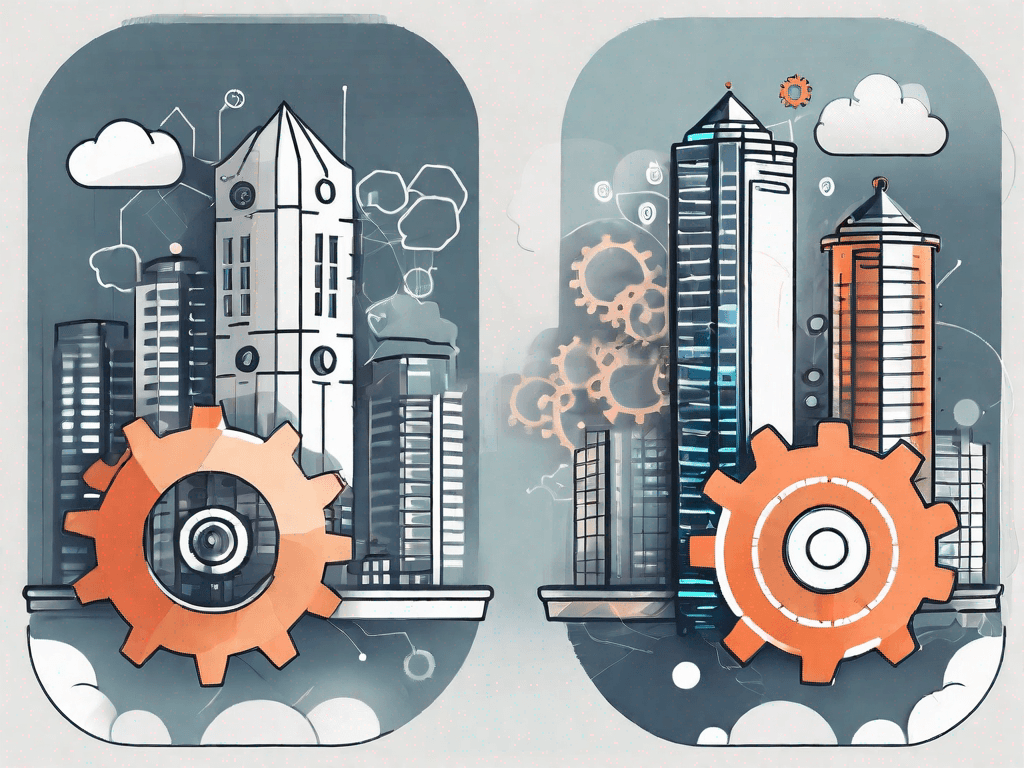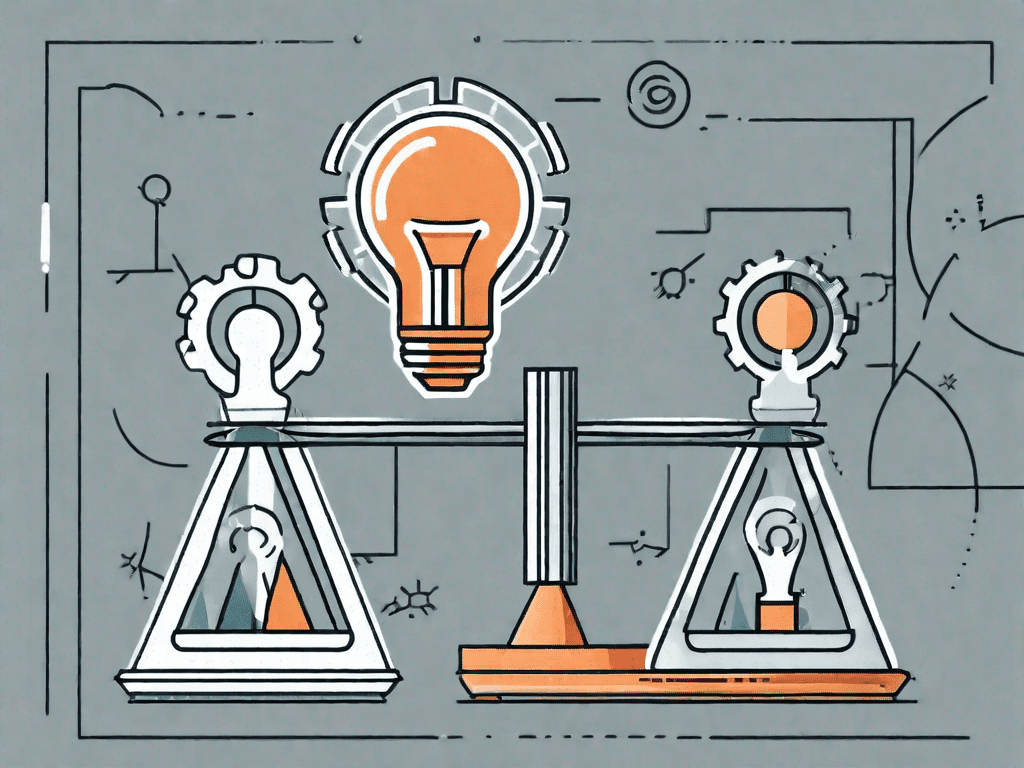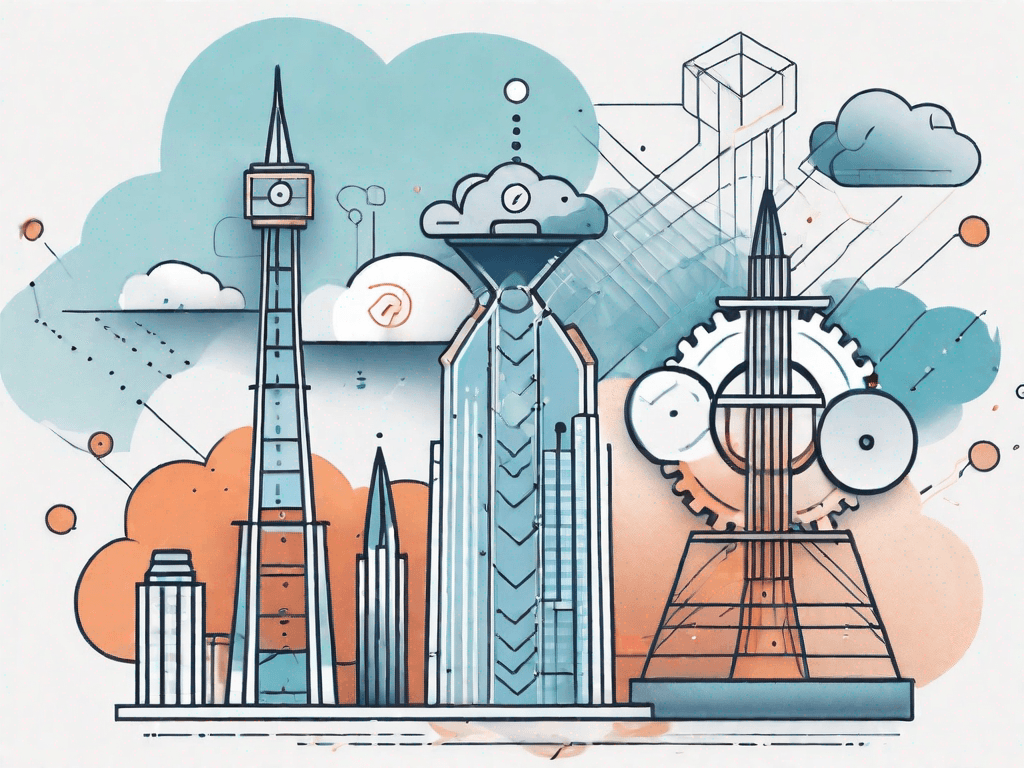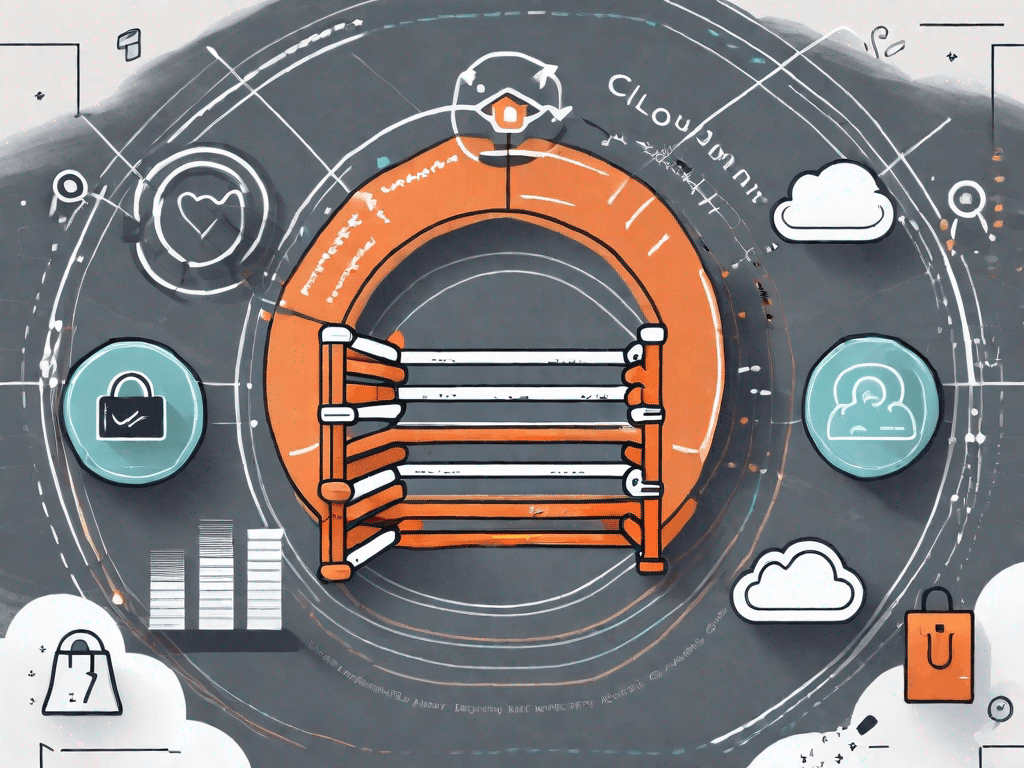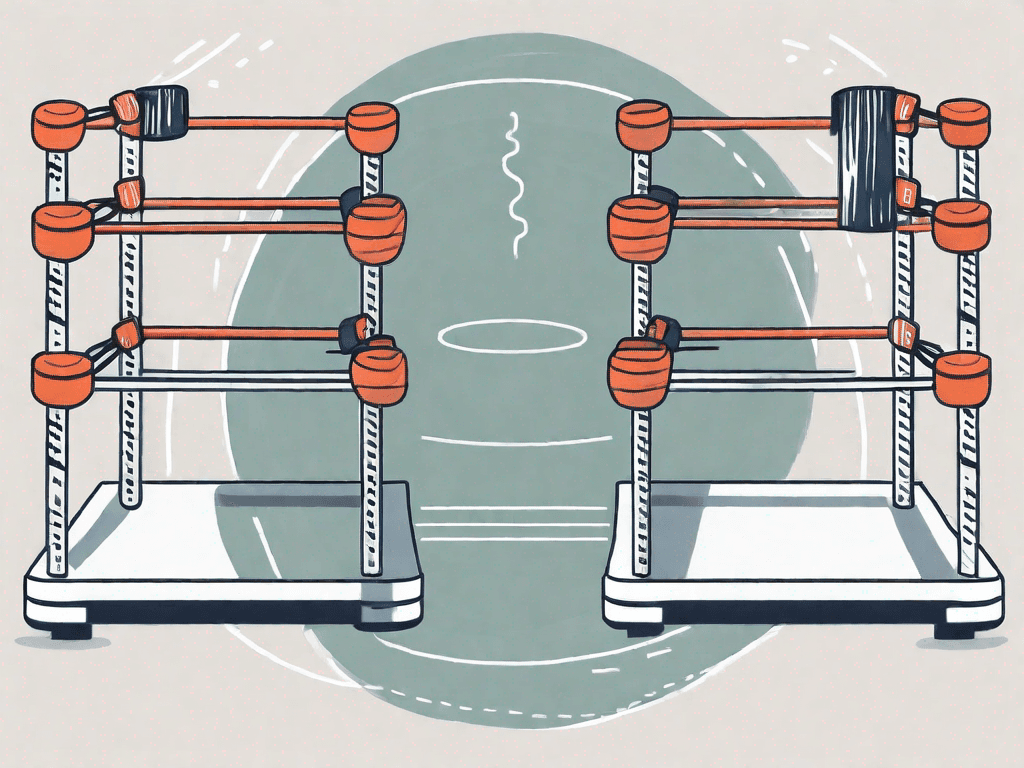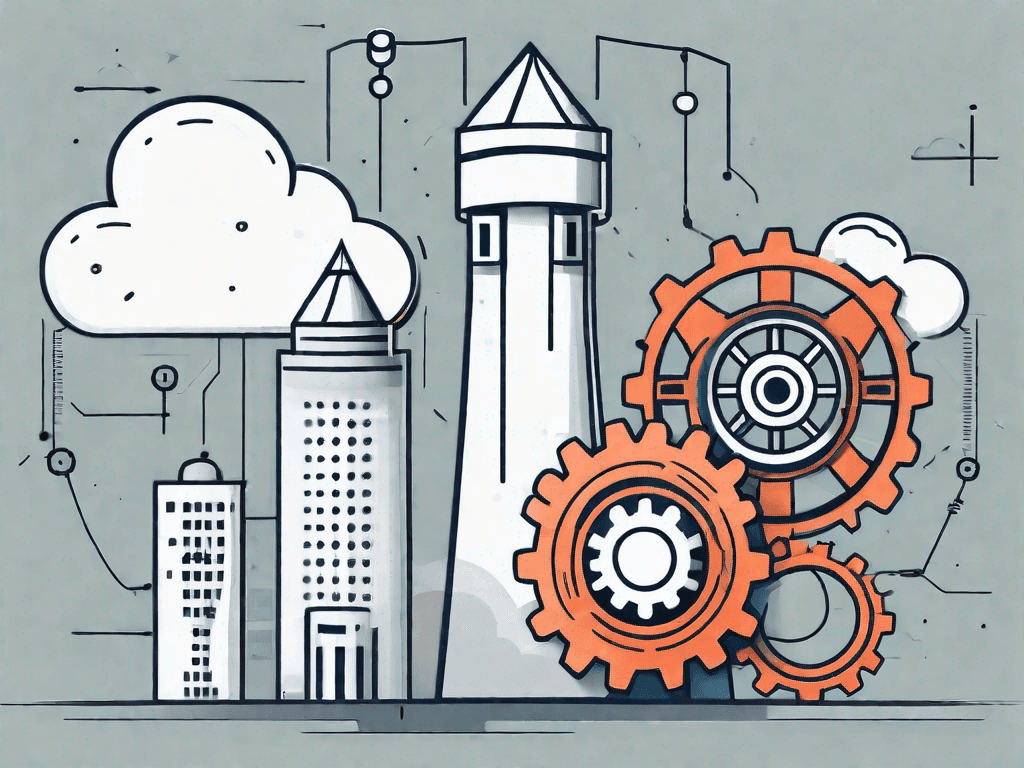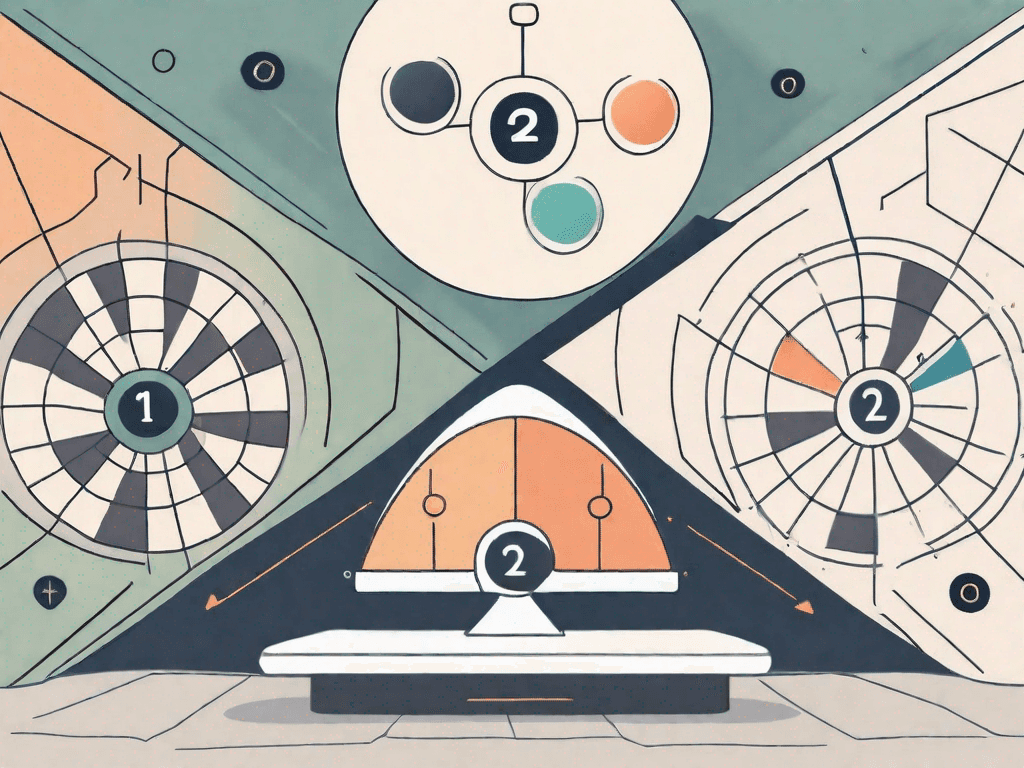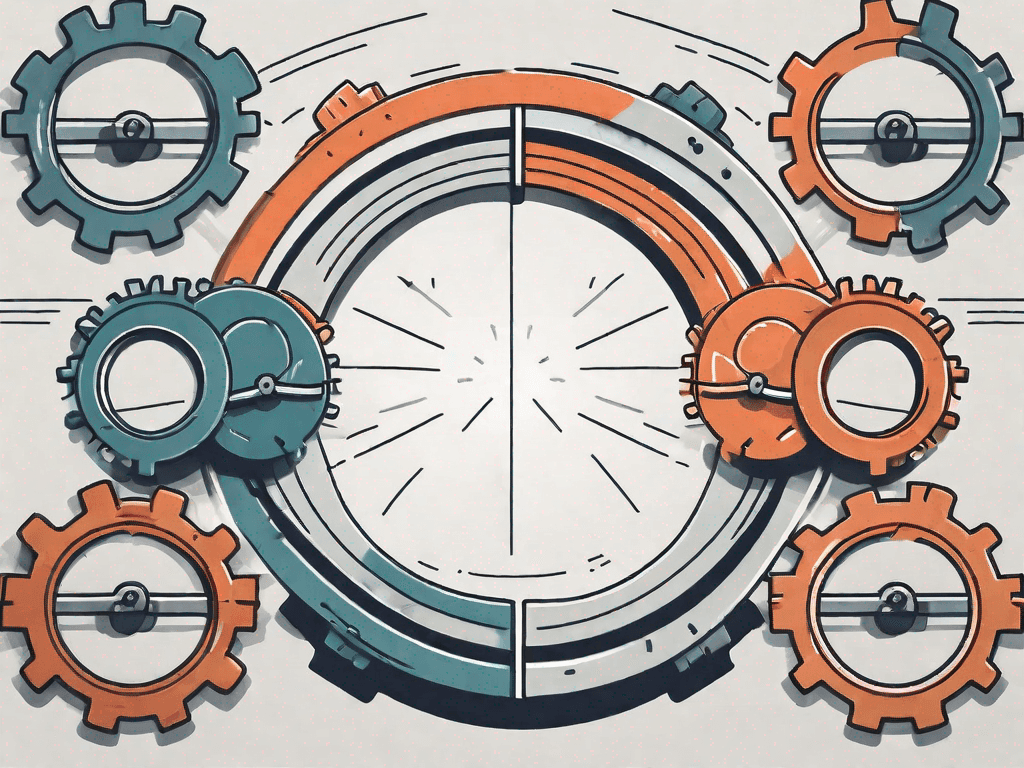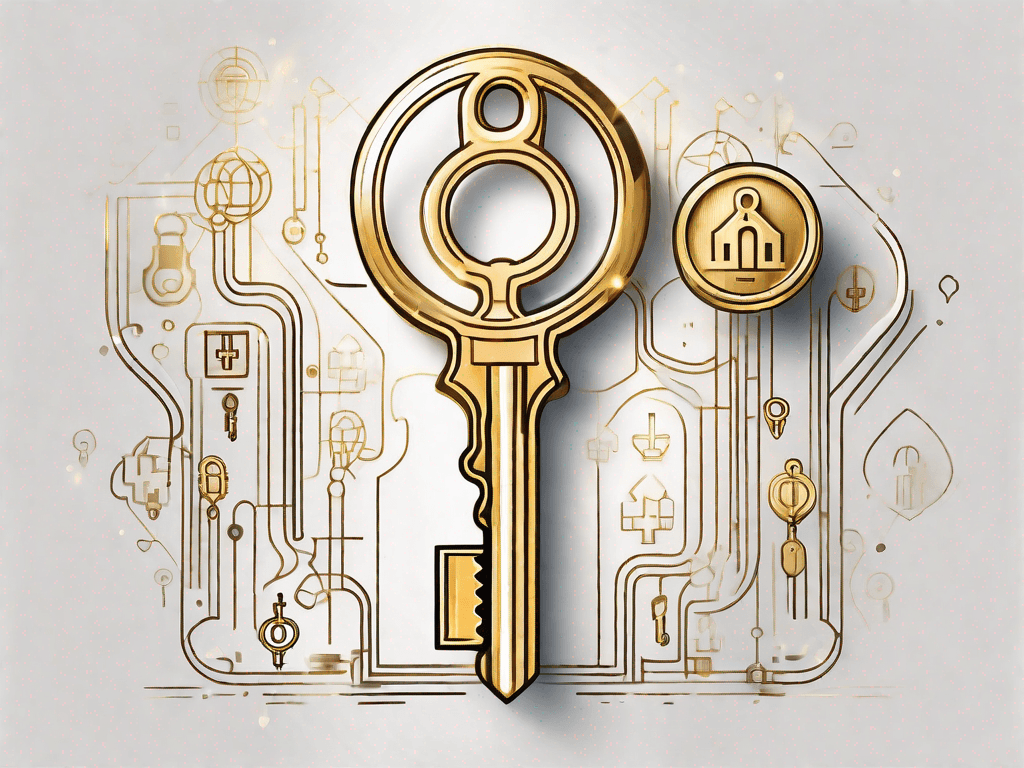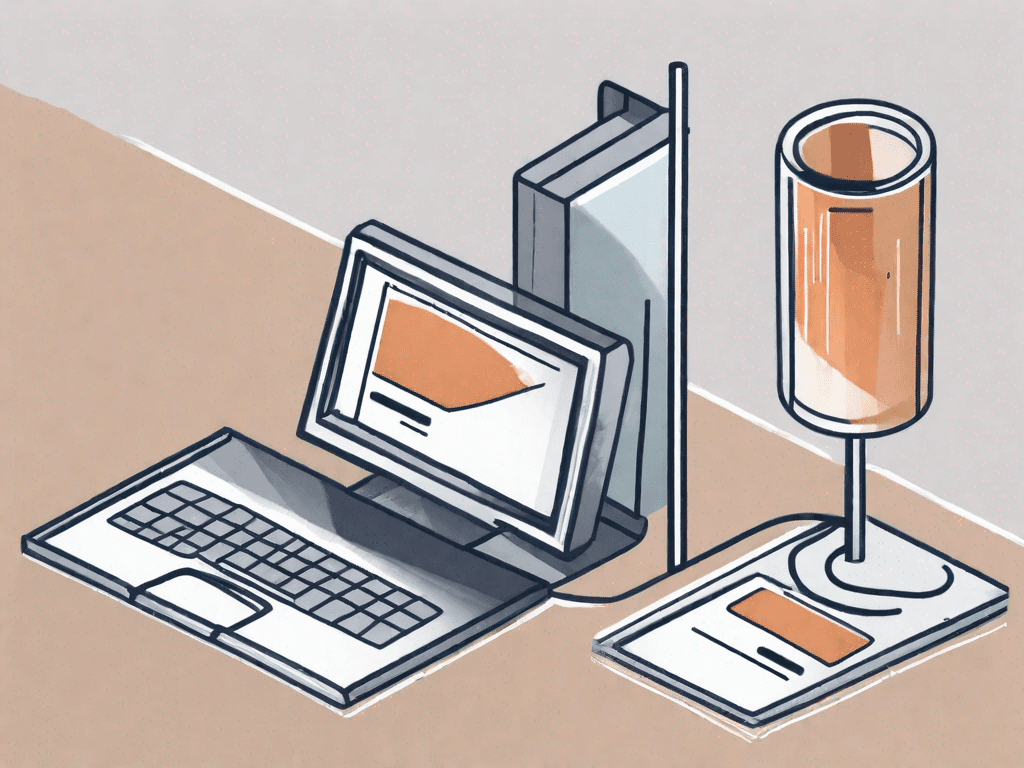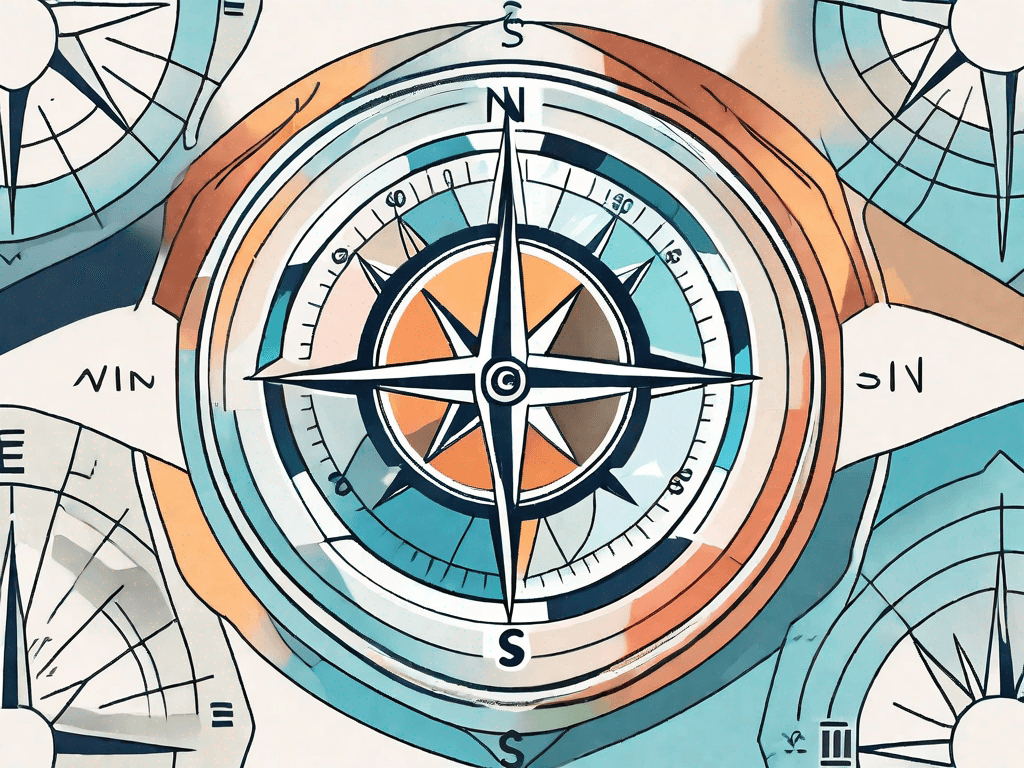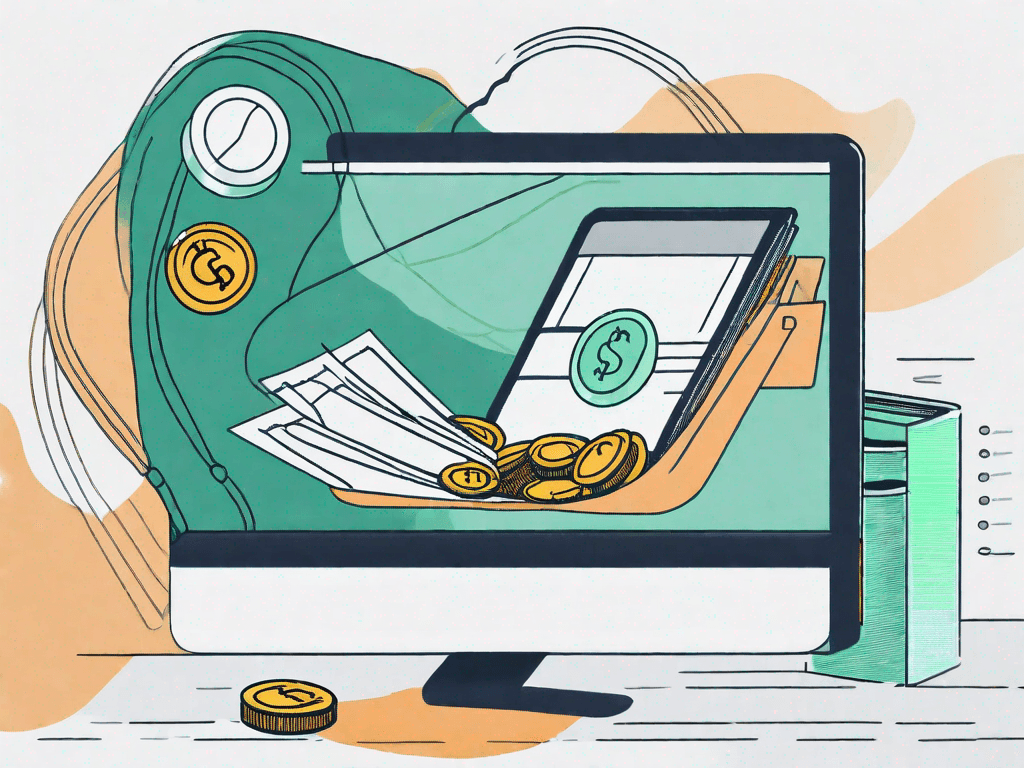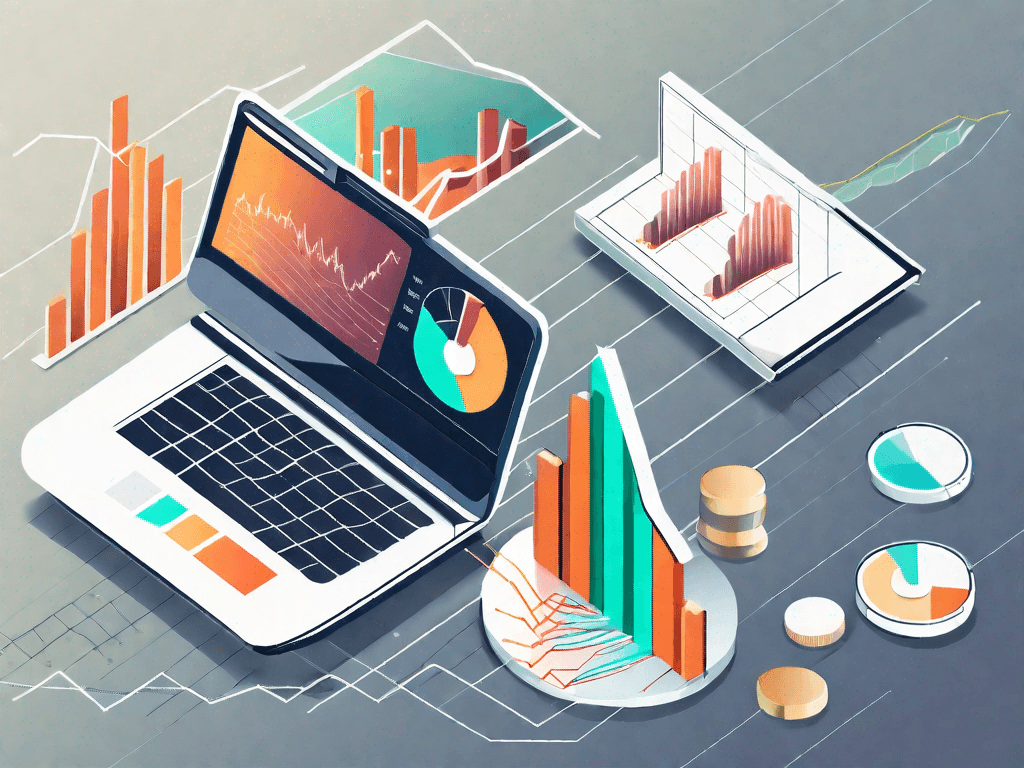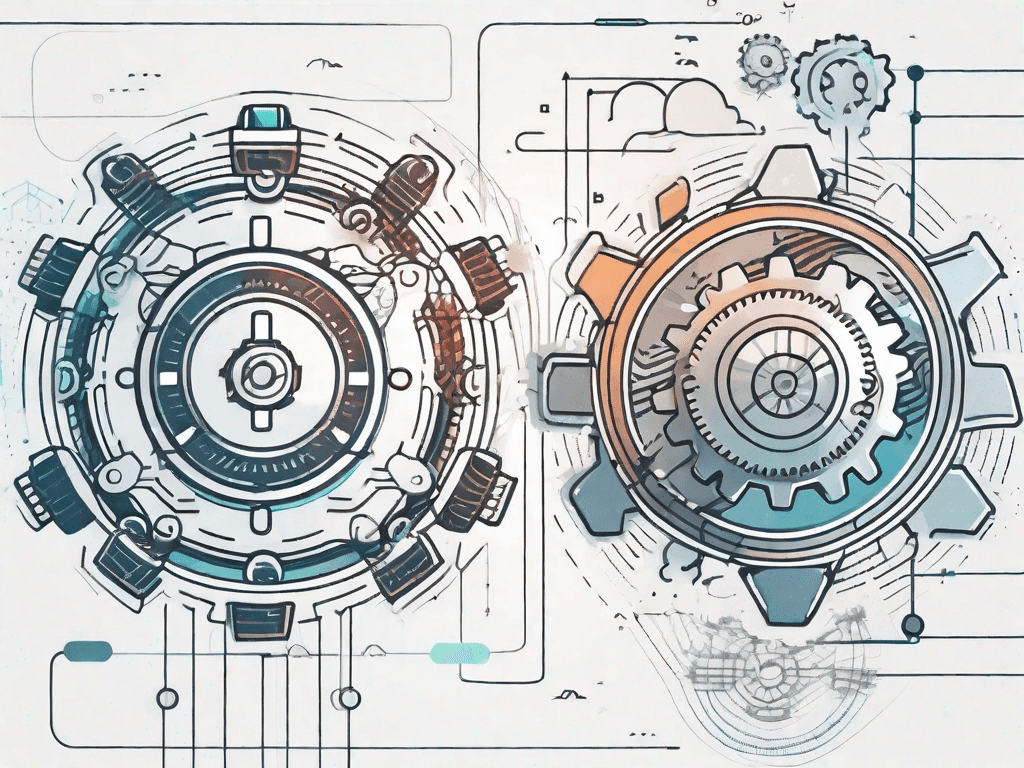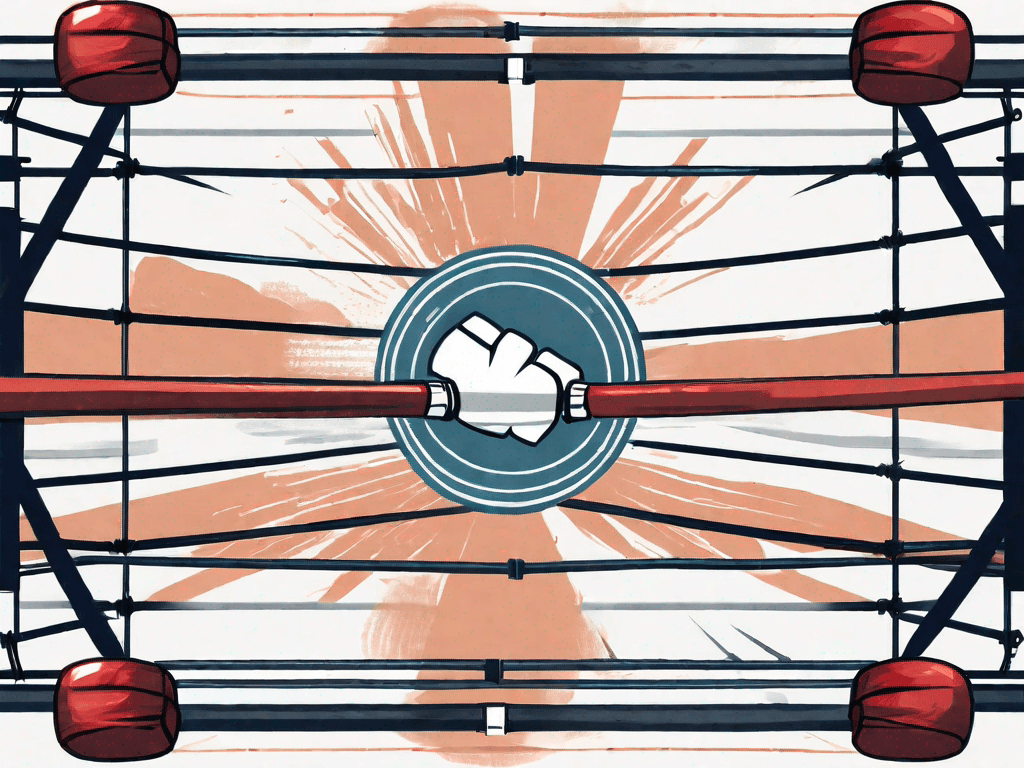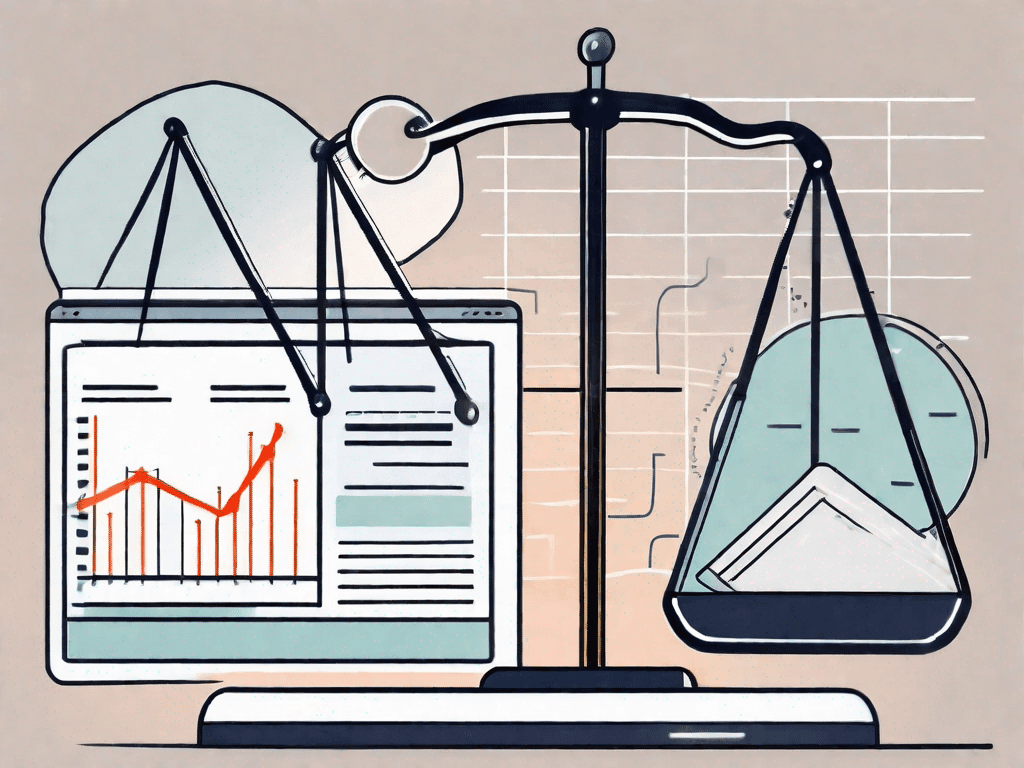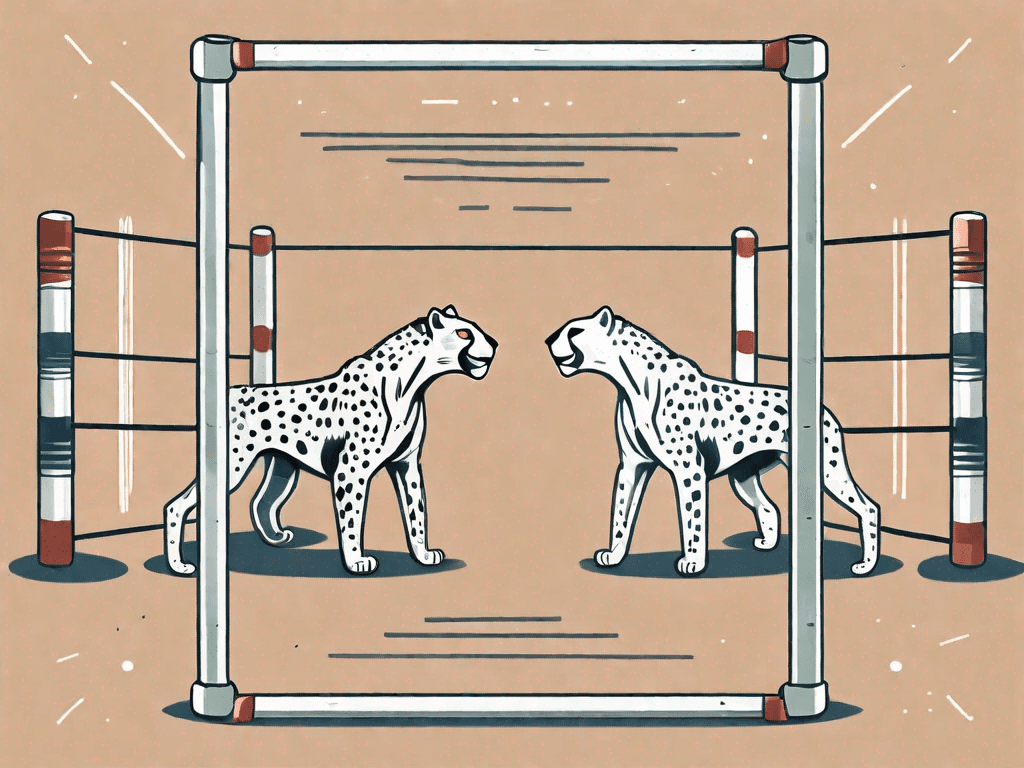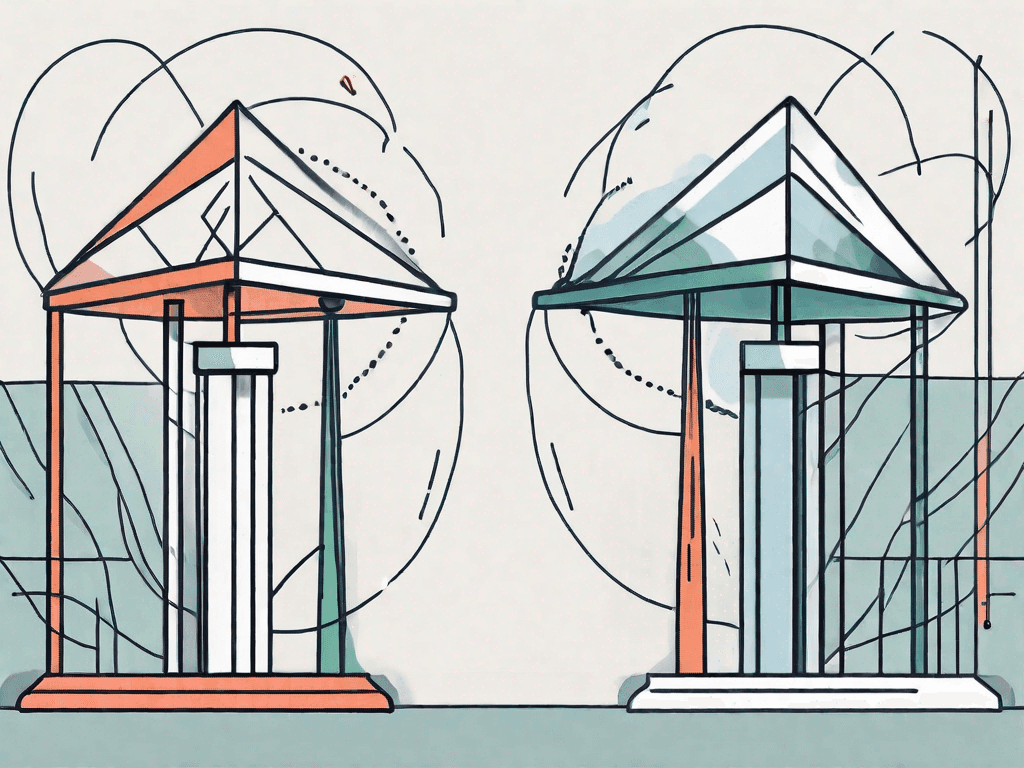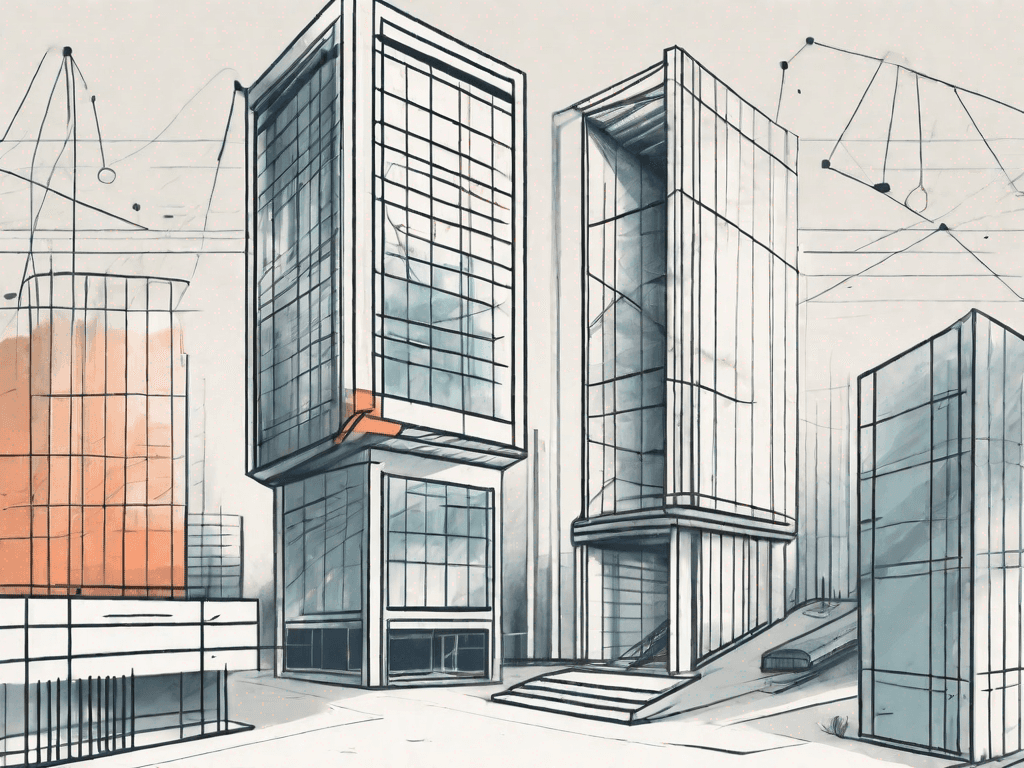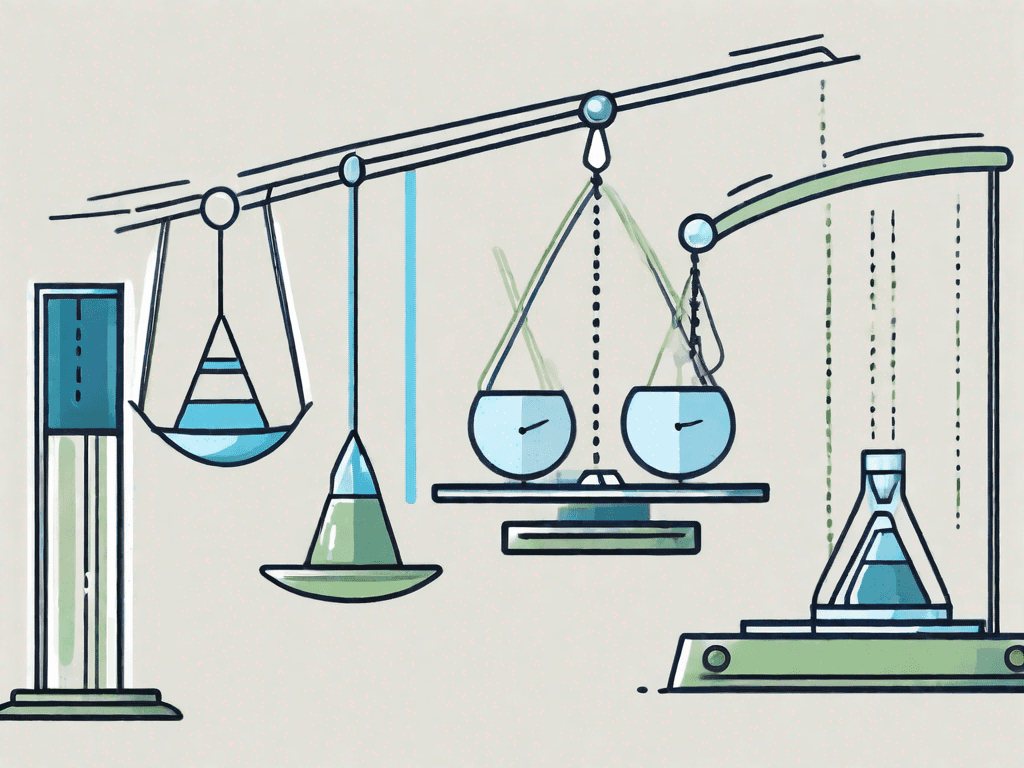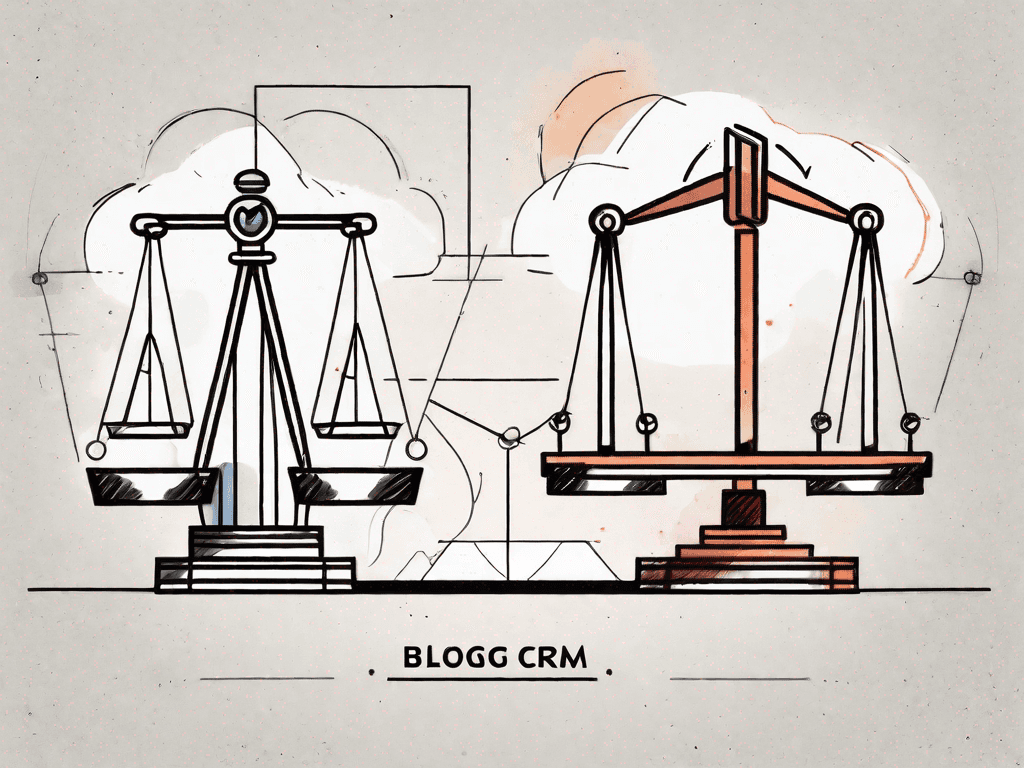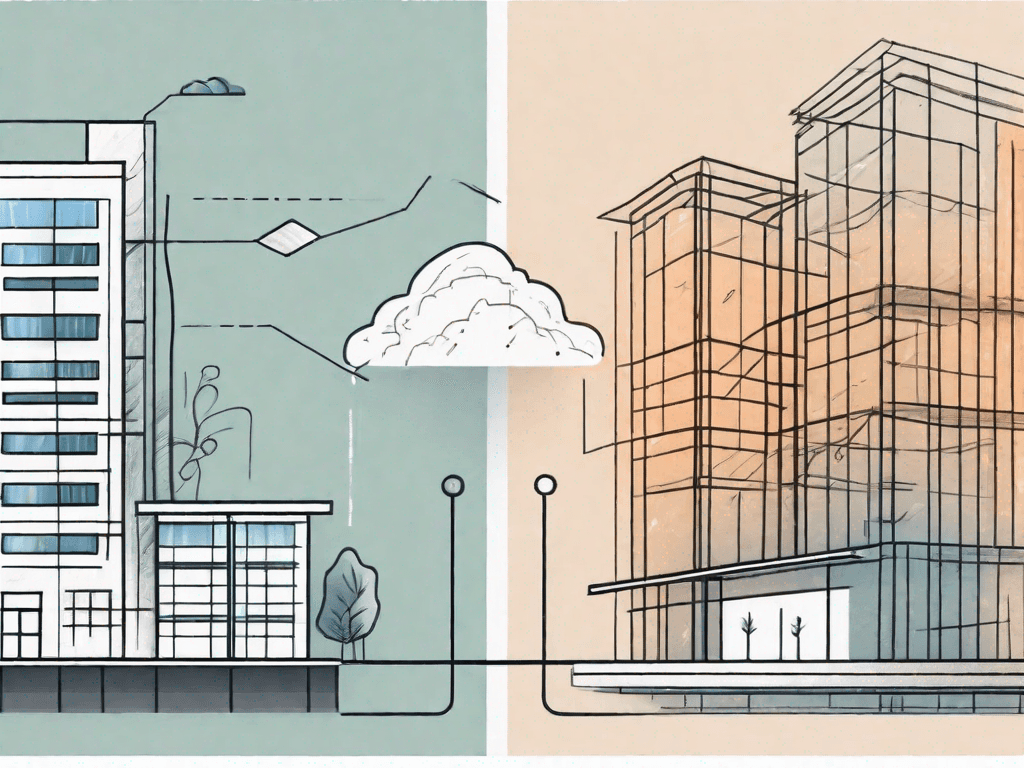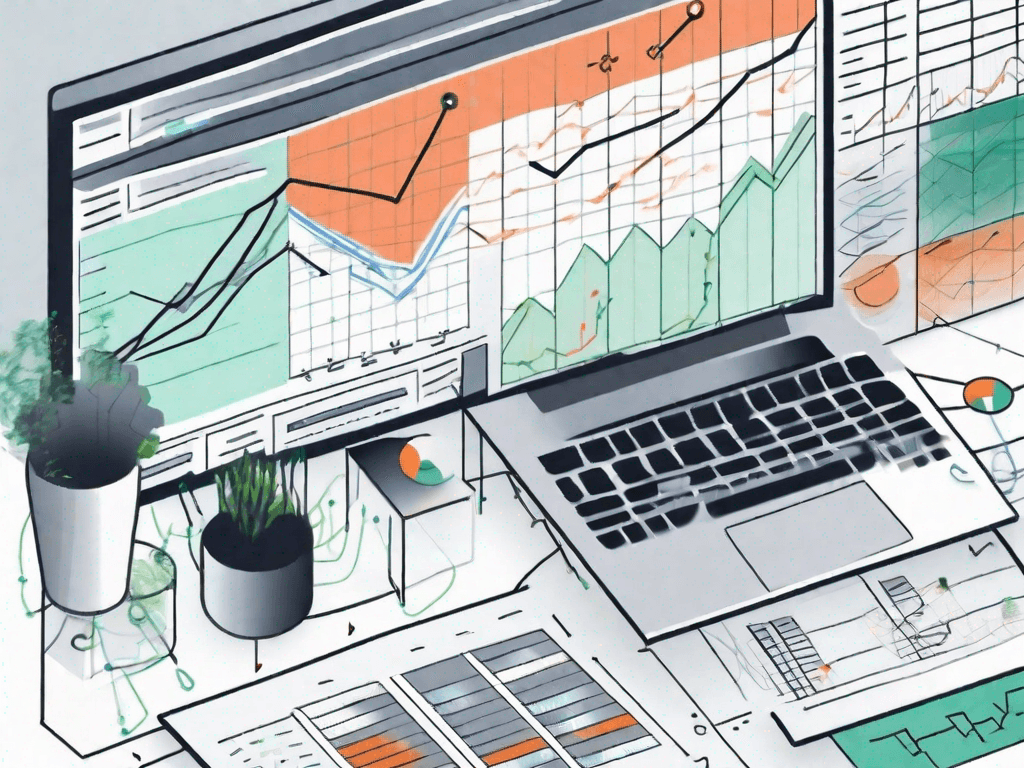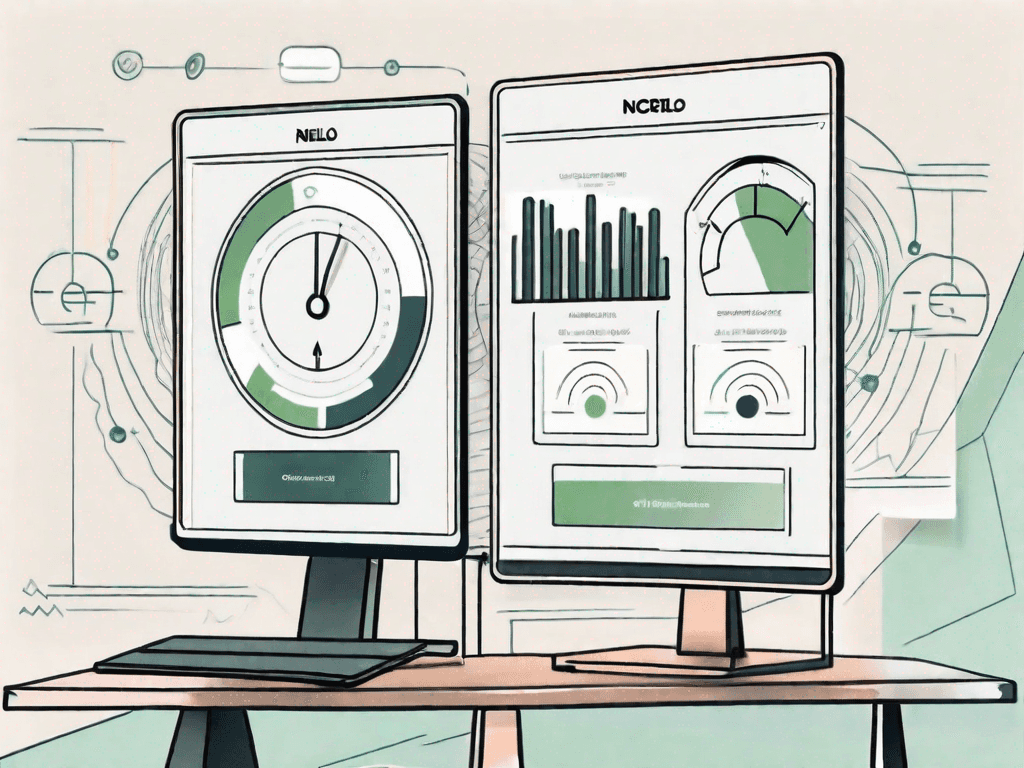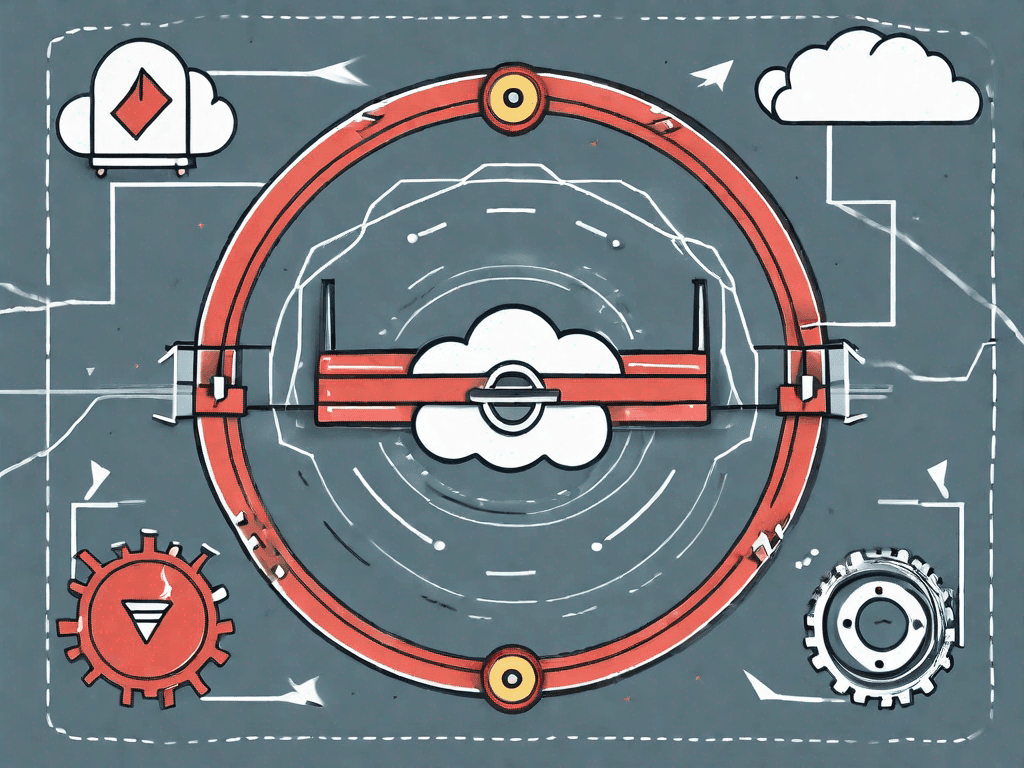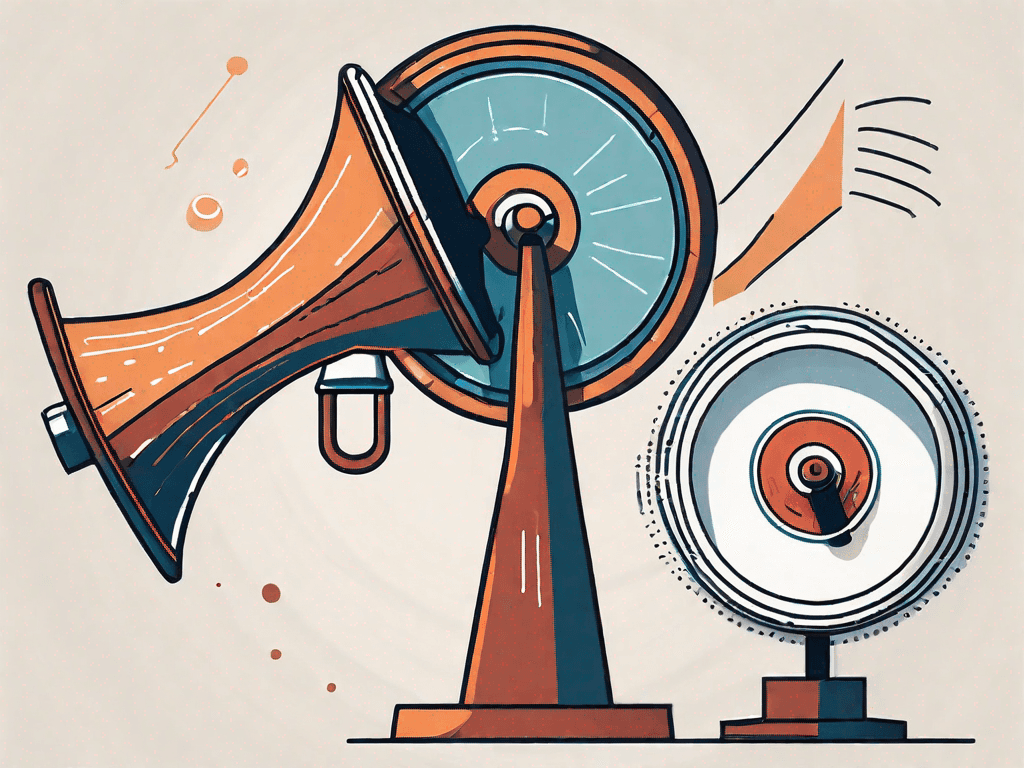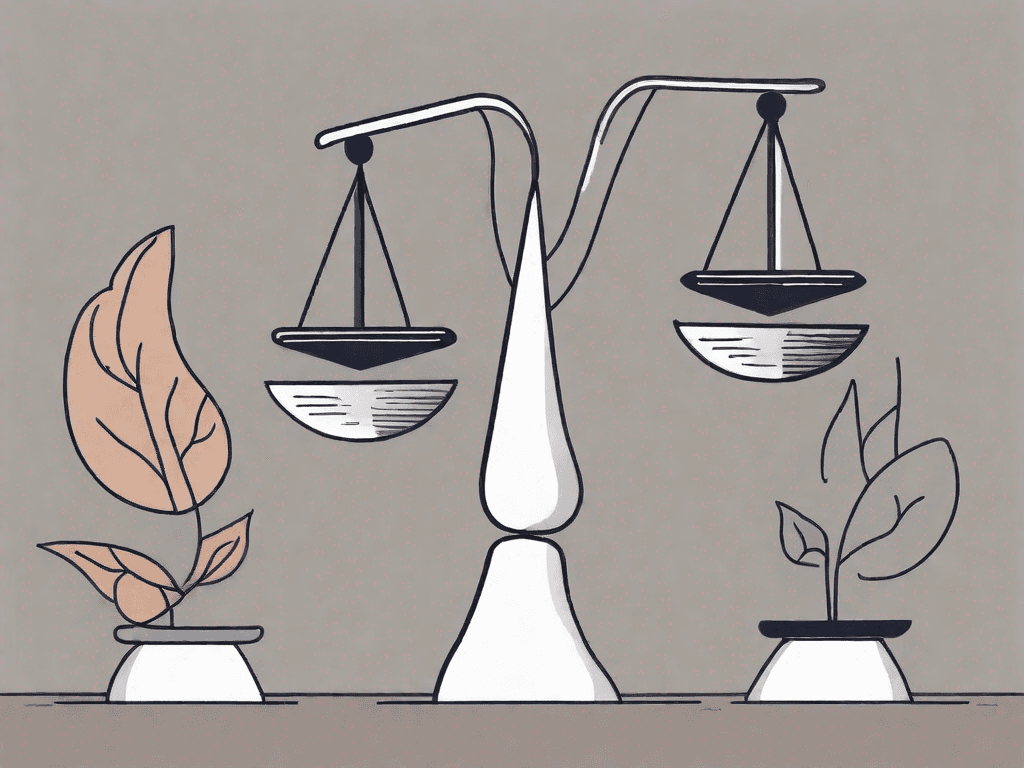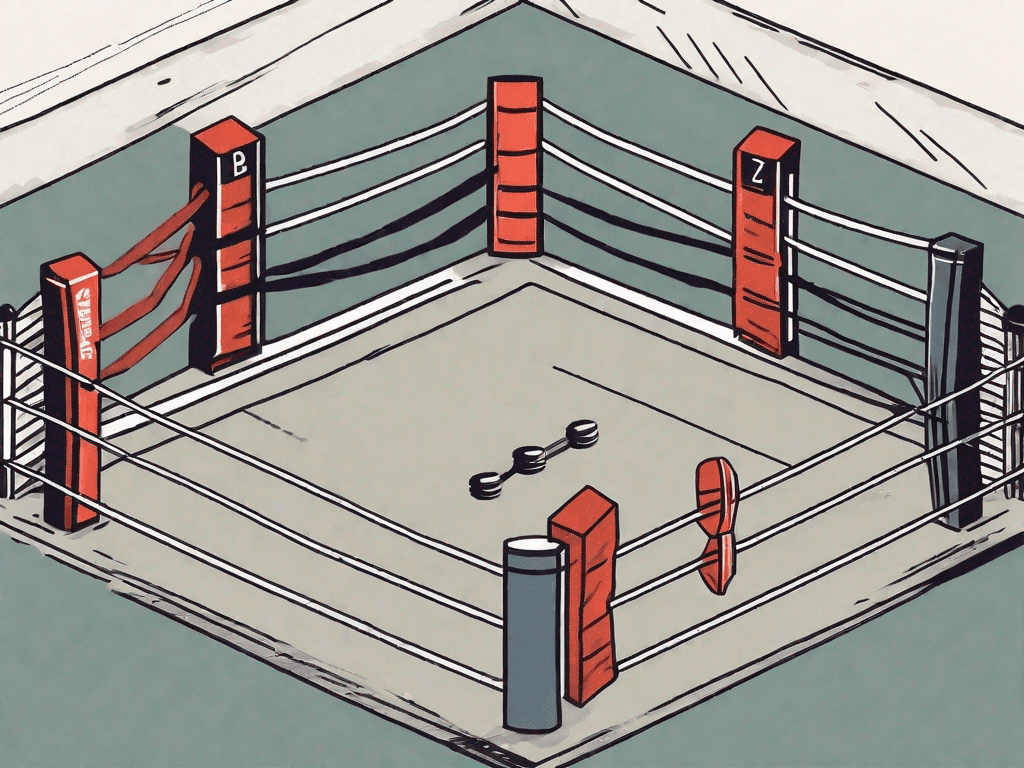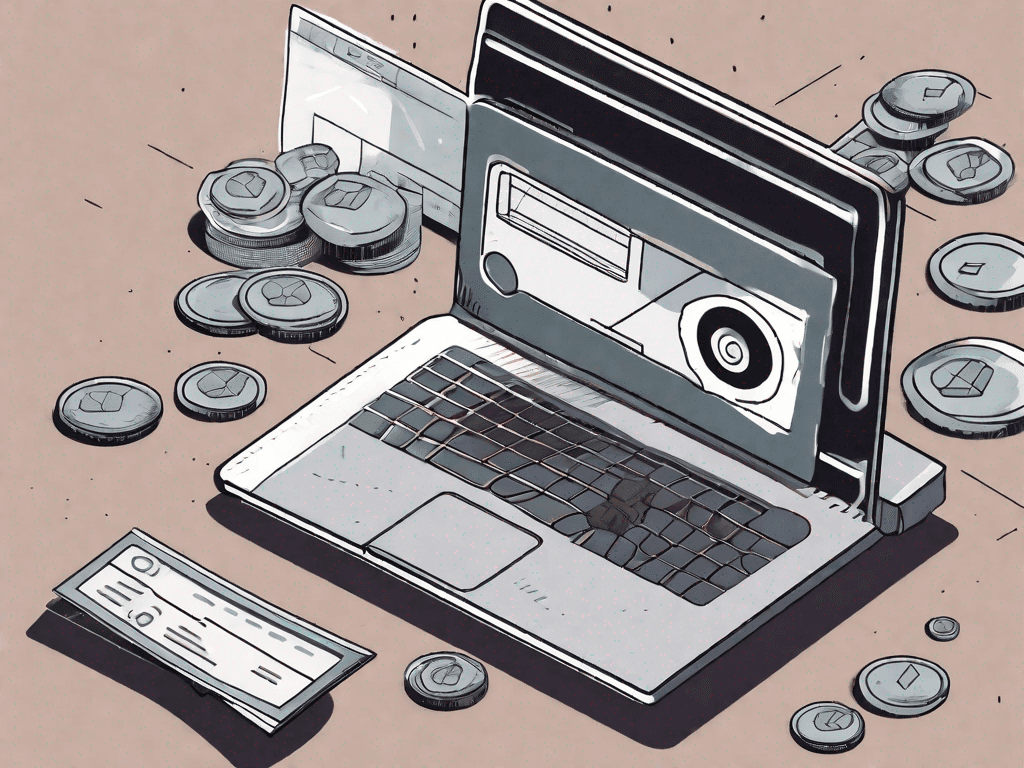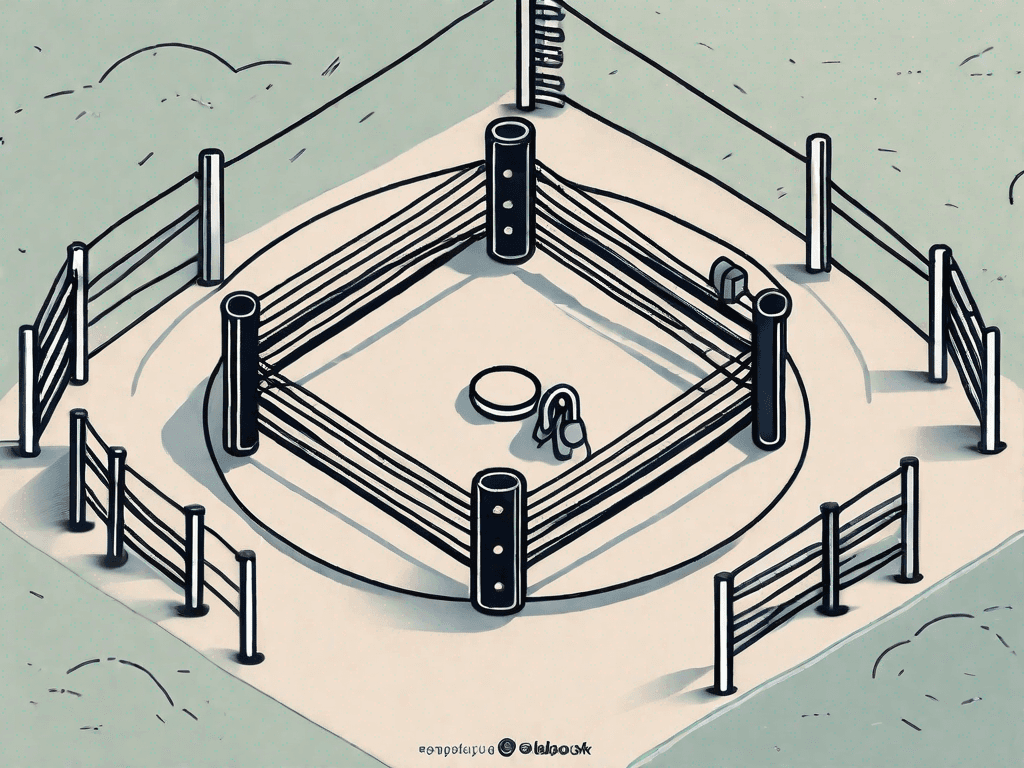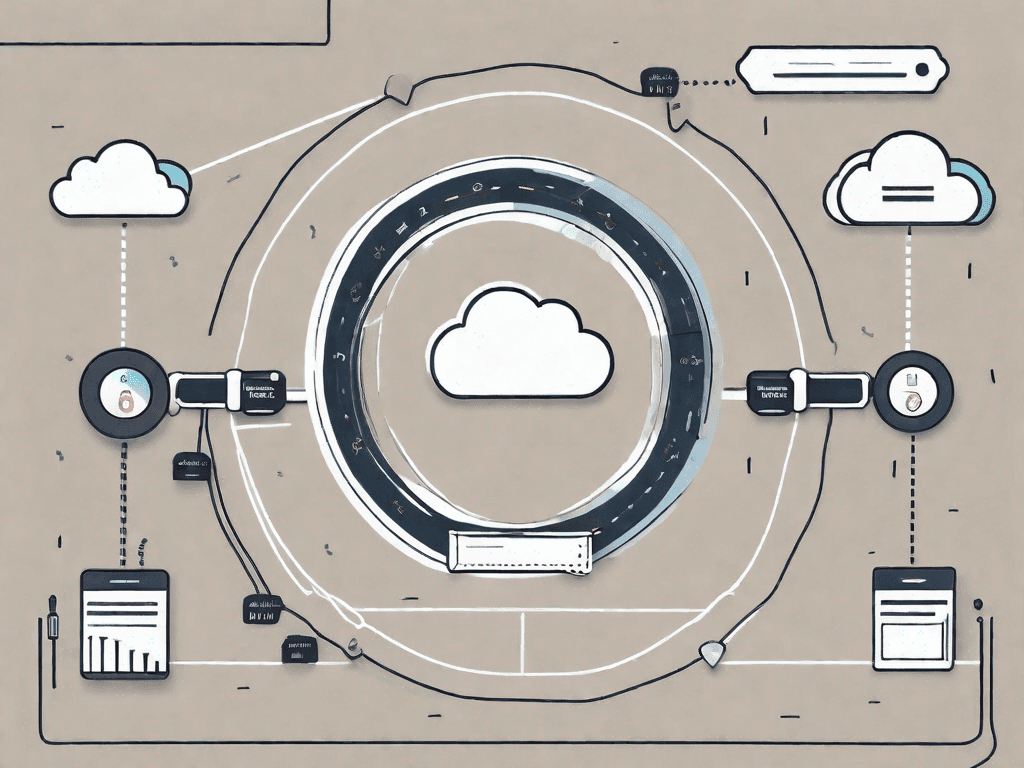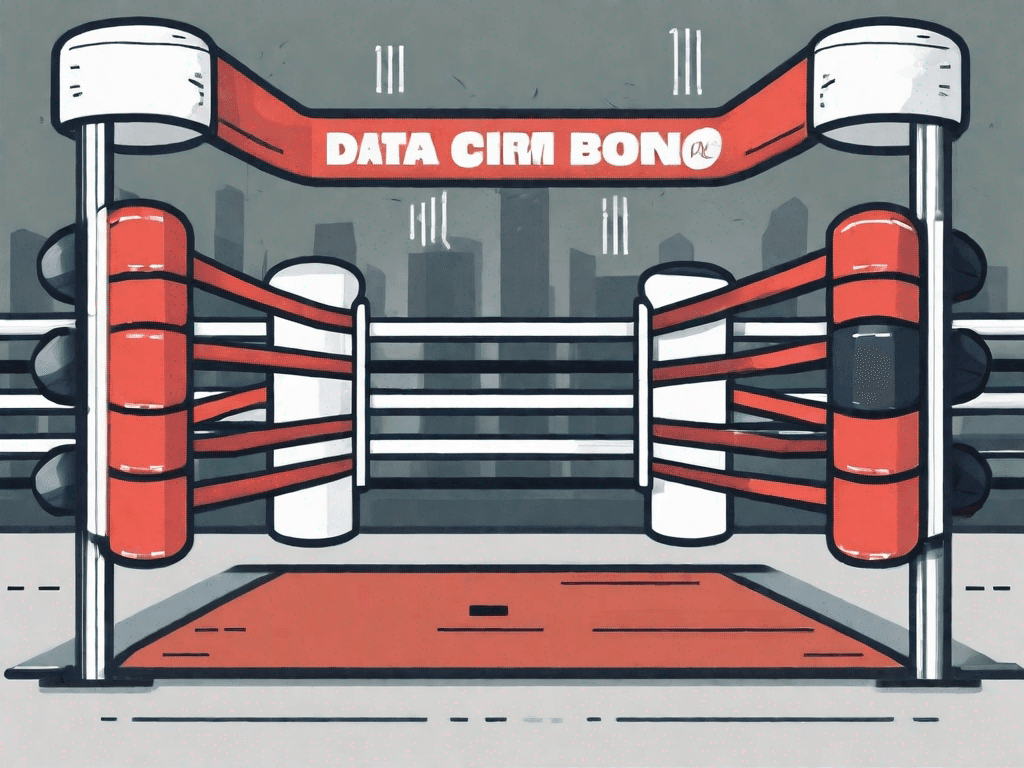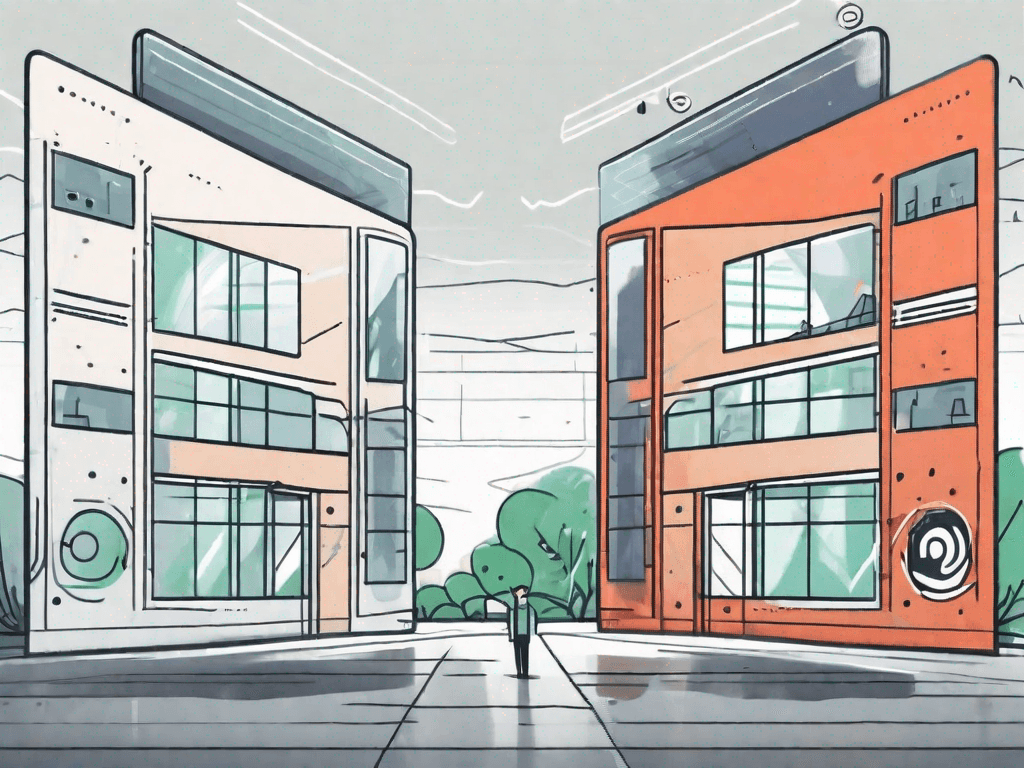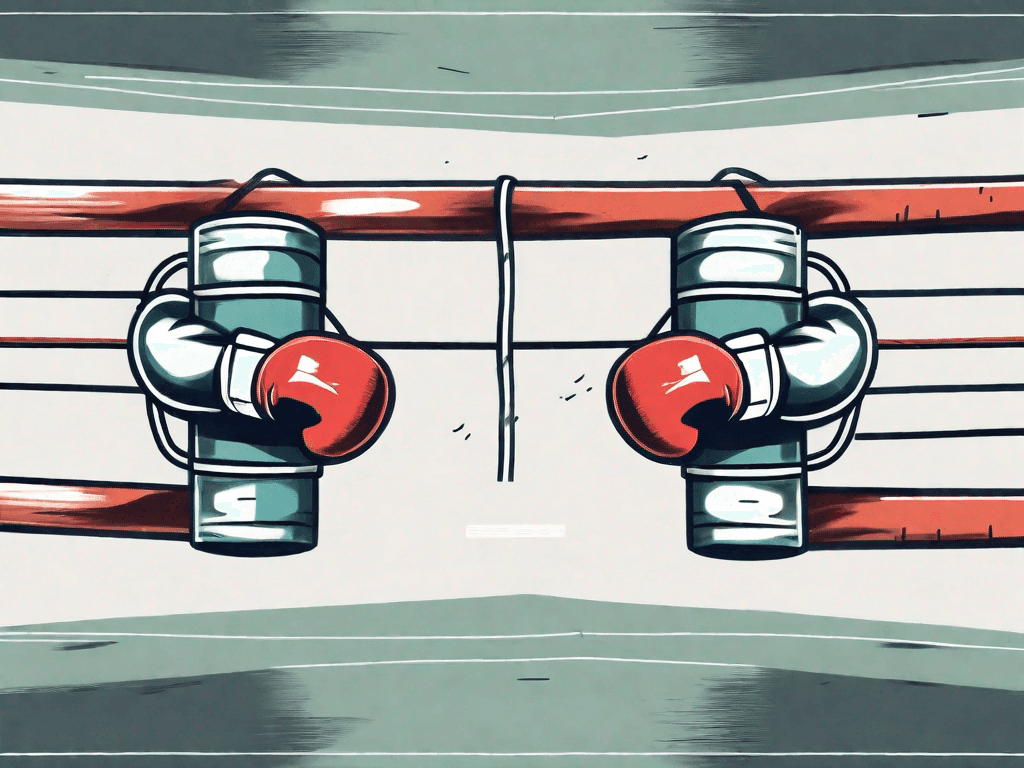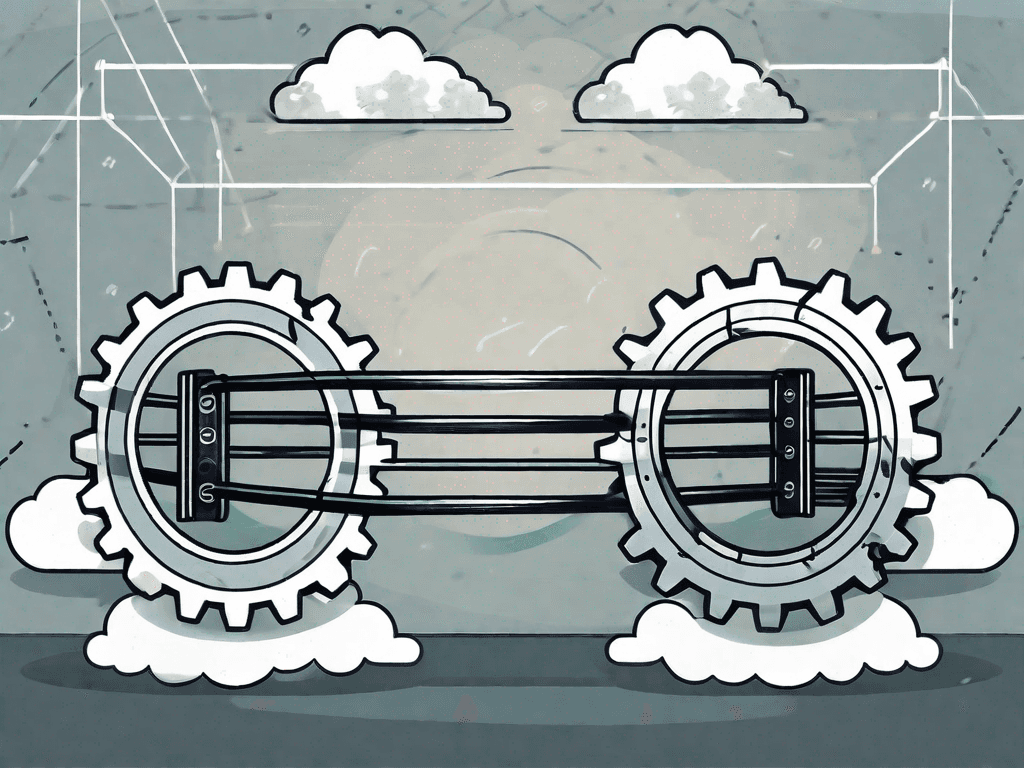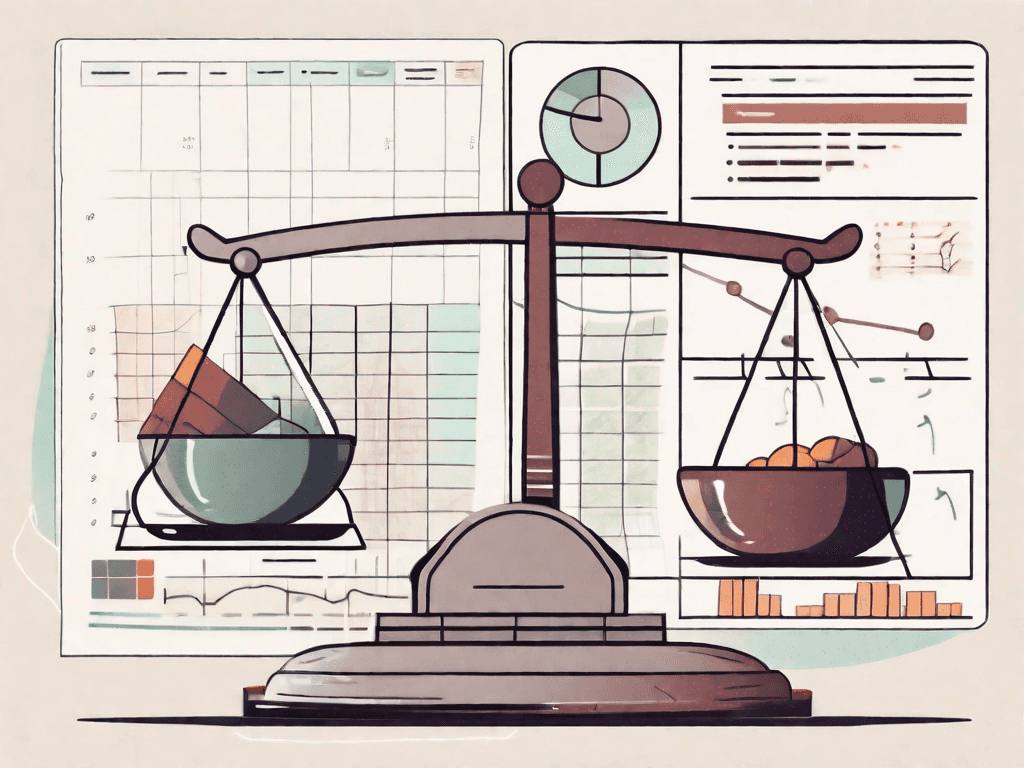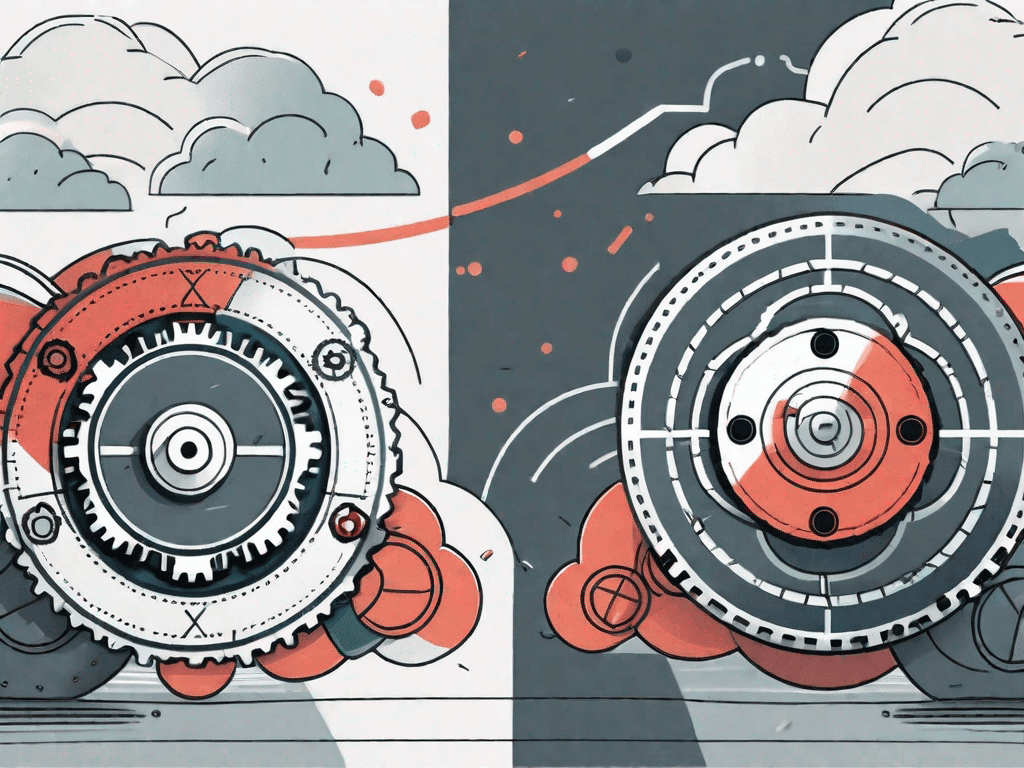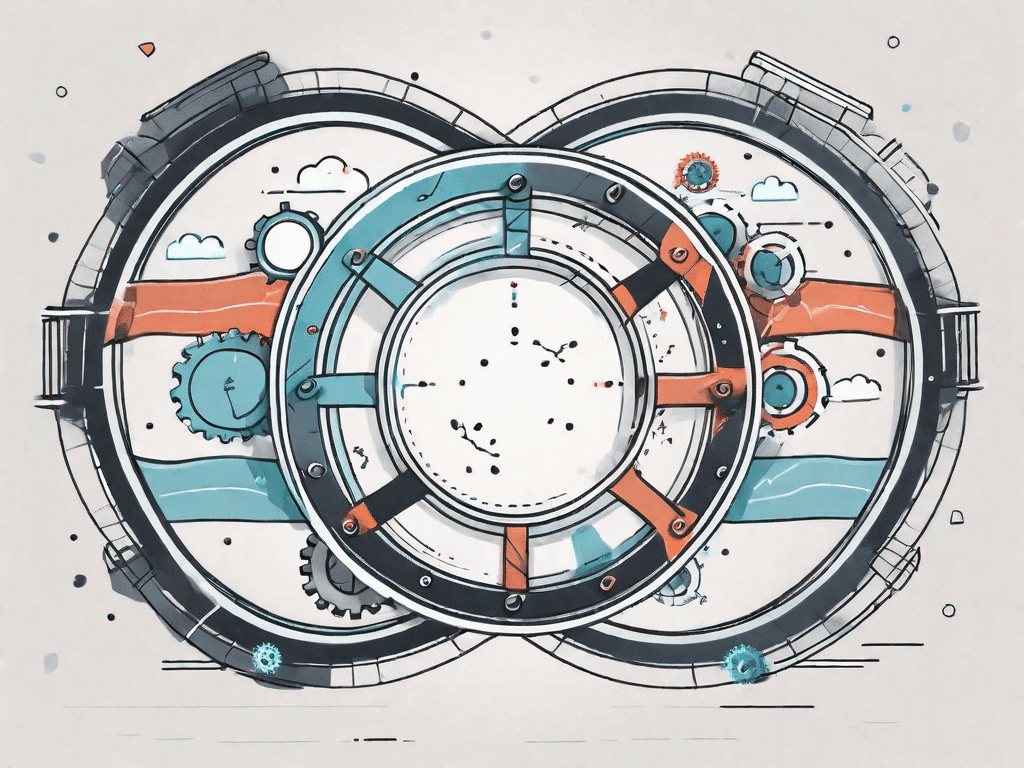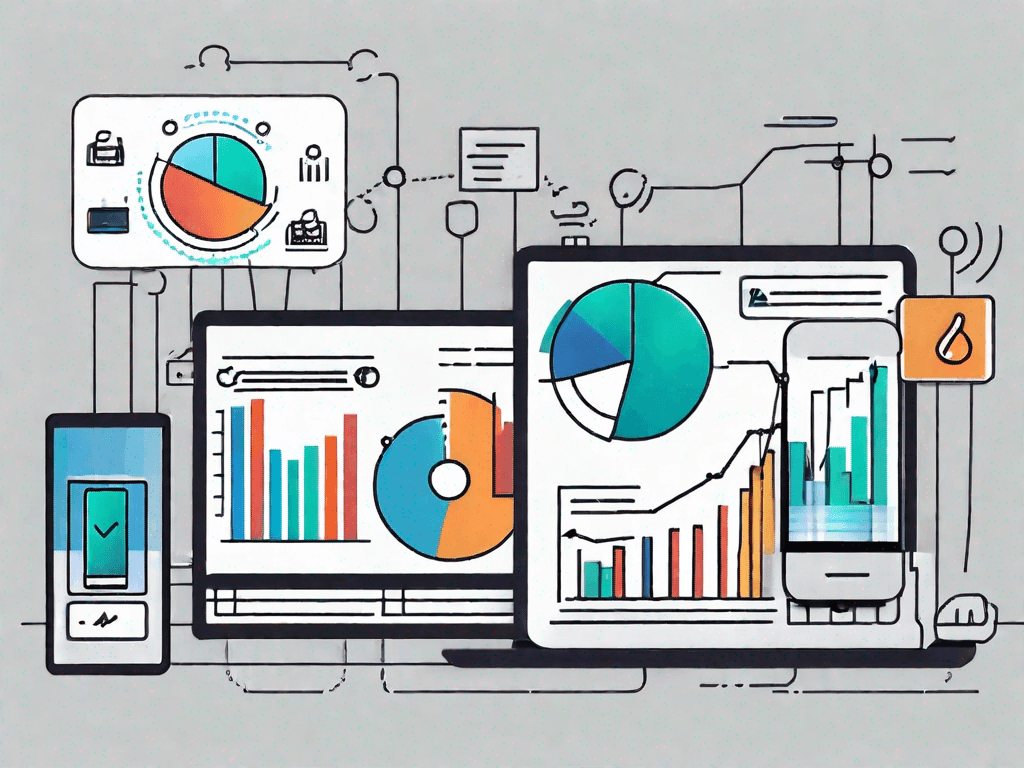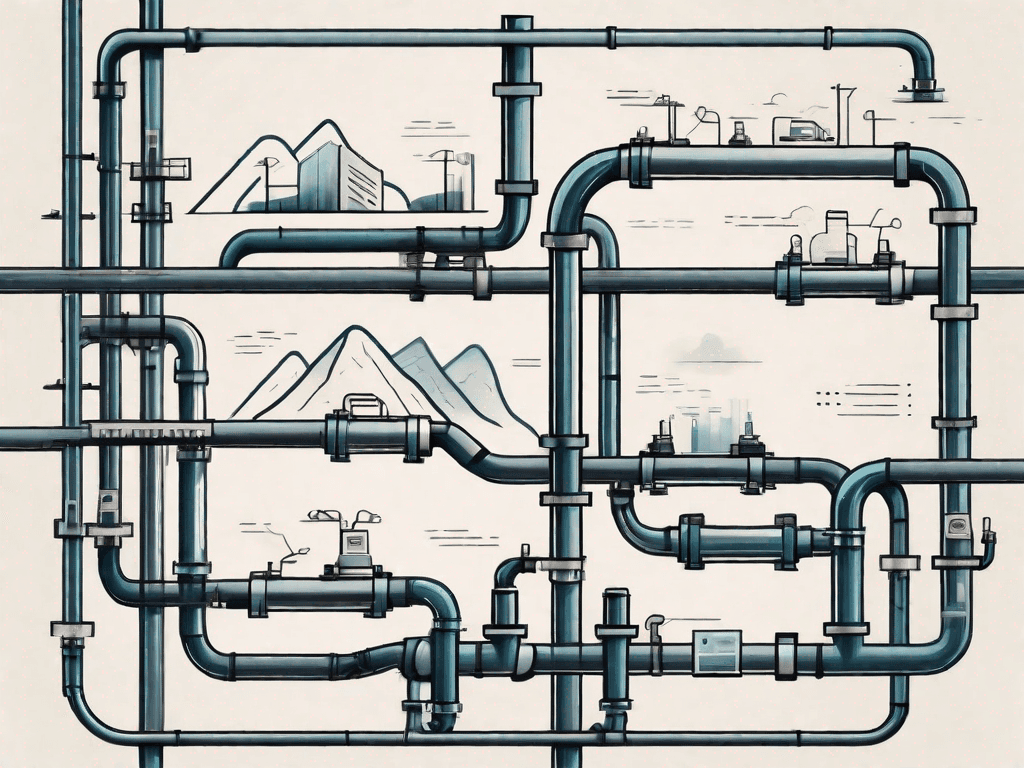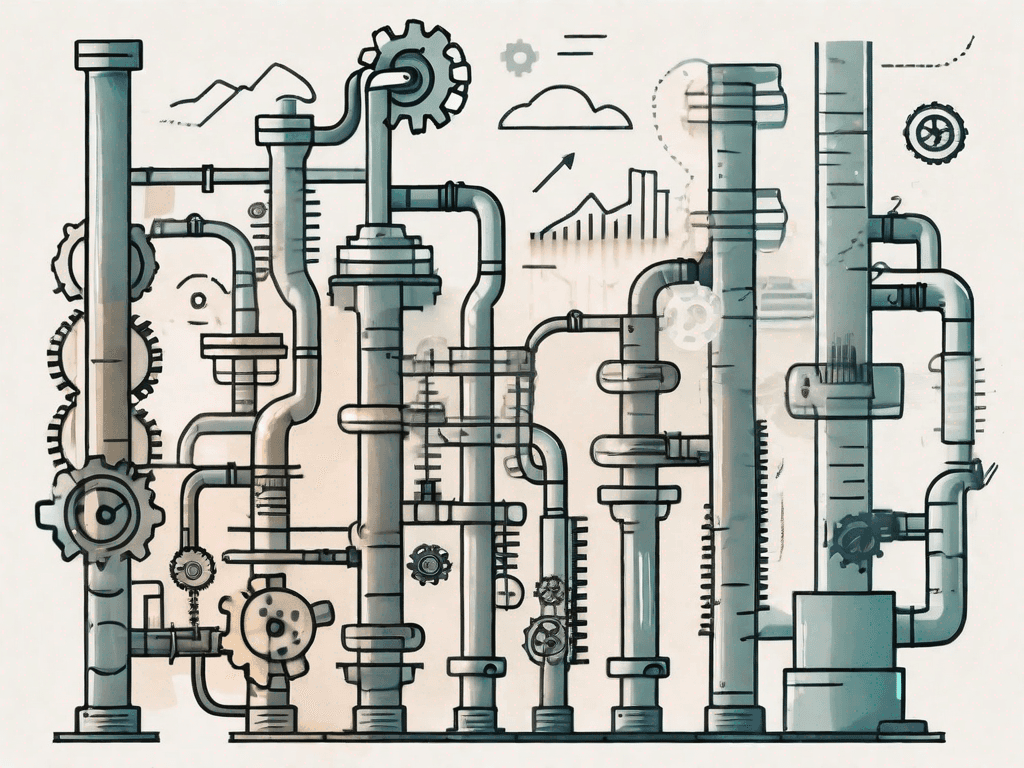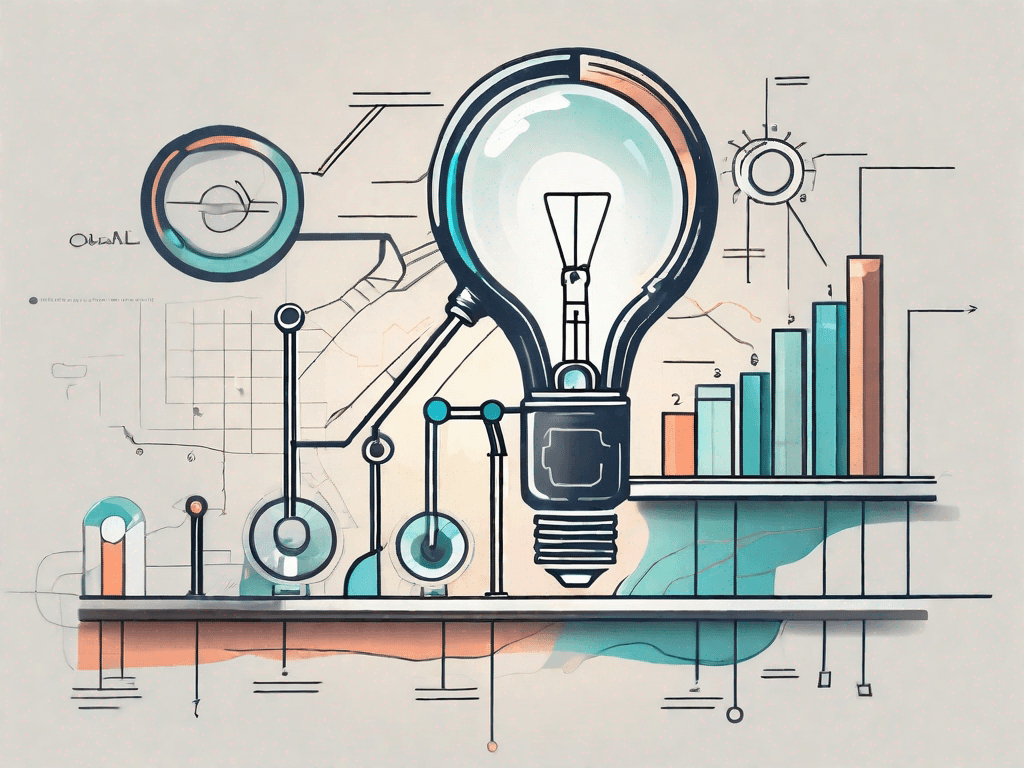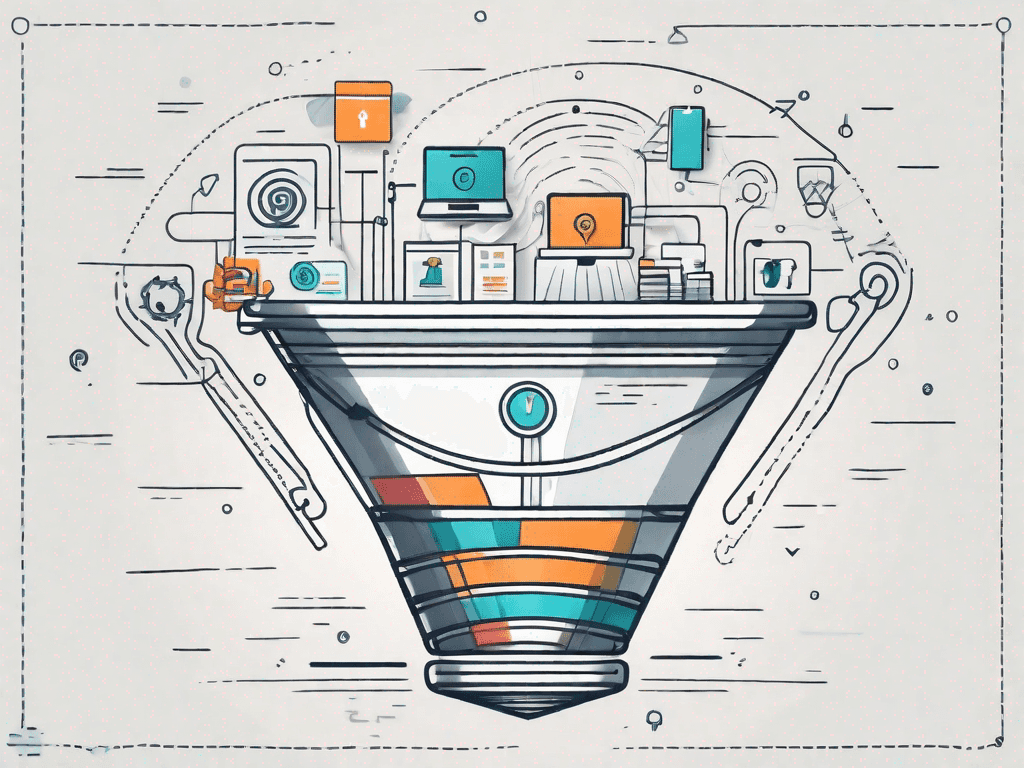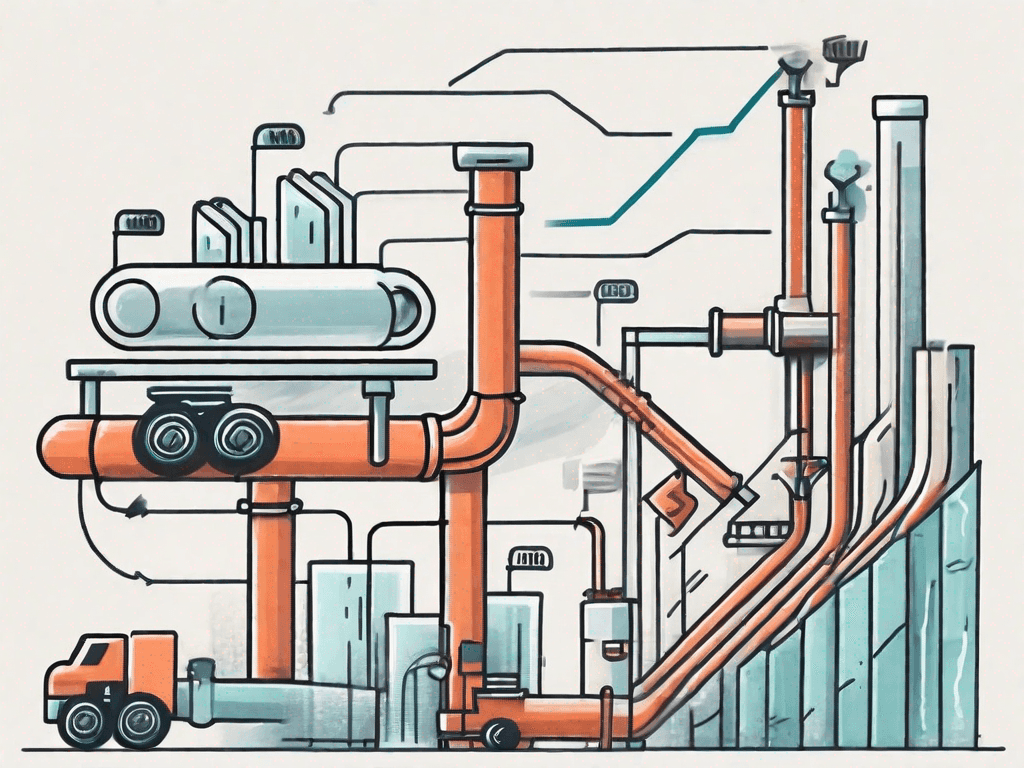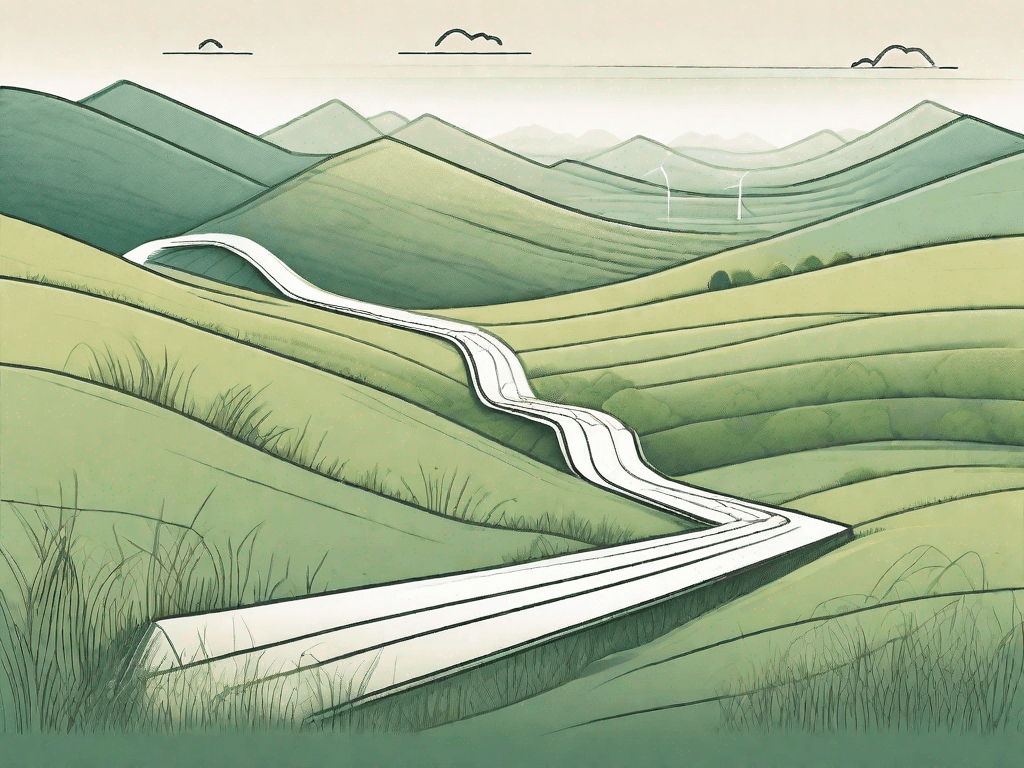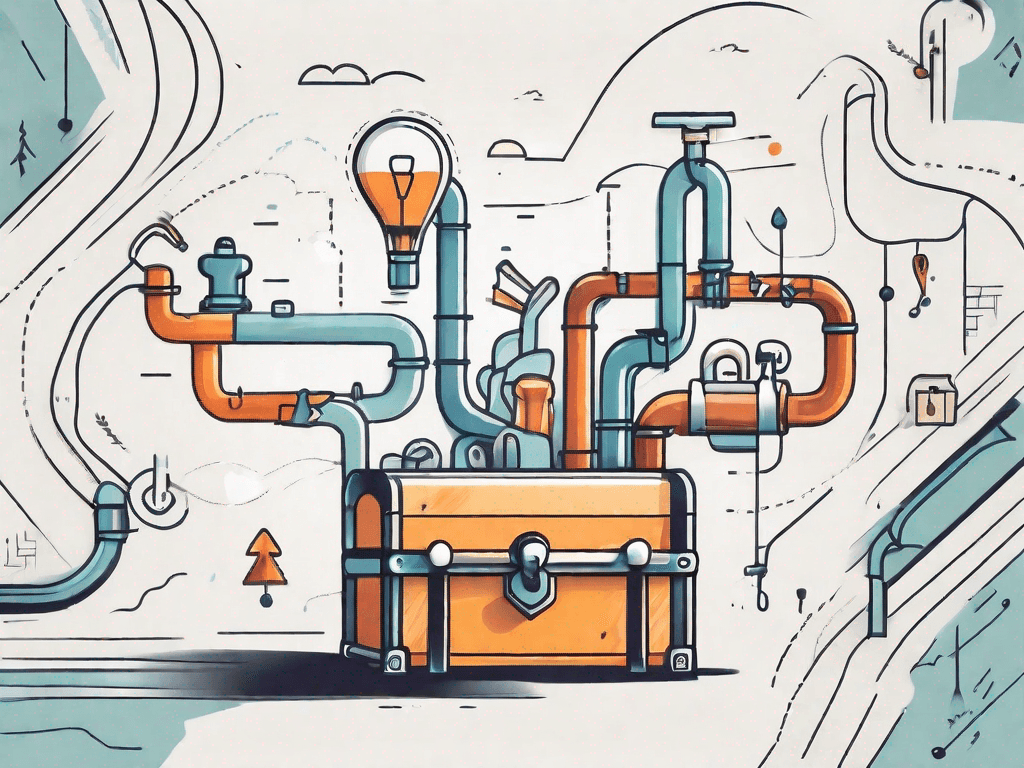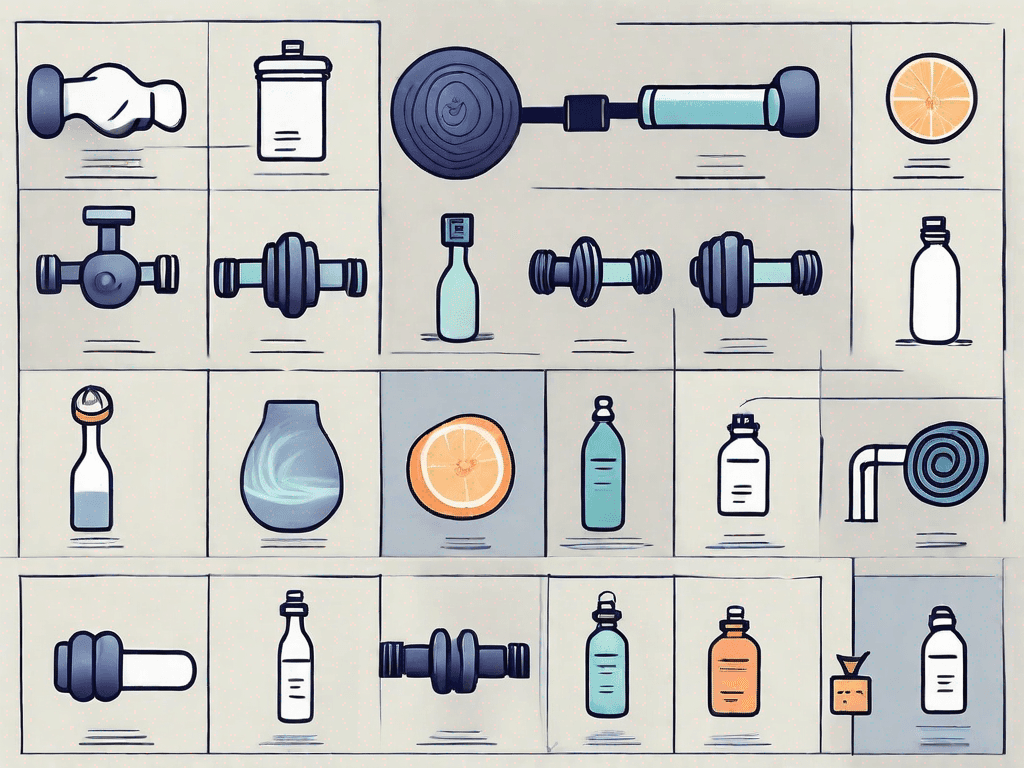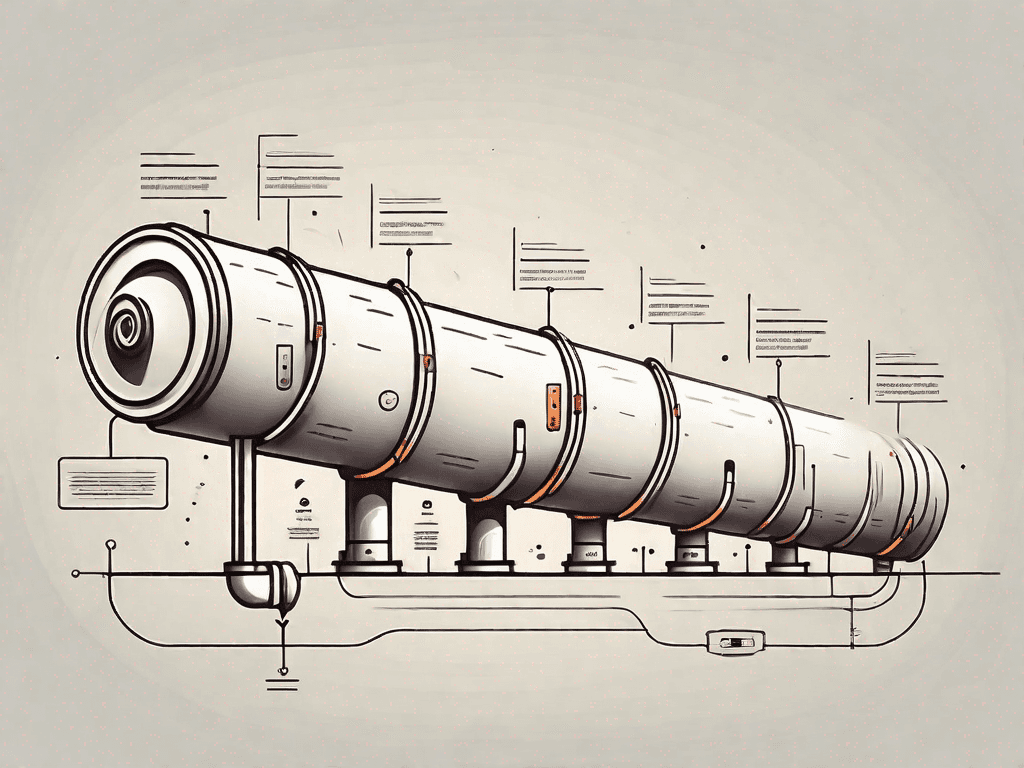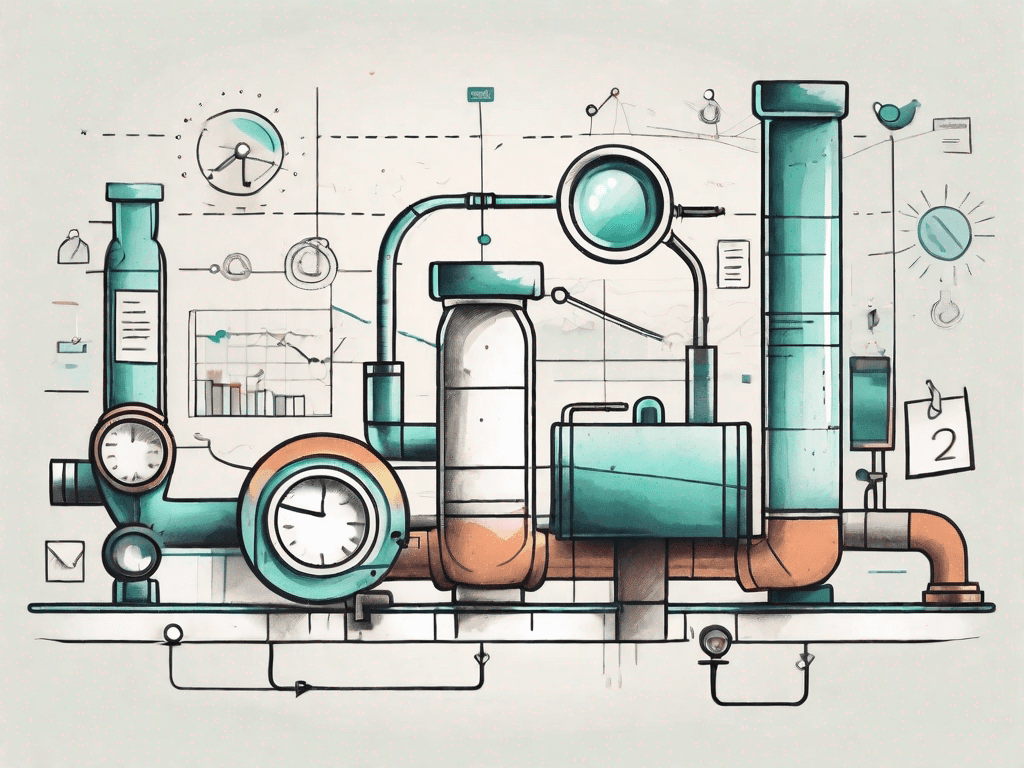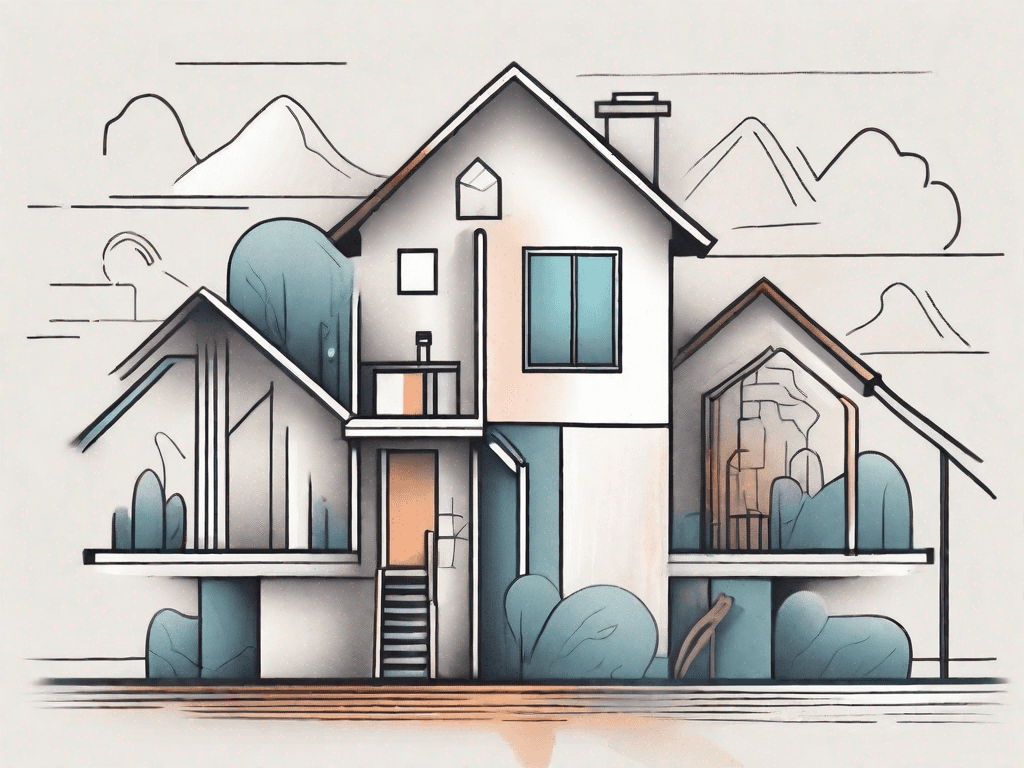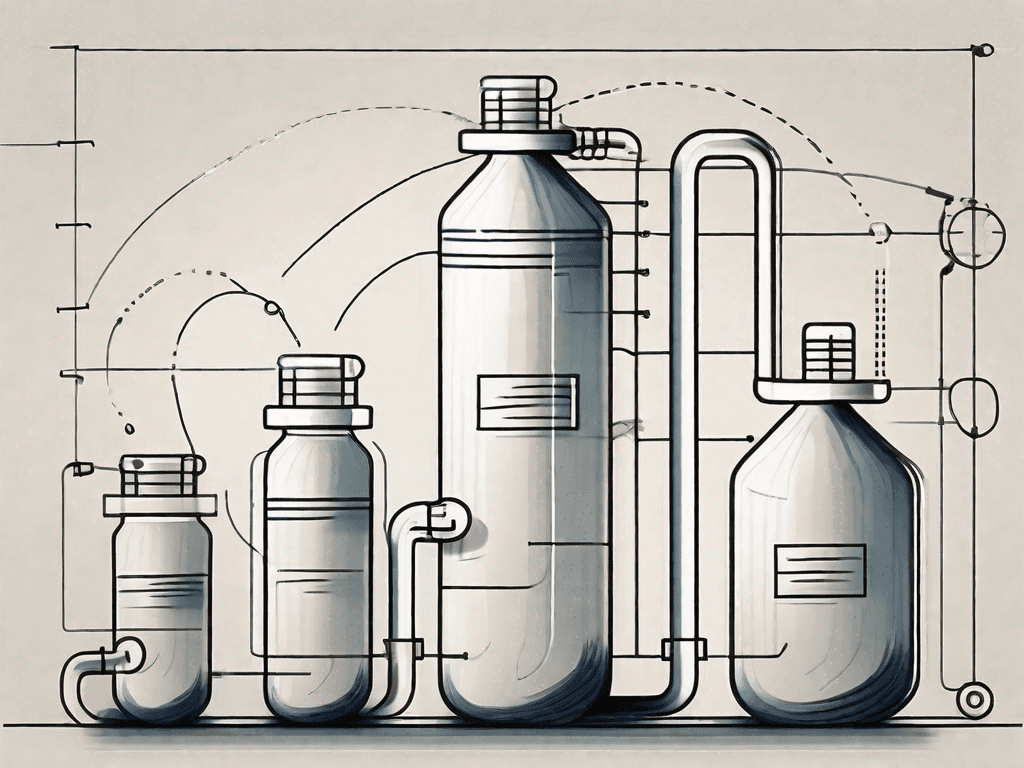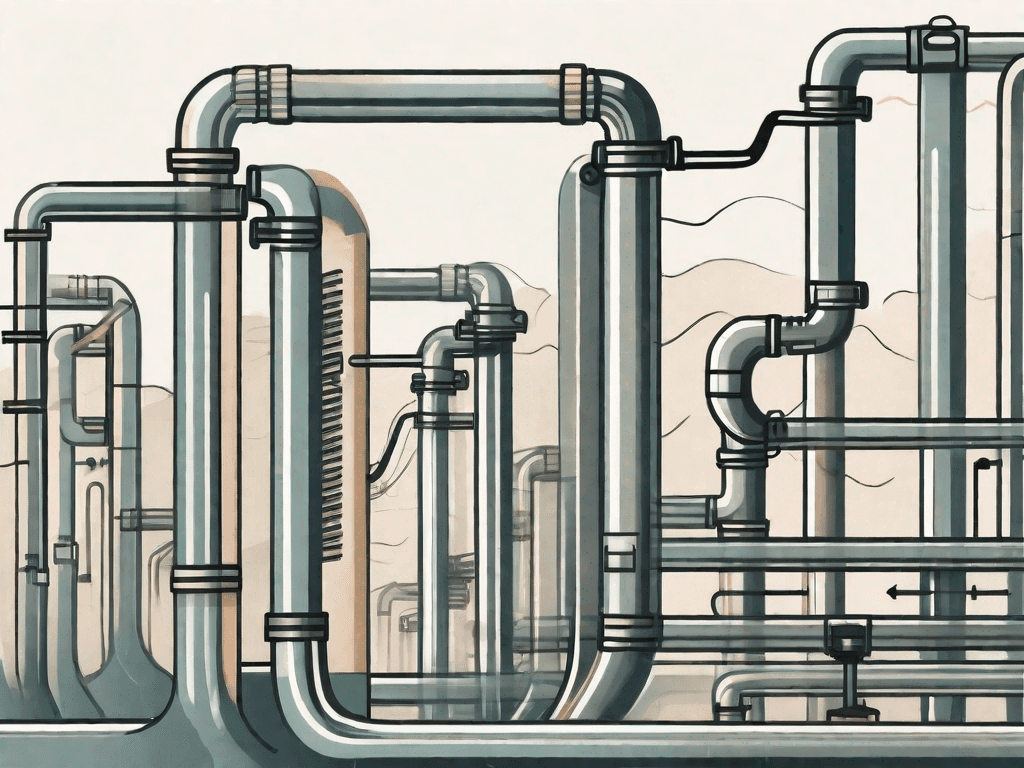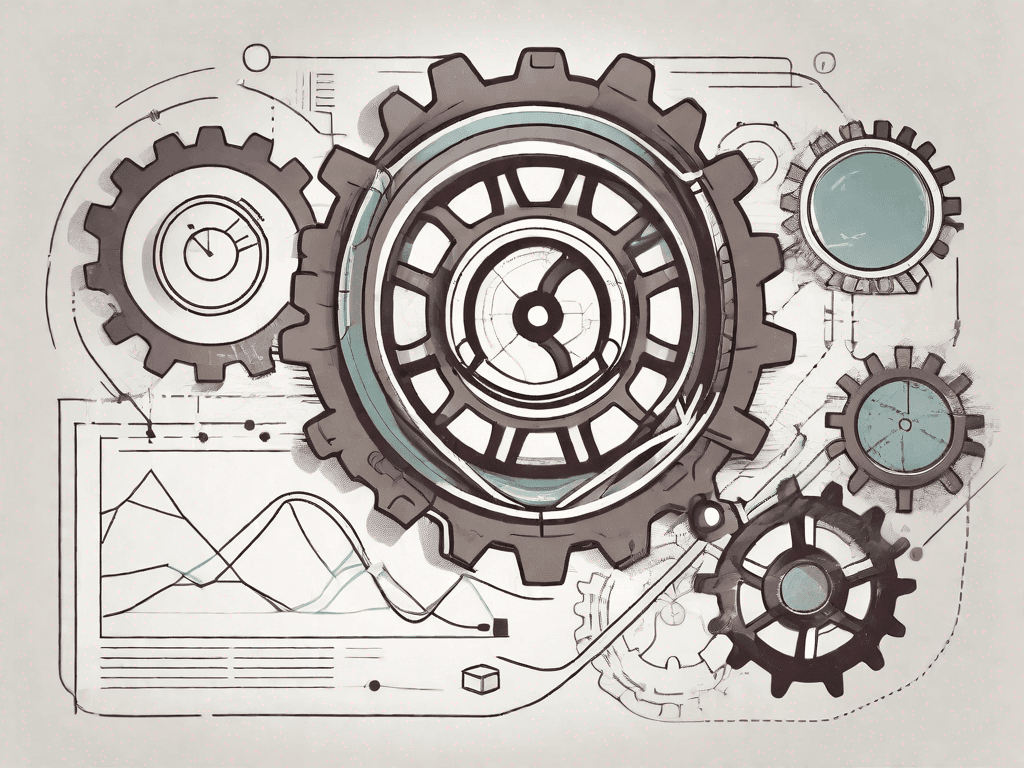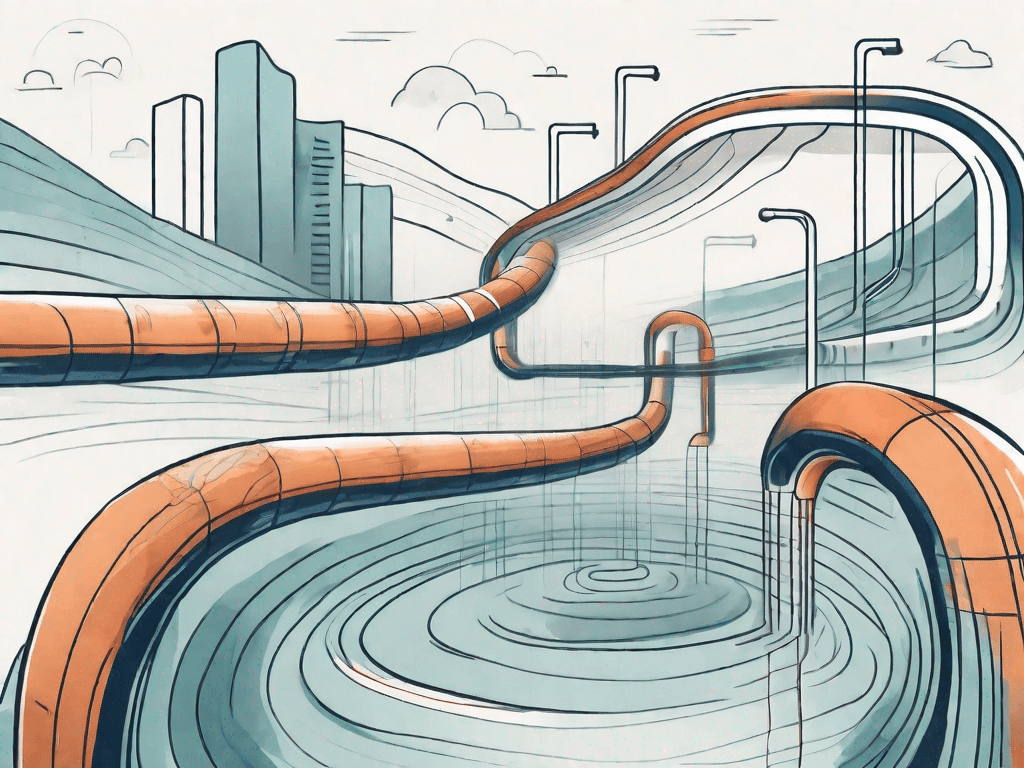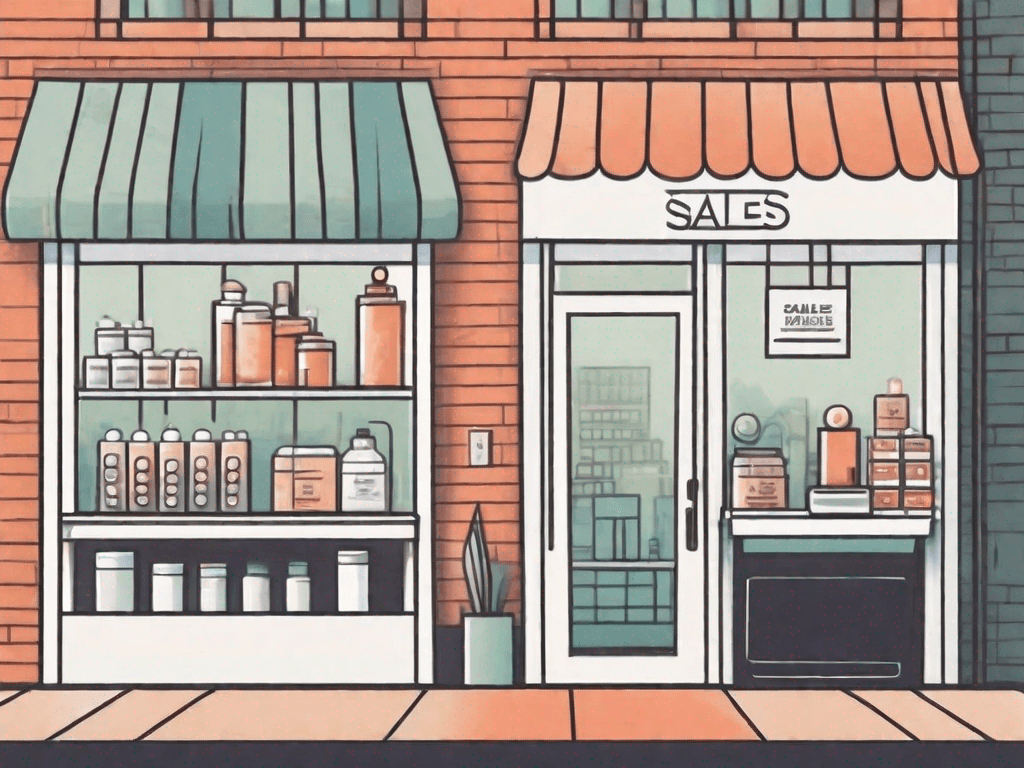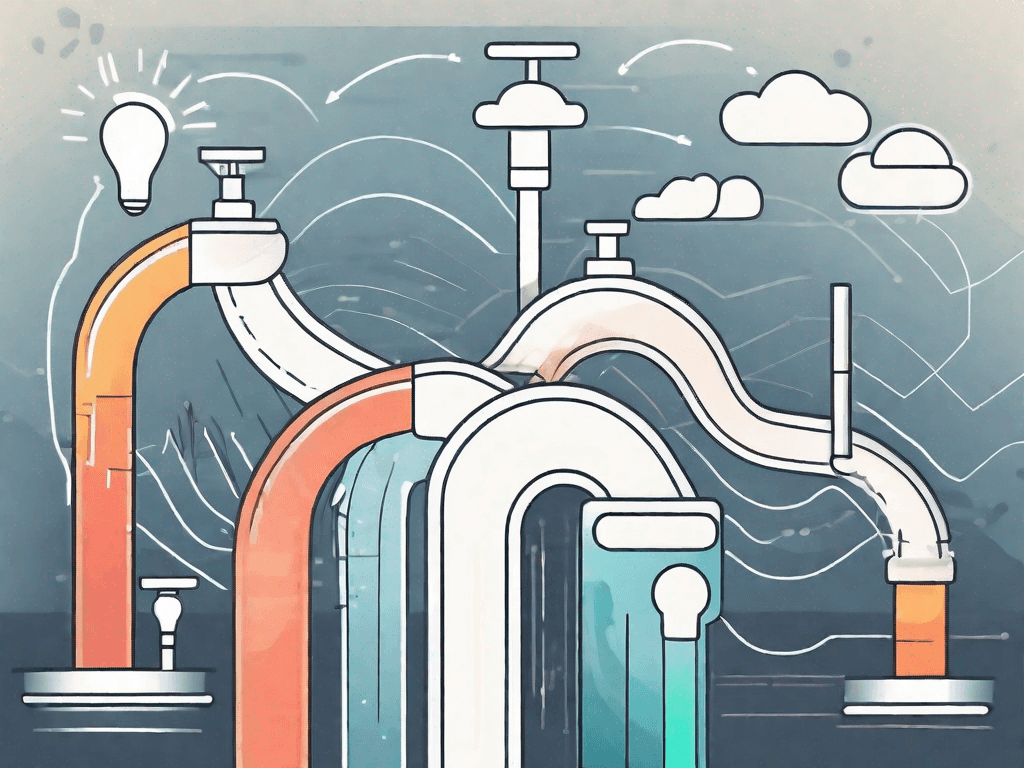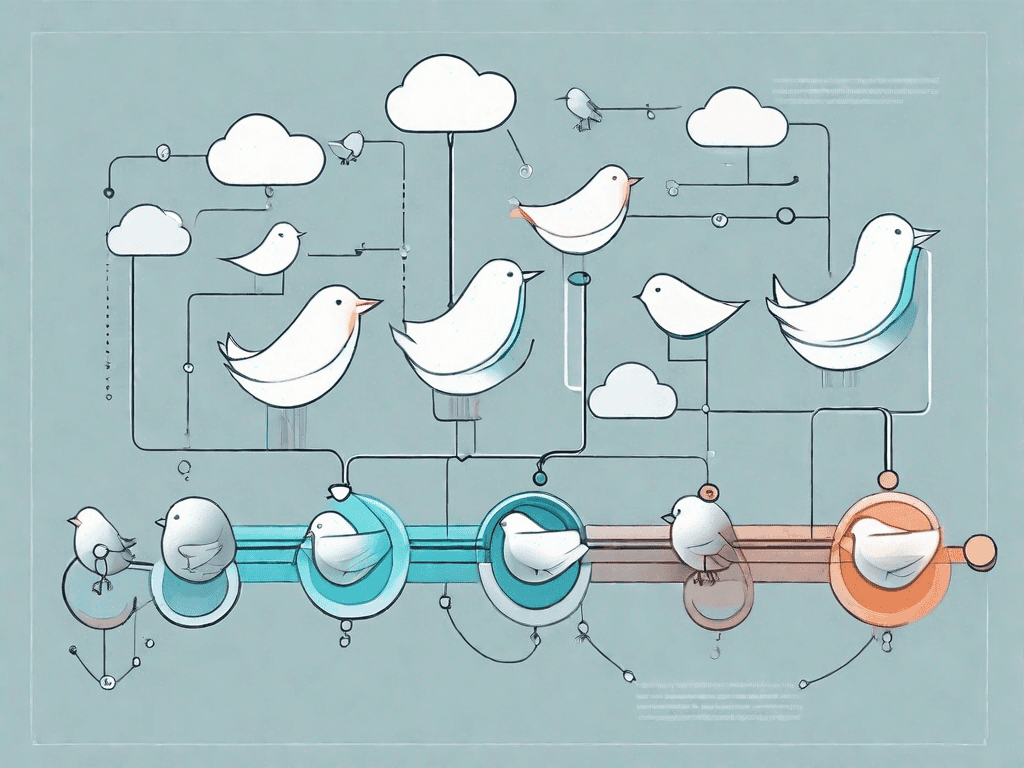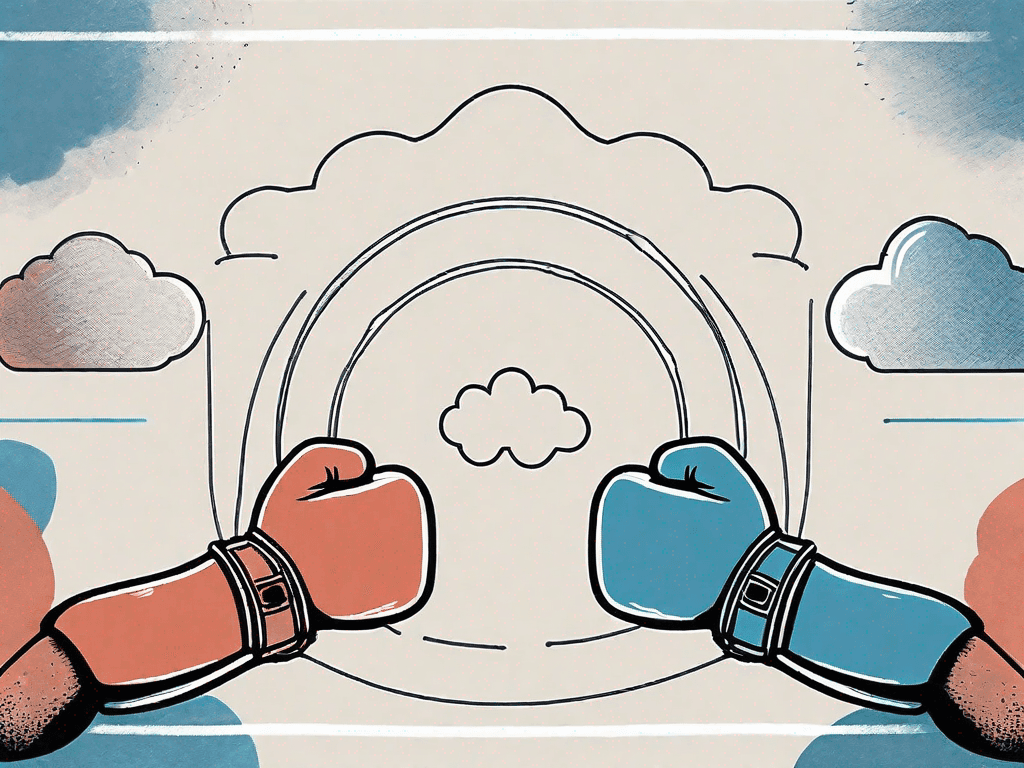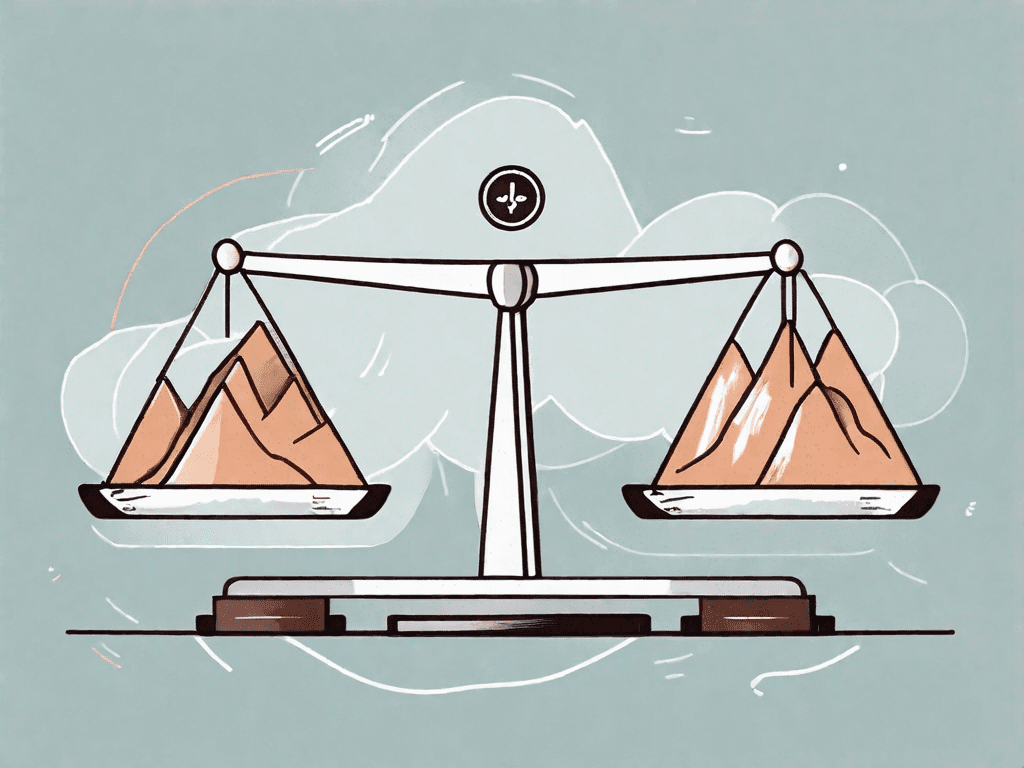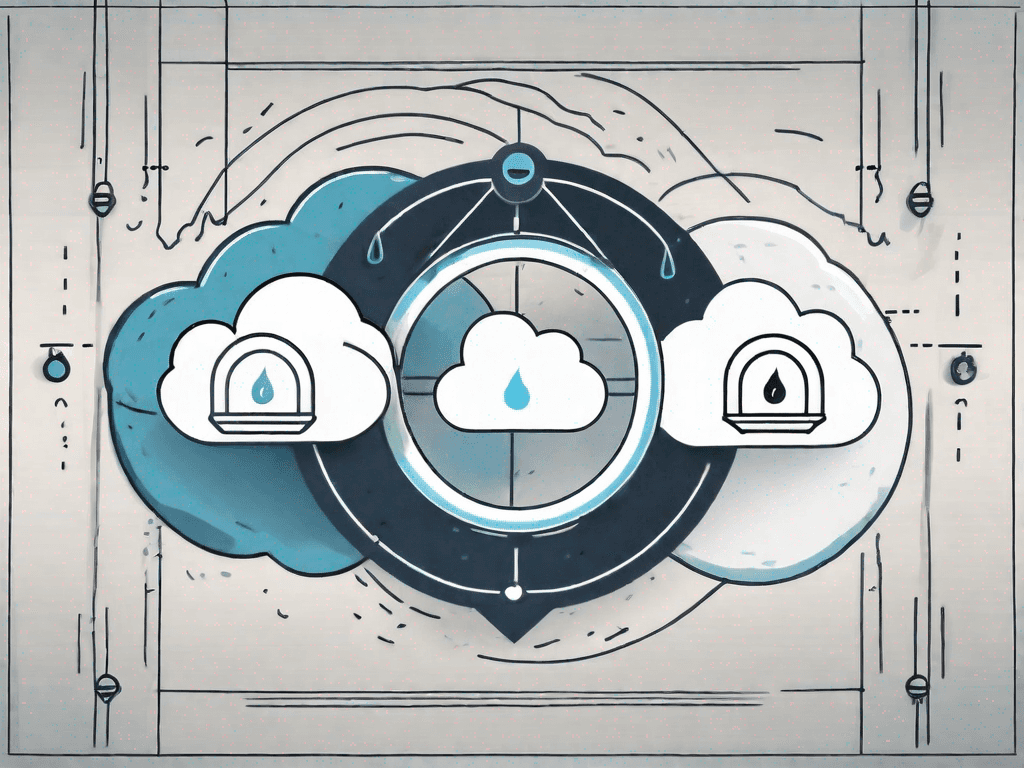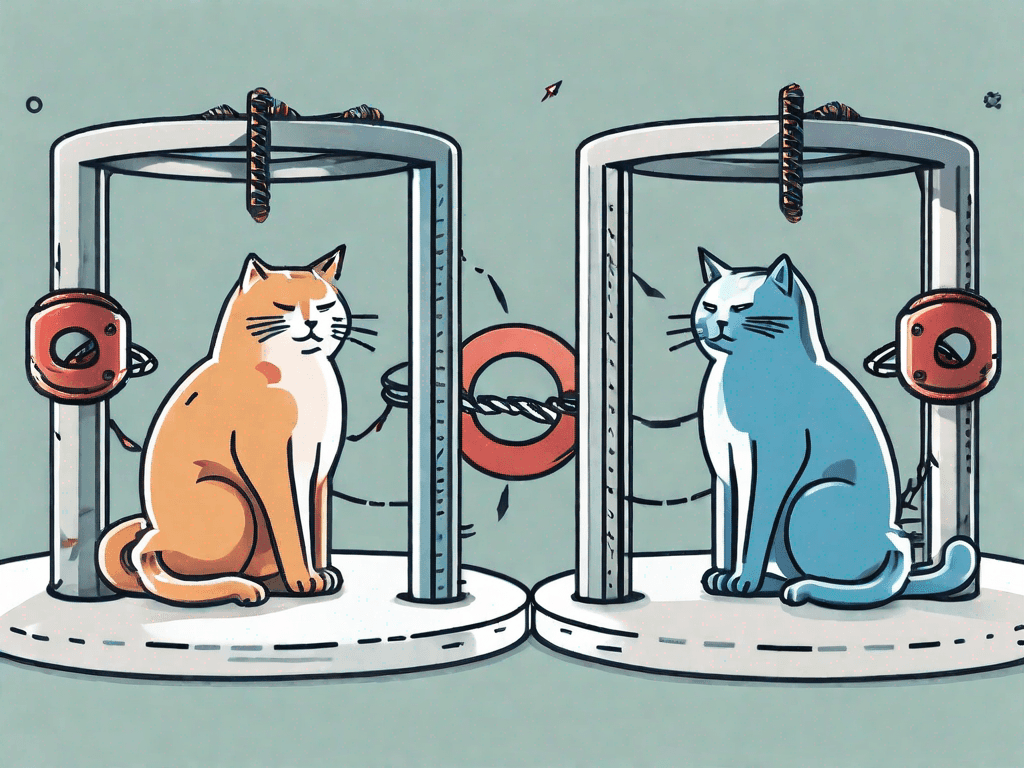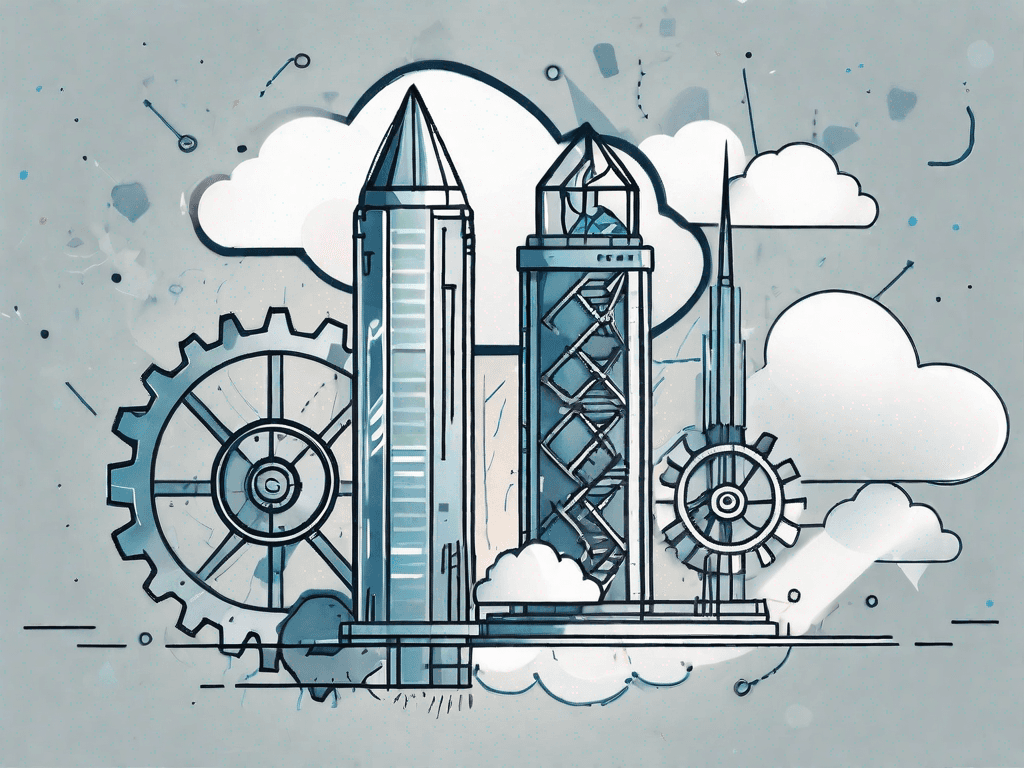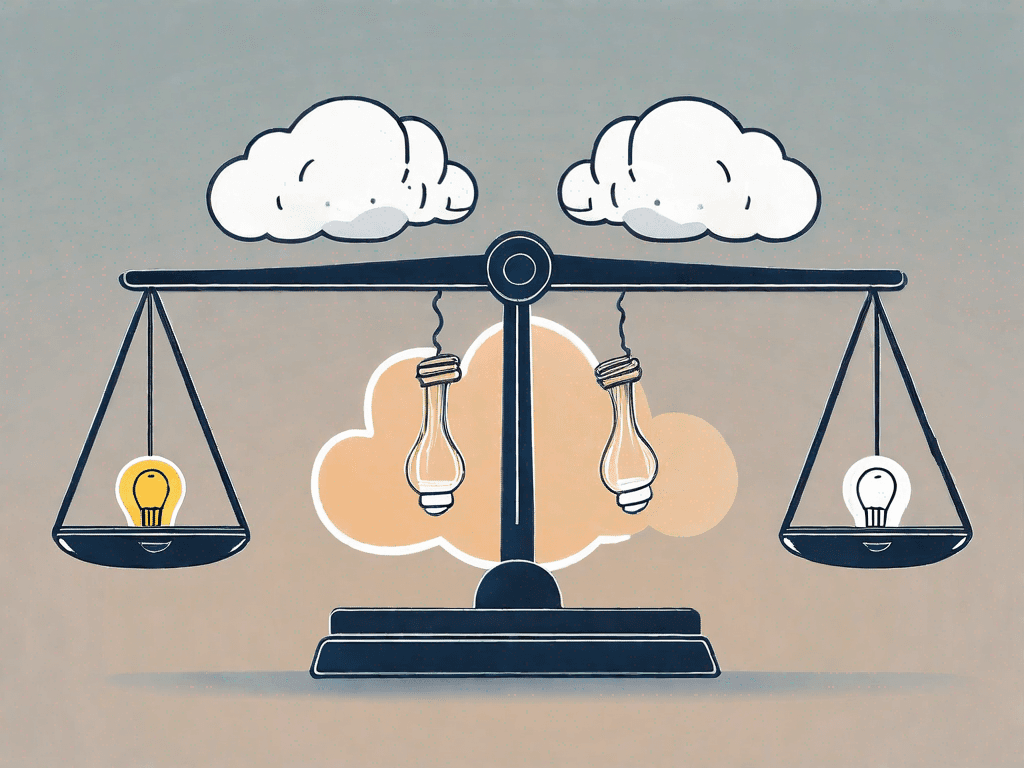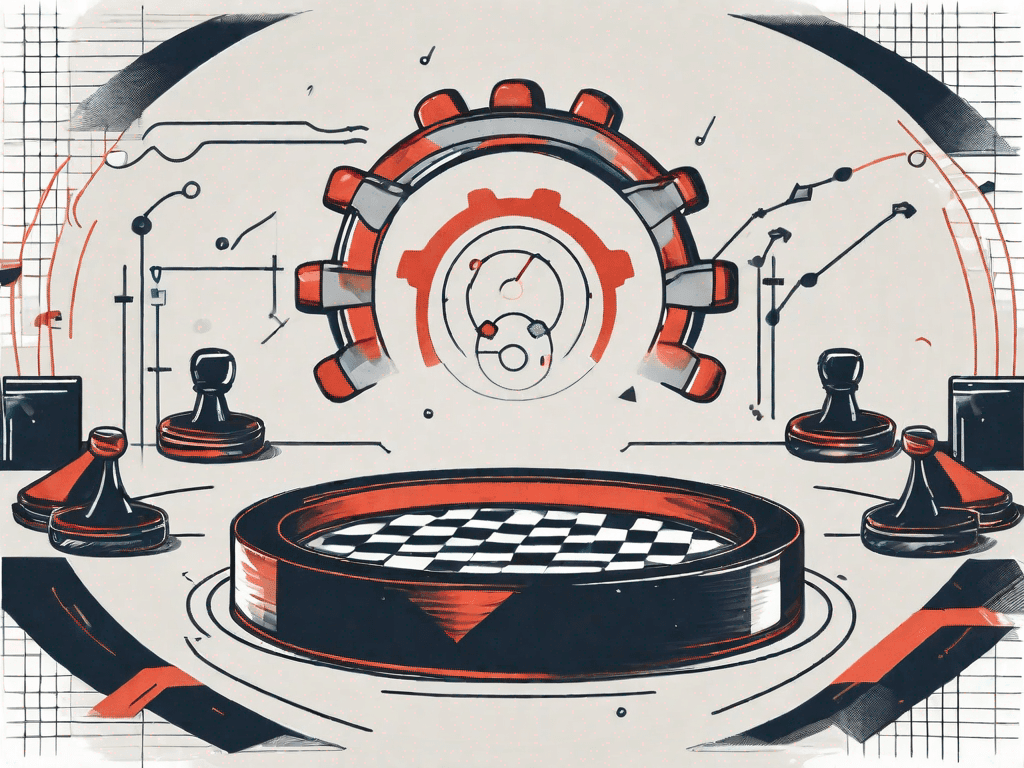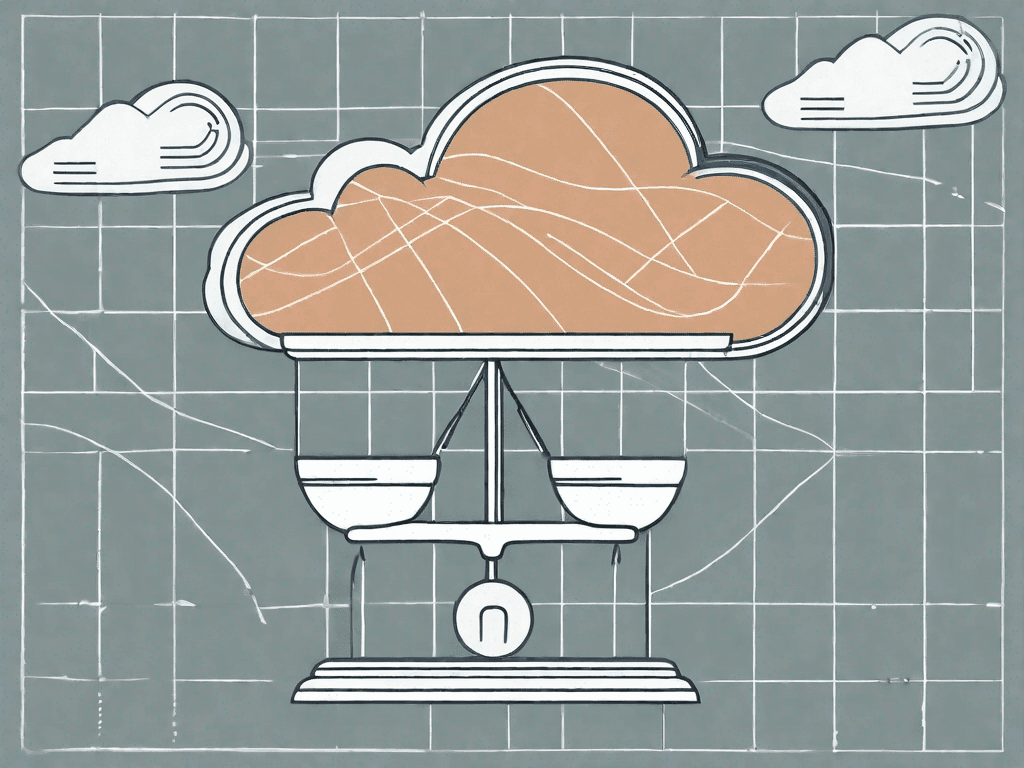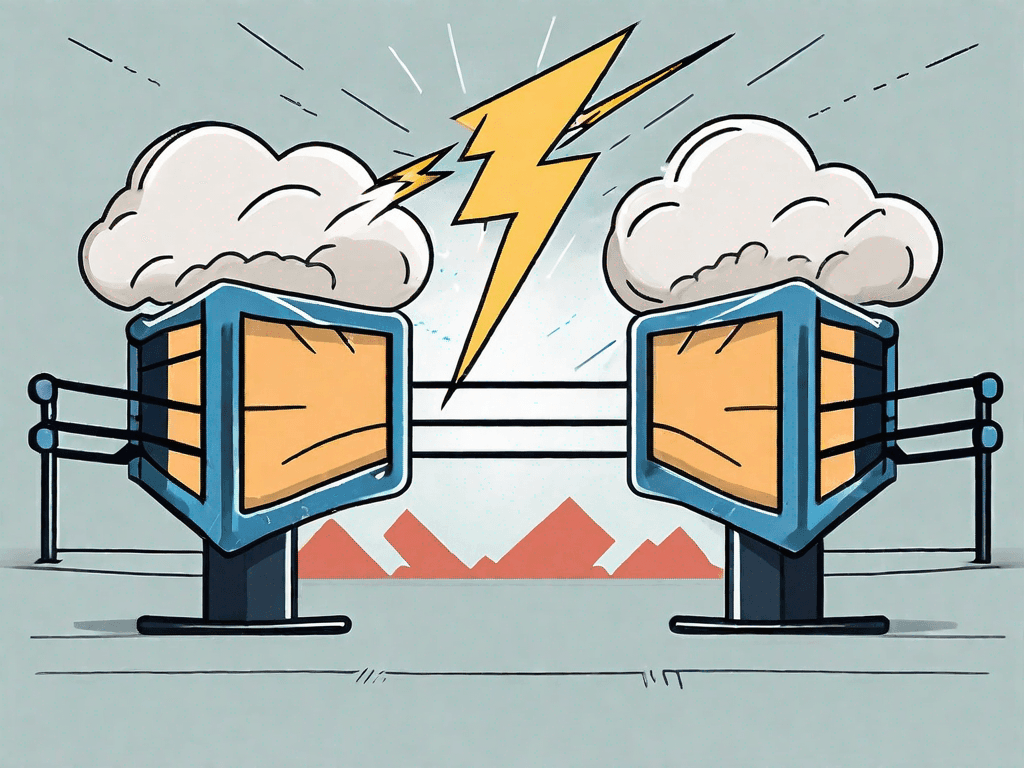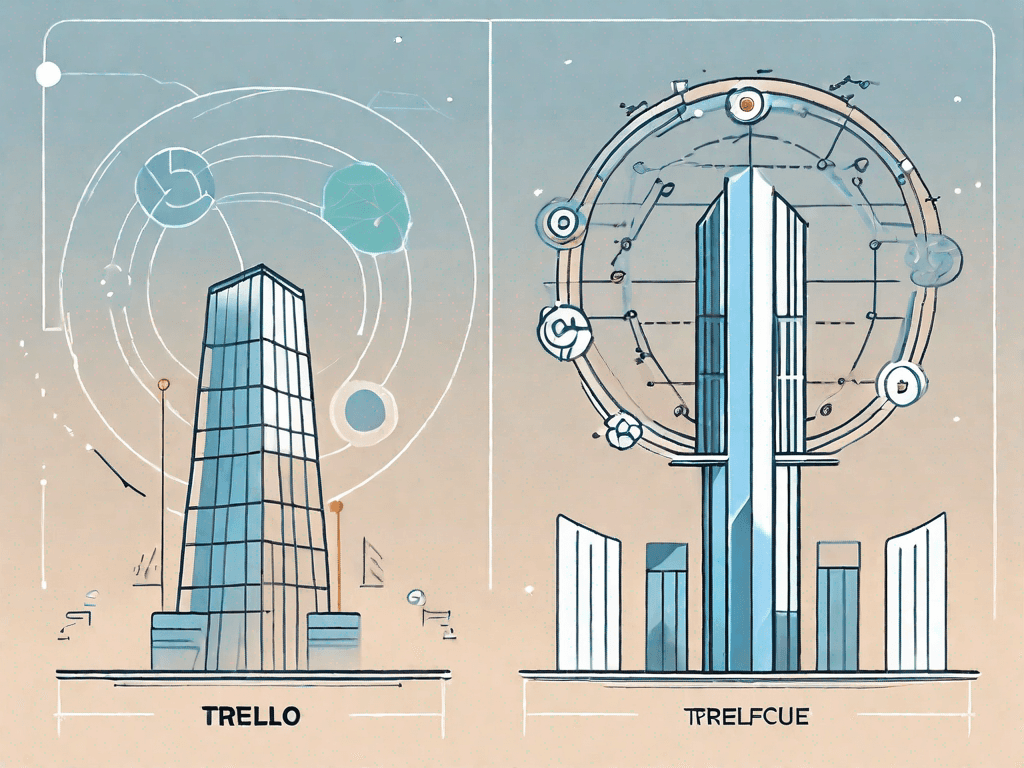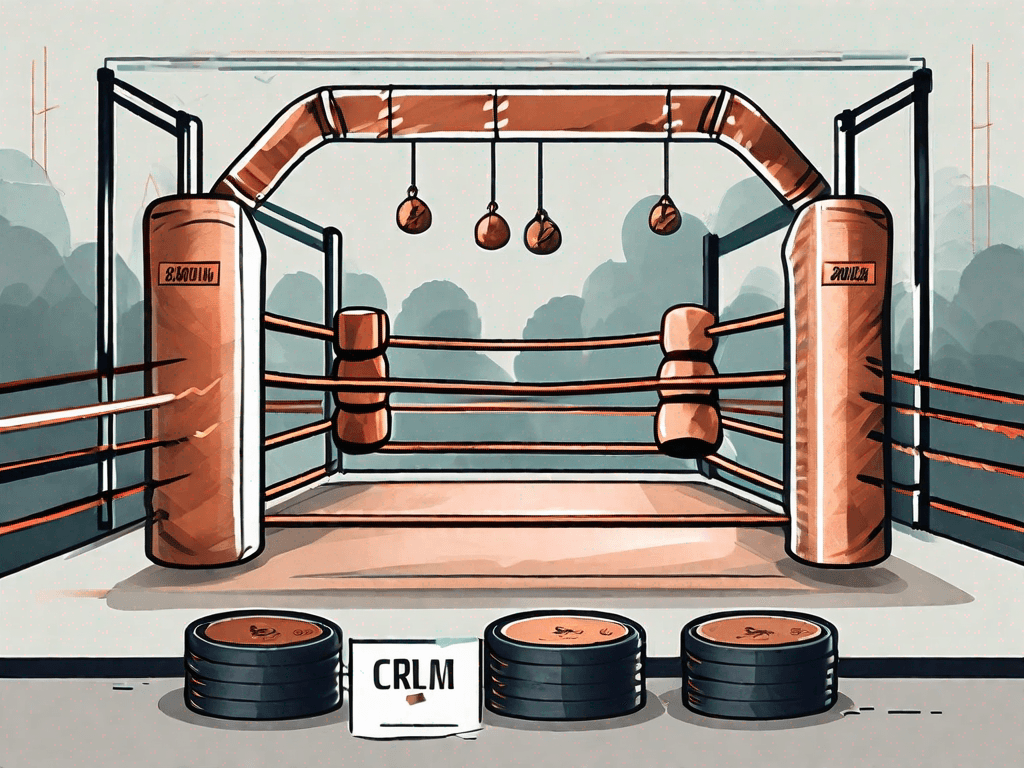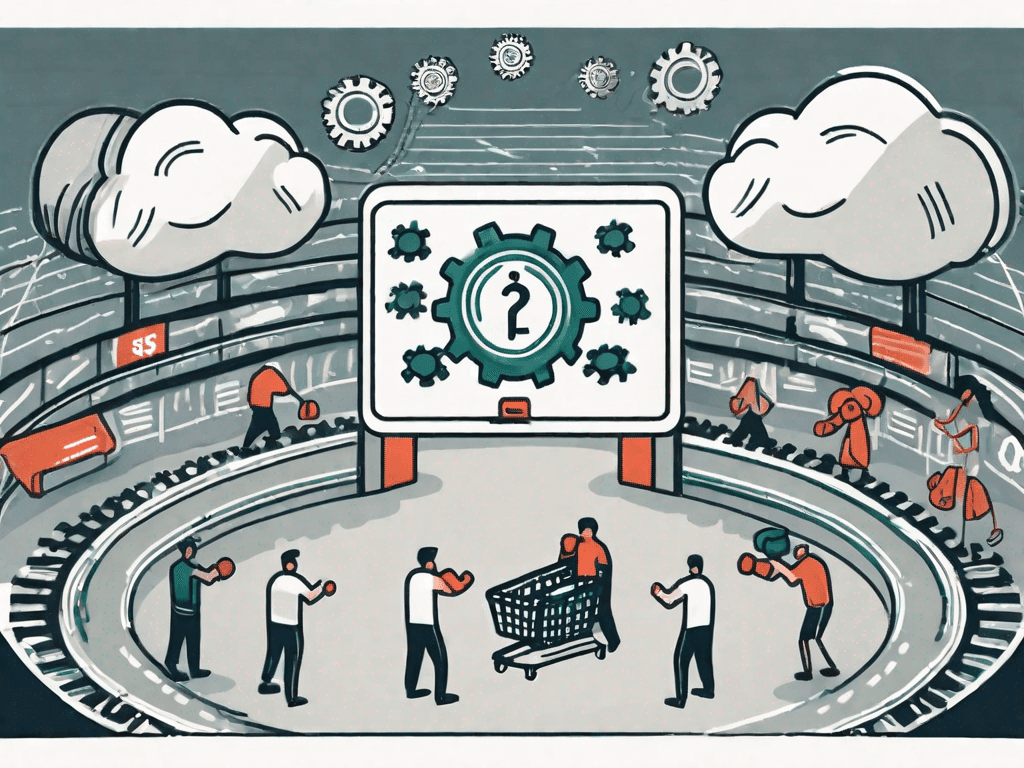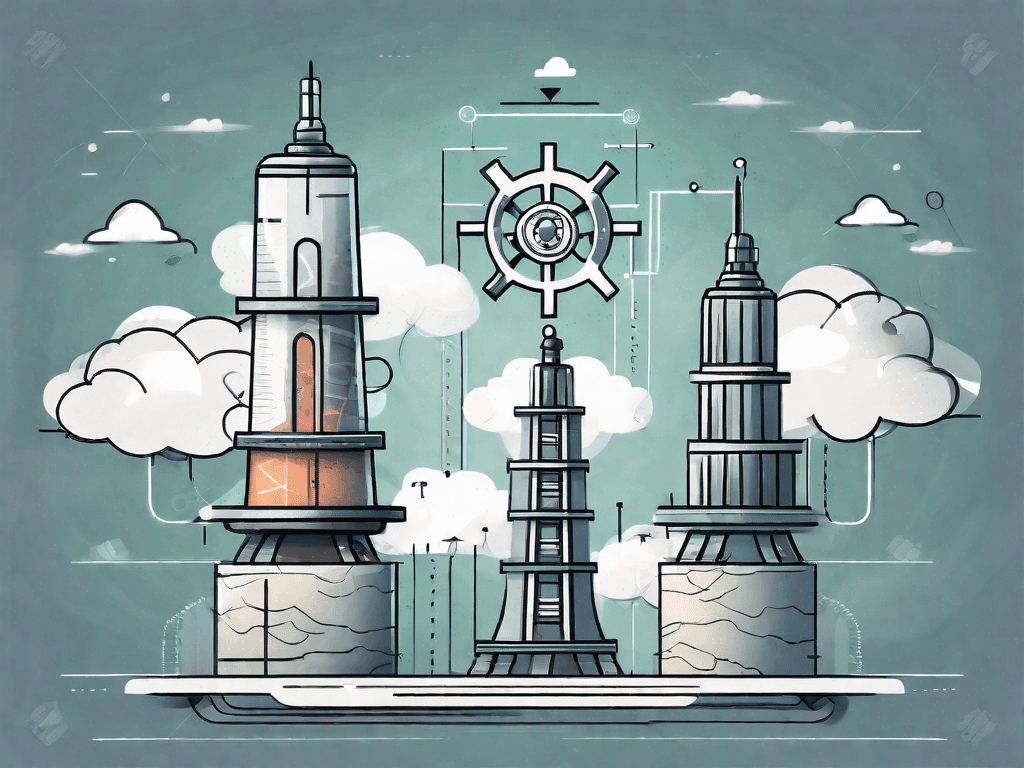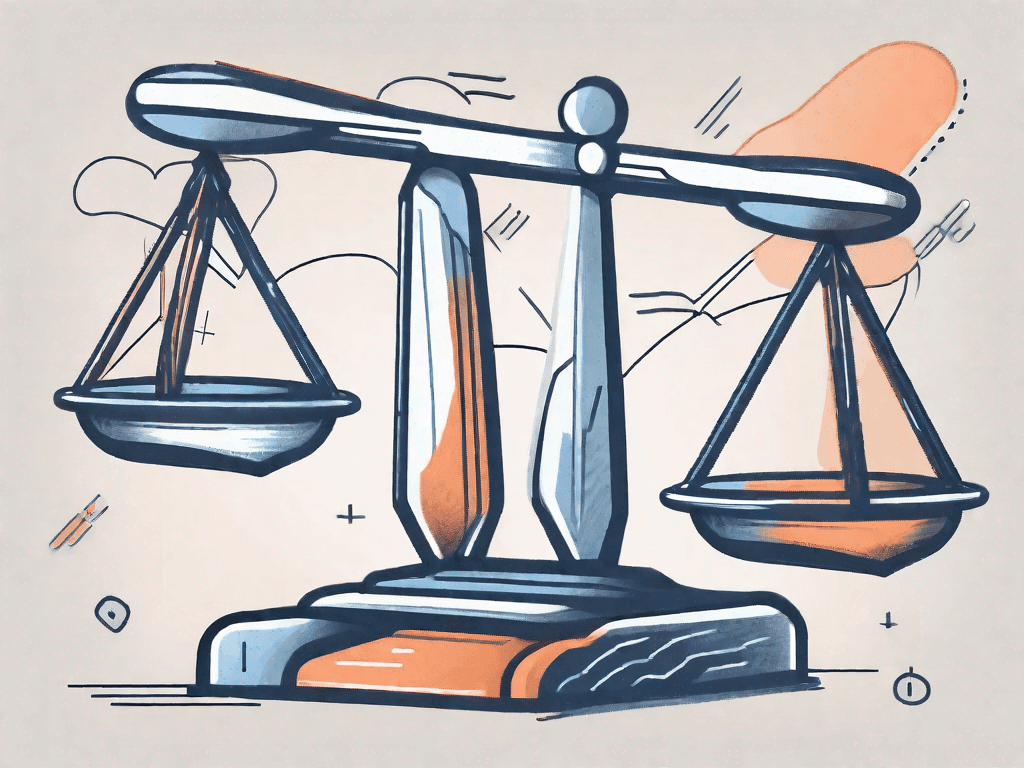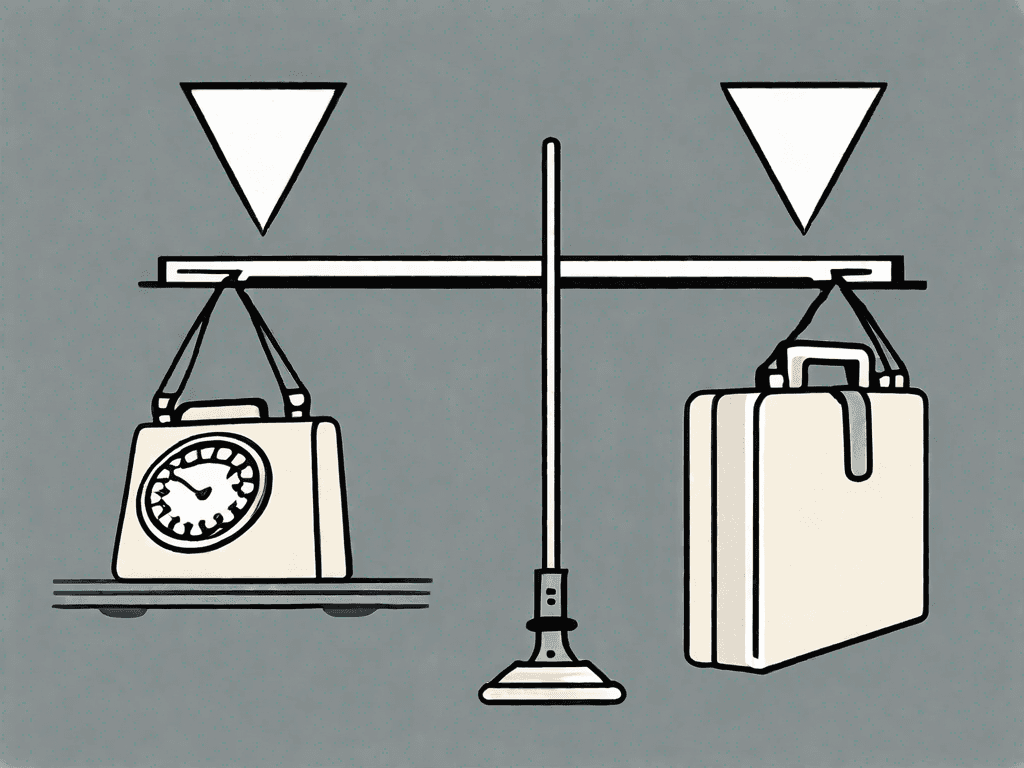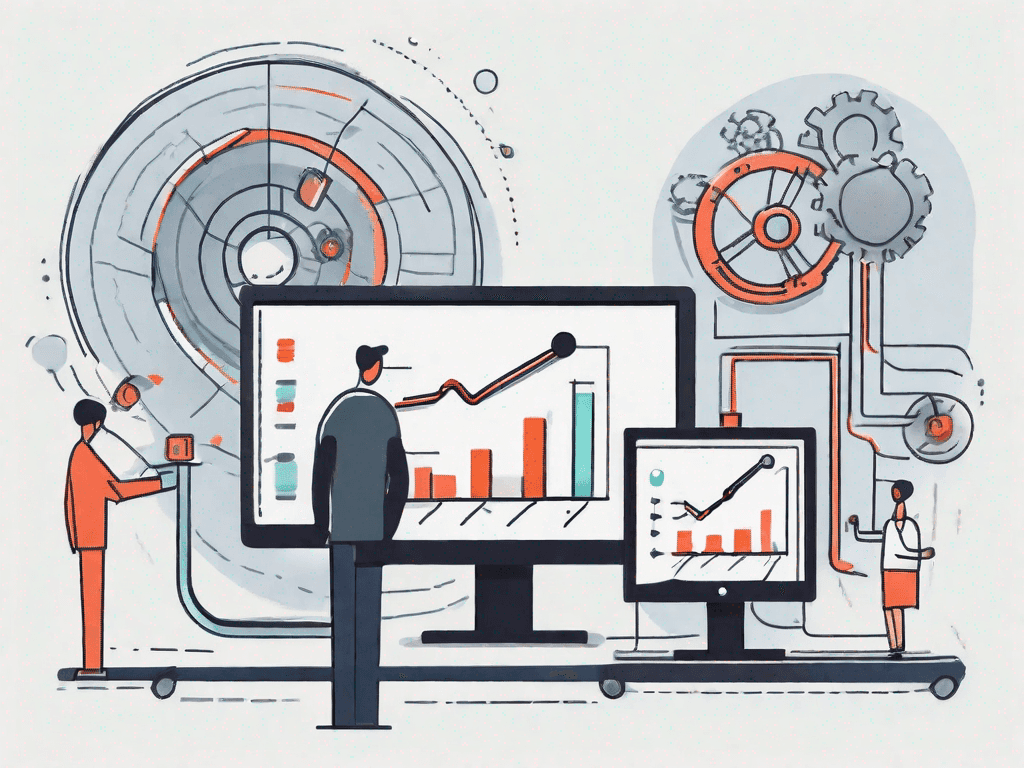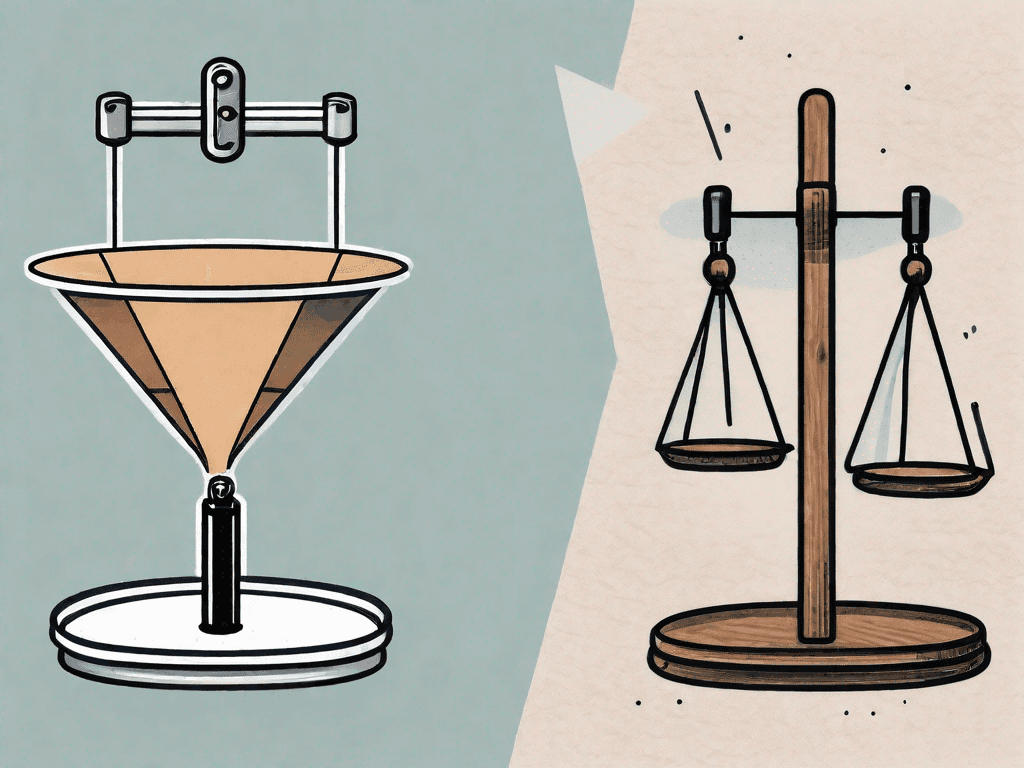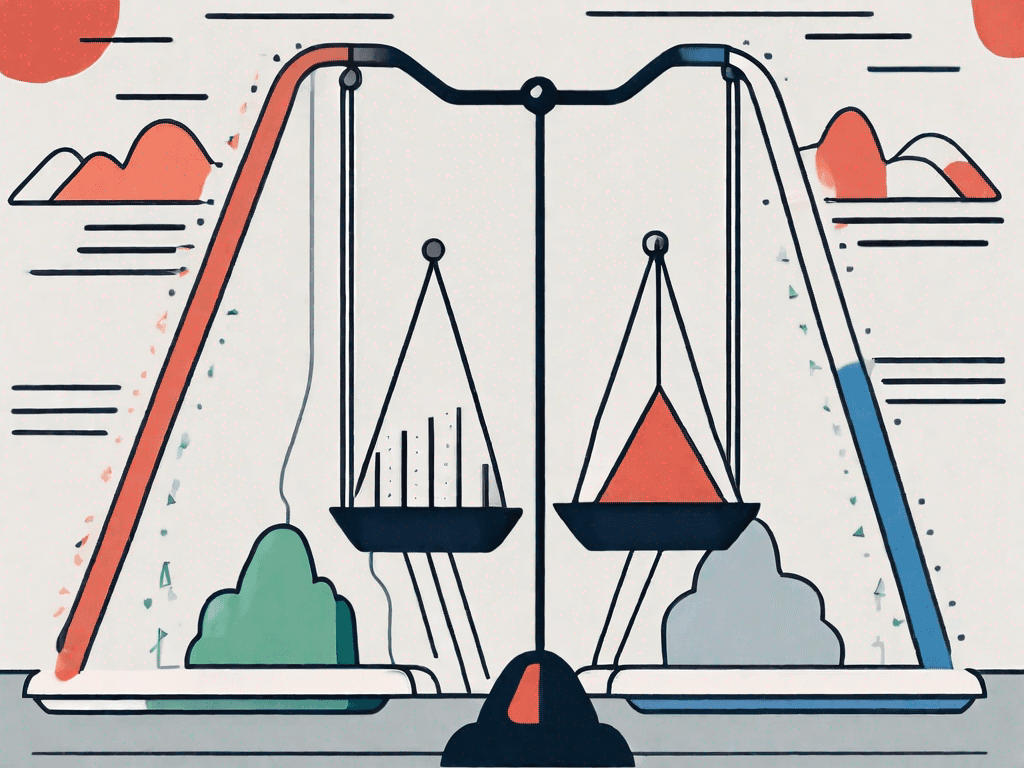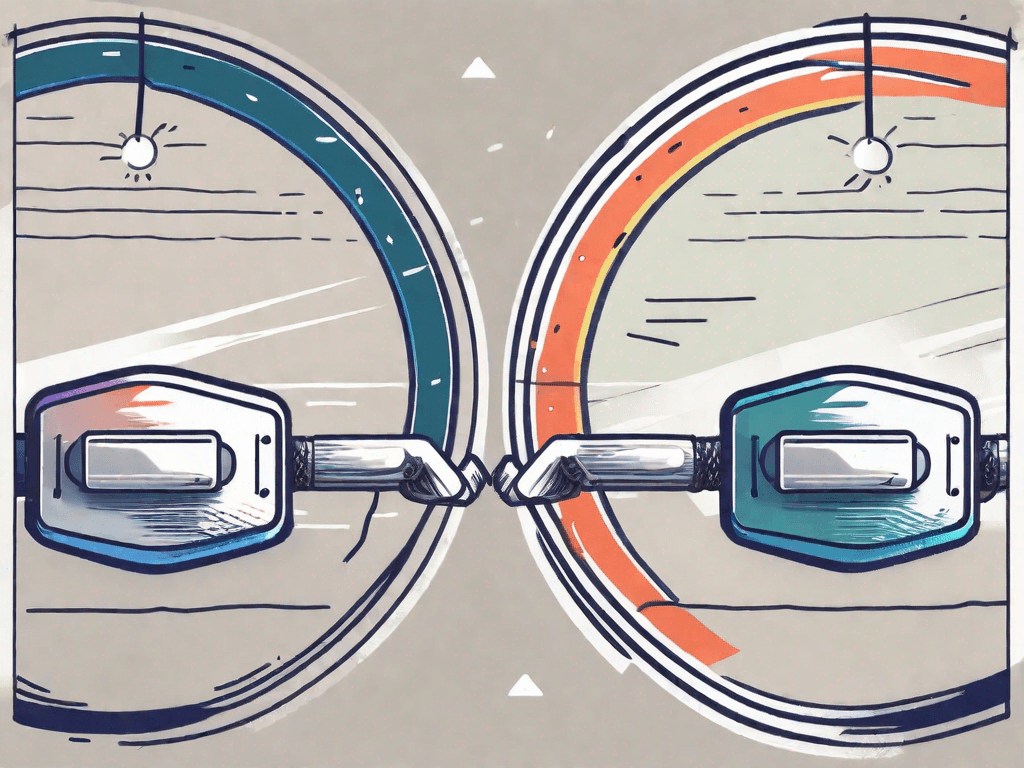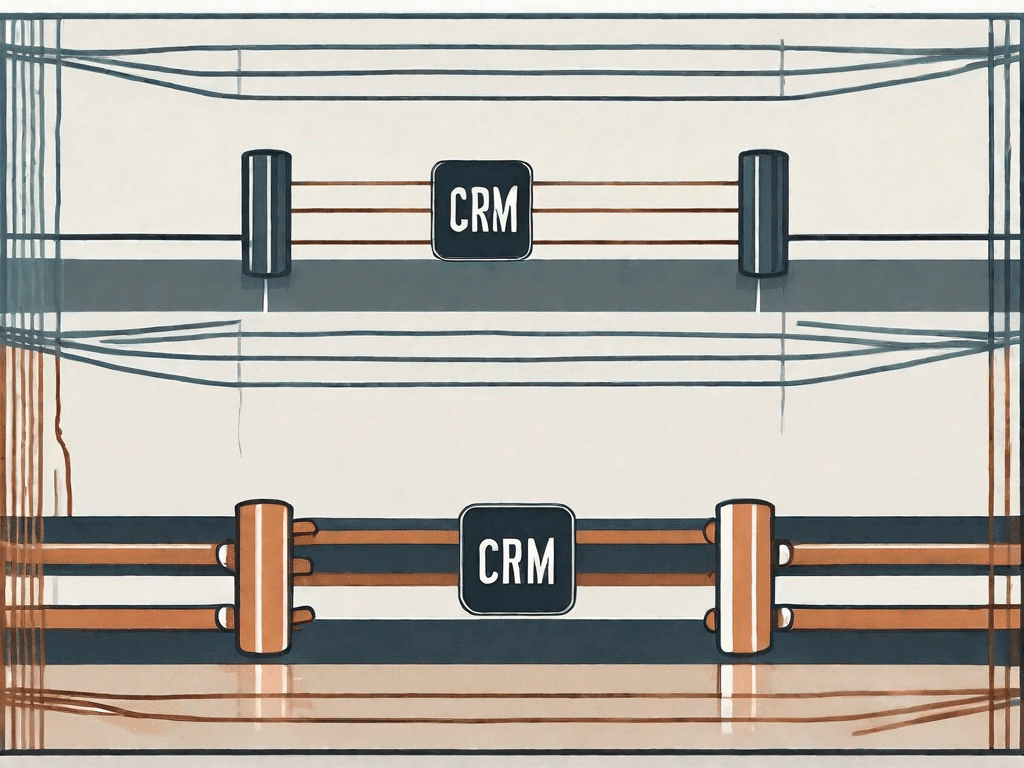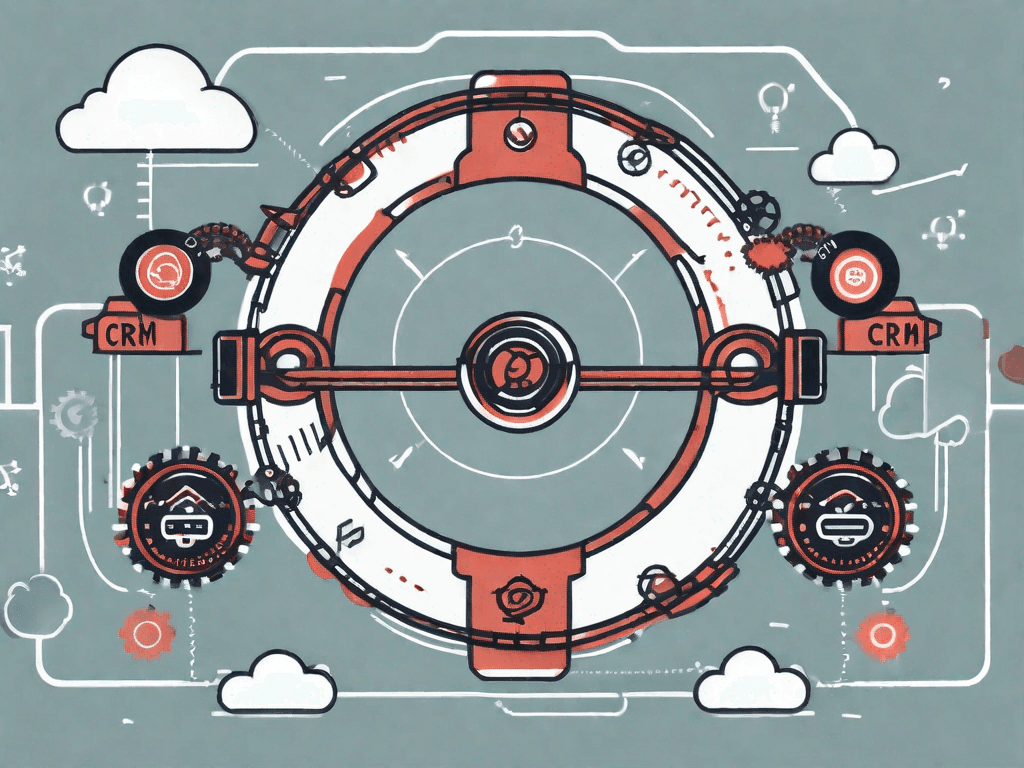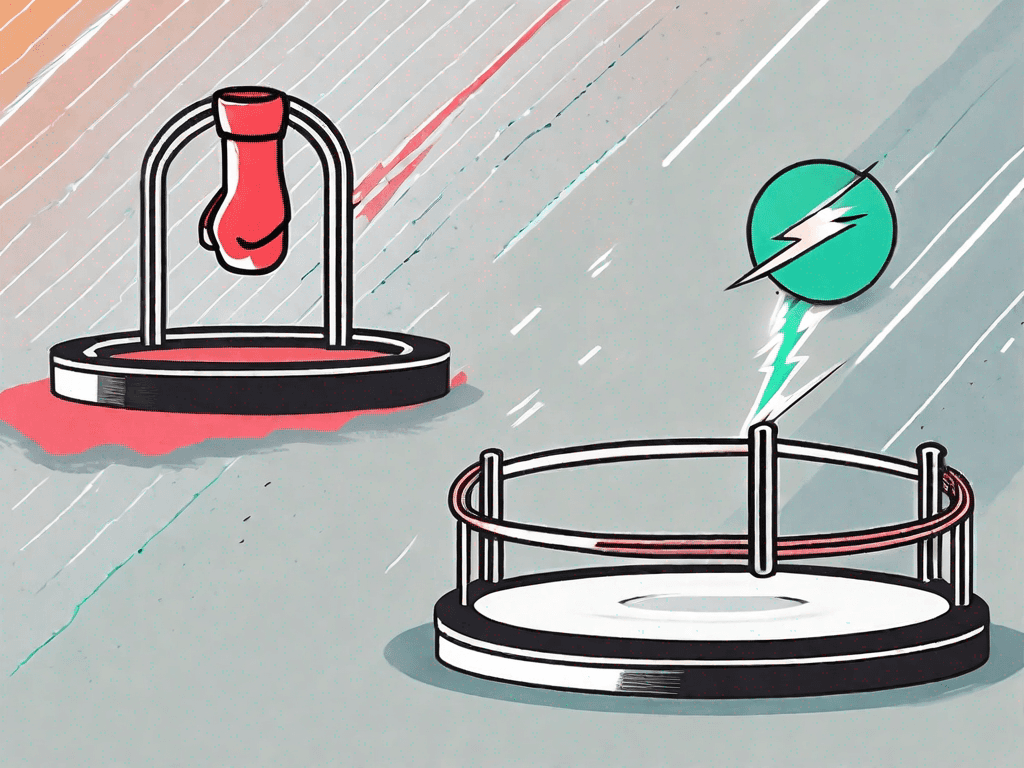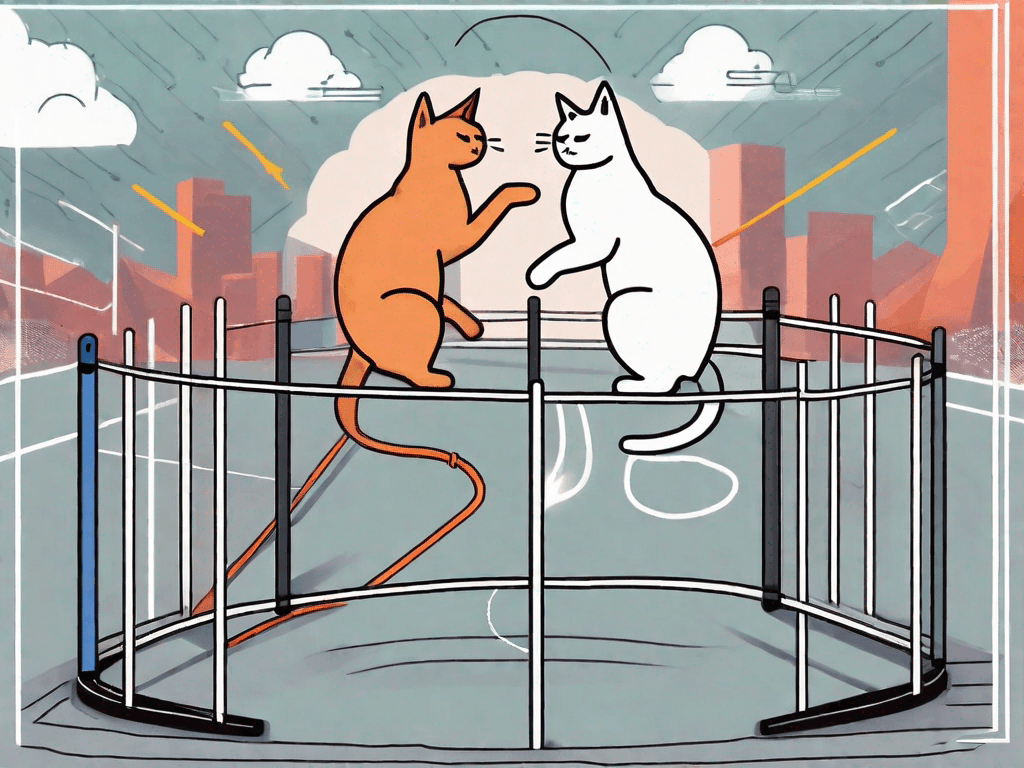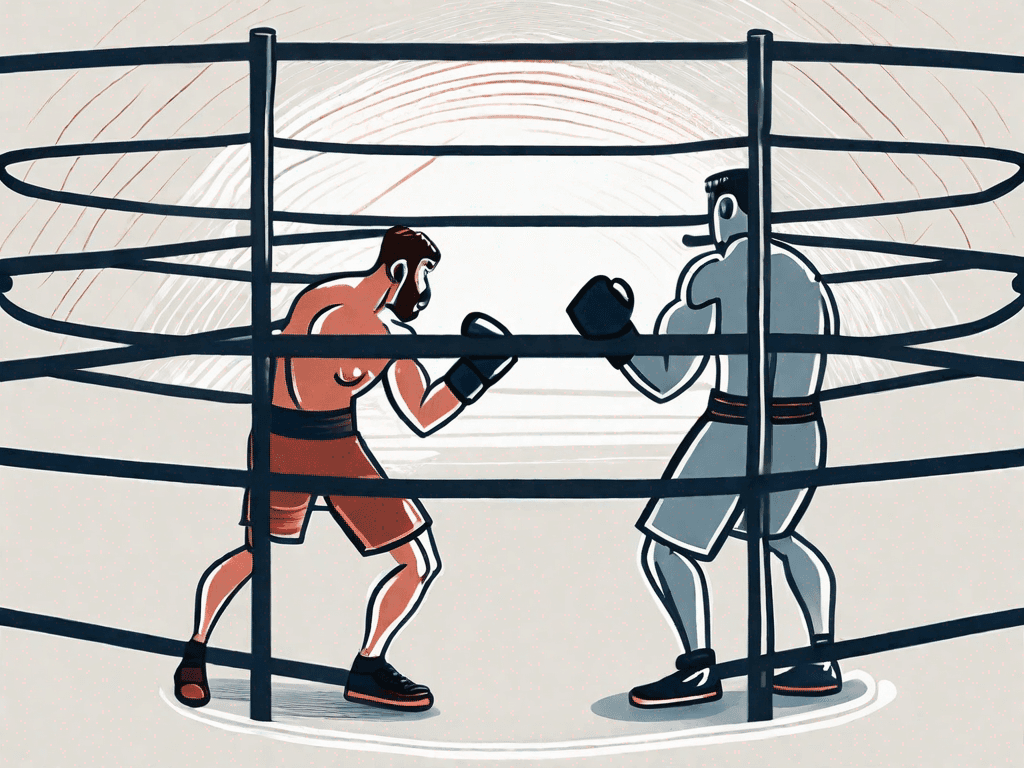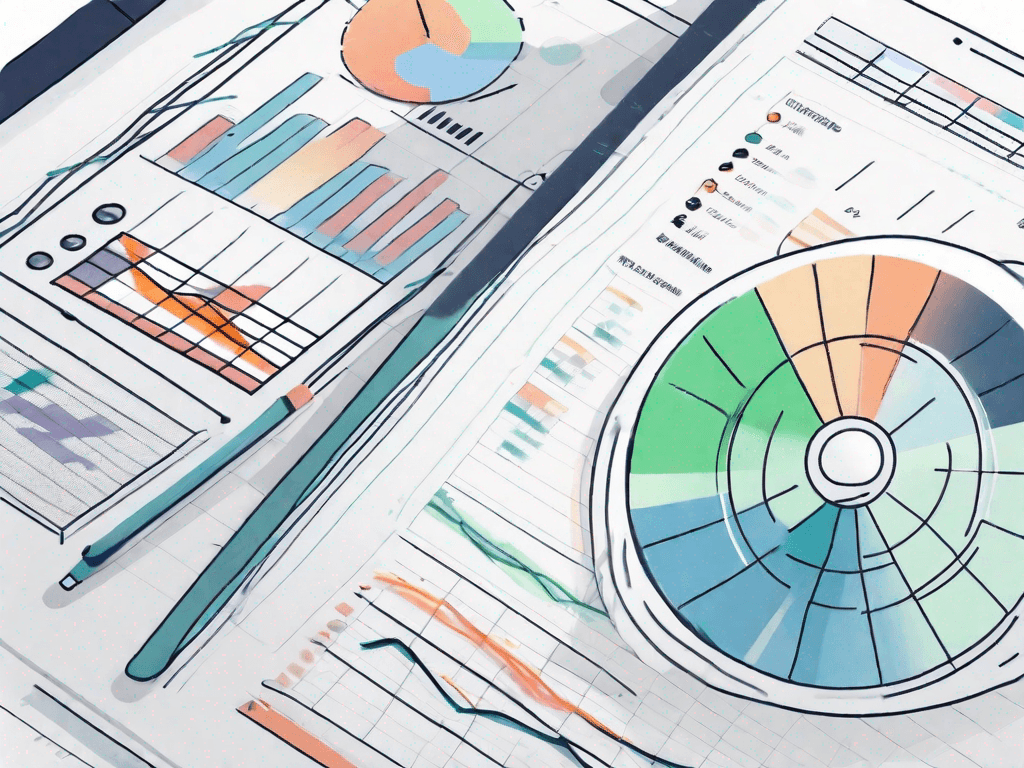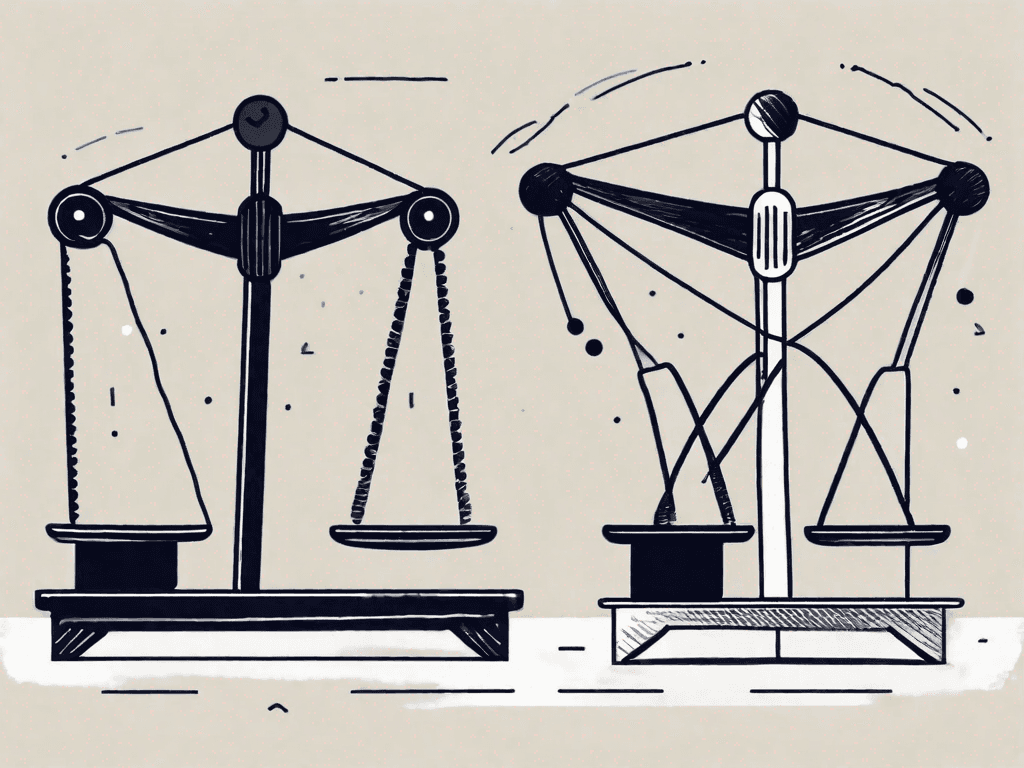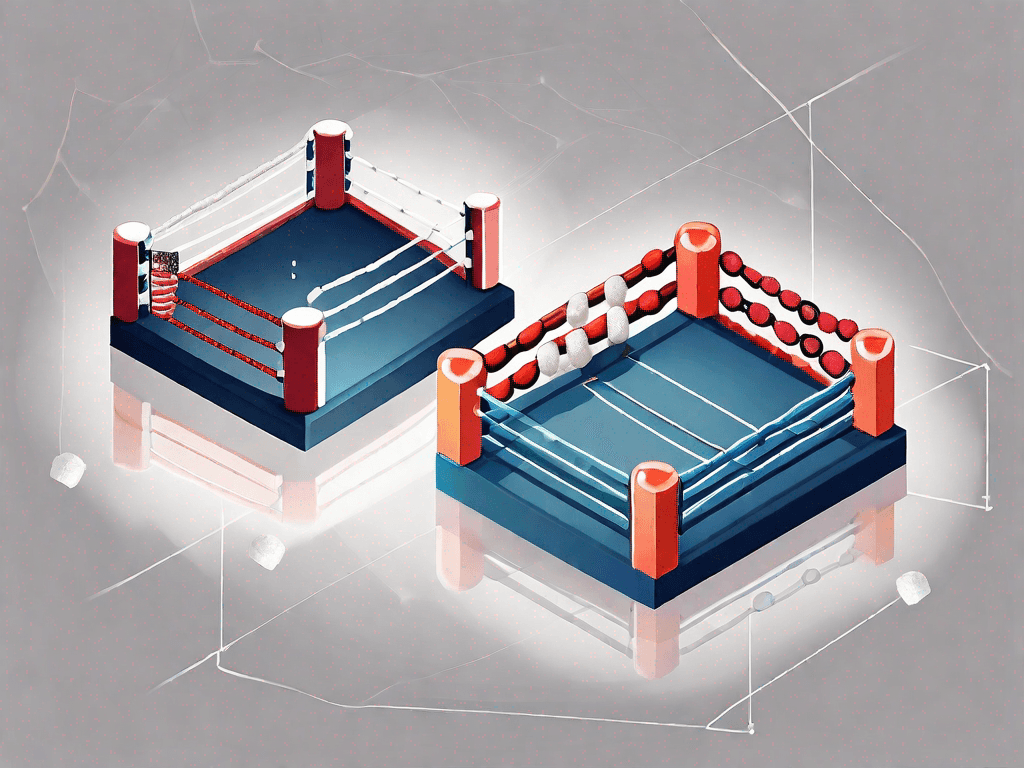
The Ideal Sales Pipeline Template for Solopreneurs
In today's competitive business landscape, solopreneurs need to have a well-defined sales pipeline in order to effectively manage and grow their business. With limited resources and time, it's crucial for solopreneurs to streamline their sales process and maximize their revenue potential. In this article, we will discuss the ideal sales pipeline template for solopreneurs and how it can benefit their business.
The 7 Sales Pipeline Stages Solopreneurs Should Have
A well-designed sales pipeline consists of multiple stages that guide prospects through the buying journey. For solopreneurs, these are the 7 essential sales pipeline stages:
Prospecting: This stage involves identifying and researching potential customers who fit your target audience.During the prospecting stage, solopreneurs employ various strategies to identify and research potential customers. This includes conducting market research to understand their target audience's demographics, preferences, and pain points. Solopreneurs may also use lead generation tools and techniques to gather contact information and create a database of potential leads. By thoroughly researching their target audience, solopreneurs can ensure that they are targeting the right individuals who are most likely to be interested in their products or services.
Initial Contact: Once you have identified potential leads, you make the initial connection, whether it's through email, phone, or networking events.After identifying potential leads, solopreneurs initiate the initial contact to establish a connection. This can be done through various means such as sending personalized emails, making phone calls, or attending networking events where they can meet potential customers face-to-face. The goal of the initial contact stage is to introduce themselves, build rapport, and create a positive first impression. Solopreneurs may use their unique selling proposition to differentiate themselves from competitors and capture the attention of potential customers.
Qualification: This is where you qualify the leads to determine if they have the potential to become paying customers.During the qualification stage, solopreneurs assess the potential leads to determine if they meet the criteria for becoming paying customers. This involves evaluating factors such as the lead's budget, authority, need, and timeline (BANT). Solopreneurs may use questionnaires, surveys, or direct conversations to gather information and qualify leads. By qualifying leads, solopreneurs can focus their efforts on those who are most likely to convert, saving time and resources.
Needs Analysis: During this stage, you gather information about the prospect's needs and pain points to understand how your product or service can help them.Once leads have been qualified, solopreneurs dive deeper into understanding their needs and pain points. This involves conducting thorough needs analysis to identify the specific challenges and problems that the prospect is facing. Solopreneurs may use techniques such as open-ended questions, active listening, and empathy to uncover the prospect's pain points and gain a comprehensive understanding of their situation. By understanding the prospect's needs, solopreneurs can tailor their solutions to address those specific pain points effectively.
Proposal: Once you have a clear understanding of the prospect's needs, you create a personalized proposal that outlines your solution and pricing.After gathering all the necessary information about the prospect's needs, solopreneurs create a personalized proposal that outlines their solution and pricing. The proposal includes a detailed description of how their product or service can meet the prospect's needs, along with the benefits and value it provides. Solopreneurs may also include case studies, testimonials, or samples to demonstrate the effectiveness of their solution. The pricing section of the proposal clearly states the cost and any additional terms or conditions. By presenting a well-crafted proposal, solopreneurs aim to convince the prospect that their solution is the best fit for their needs.
Negotiation: This stage involves negotiating and discussing the terms of the deal with the prospect.During the negotiation stage, solopreneurs engage in discussions with the prospect to finalize the terms of the deal. This includes negotiating the price, delivery timeline, payment terms, and any other relevant factors. Solopreneurs may need to address any concerns or objections raised by the prospect and find mutually beneficial solutions. Effective negotiation skills, such as active listening, problem-solving, and compromise, are crucial during this stage to reach a favorable agreement for both parties.
Closing: The final stage is where the prospect becomes a customer by signing the contract or making the purchase.The closing stage marks the successful conversion of a prospect into a paying customer. Solopreneurs finalize the deal by obtaining the prospect's agreement, whether it's through signing a contract, making a purchase, or committing to a long-term partnership. This stage requires effective communication, attention to detail, and a smooth transition from the negotiation stage. By ensuring a seamless closing process, solopreneurs can solidify the customer relationship and set the foundation for future business opportunities.
Example of the Customer Journey in a Sales Pipeline for Solopreneurs Step-by-Step
Let's take a closer look at how a customer journey unfolds in a sales pipeline for solopreneurs:
1. Prospecting
At this stage, solopreneurs identify potential customers through various channels such as social media, online communities, referrals, or lead generation tools. It's important to focus on quality leads that align with your target market.
2. Initial Contact
Once you have identified potential leads, you reach out to them and make the initial contact. This can be through personalized emails, phone calls, or attending industry events. The goal is to start building a relationship and establish a connection.
3. Qualification
In this stage, you evaluate the leads and determine if they meet your ideal customer criteria. This involves assessing their needs, budget, and timeline. By qualifying leads, you ensure that you are investing your time and resources in prospects with a high likelihood of converting.
4. Needs Analysis
During this stage, you delve deeper into the prospect's pain points and objectives. By understanding their needs, you can tailor your solution to address their specific challenges and showcase the value you bring.
5. Proposal
Once you have gathered all the necessary information, you create a compelling proposal that outlines your solution, pricing, and any additional services or benefits. A well-crafted proposal demonstrates your expertise and helps the prospect visualize how your product or service can meet their needs.
6. Negotiation
At this stage, you engage in discussions with the prospect regarding the terms of the deal. This may involve negotiating pricing, contract terms, or additional services. Effective negotiation skills are crucial to ensure a win-win outcome for both parties.
7. Closing
The final stage is where the prospect makes a decision to move forward and become a paying customer. This involves signing the contract, making the purchase, or committing to your services. Celebrate this milestone and ensure a smooth onboarding process for the new customer.
Why Solopreneurs need this Sales Pipeline Template?
Implementing an effective sales pipeline template can have numerous benefits for solopreneurs:
3.1 - You'll save time managing your business as a solopreneur.
By having a defined sales pipeline, you can streamline and automate your sales process. This saves you time by having an organized system for managing your leads and prospects. You can focus on high-priority tasks and allocate your resources efficiently.
3.2 - You'll grow revenues faster by pursuing entrepreneurial endeavors.
A well-structured sales pipeline enables you to consistently pursue and convert leads into customers. With a clear understanding of each stage's objectives, you can identify bottlenecks and optimize your sales process. This results in higher conversion rates and accelerated revenue growth for your solopreneurial ventures.
In conclusion, having an ideal sales pipeline template is essential for solopreneurs who want to optimize their sales process and grow their business. By implementing the 7 sales pipeline stages discussed and leveraging the benefits it offers, solopreneurs can achieve better productivity and maximize their revenue potential. So, start implementing your sales pipeline today and watch your solopreneurial journey take off!



